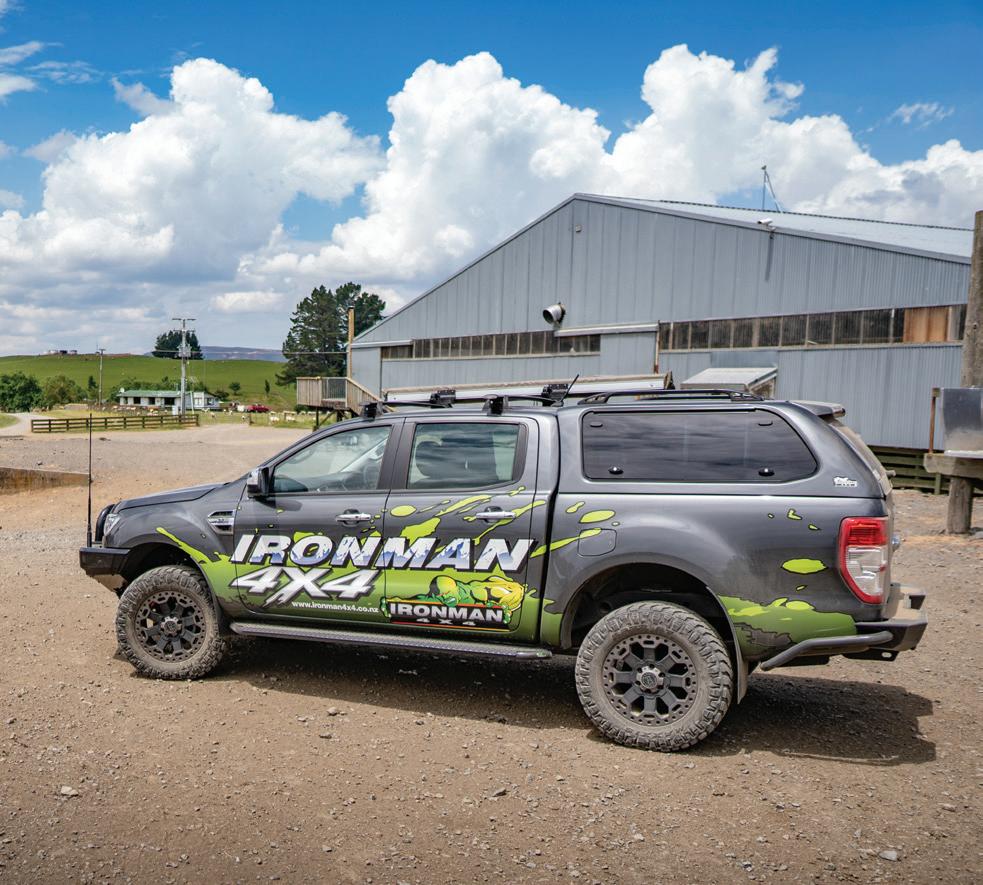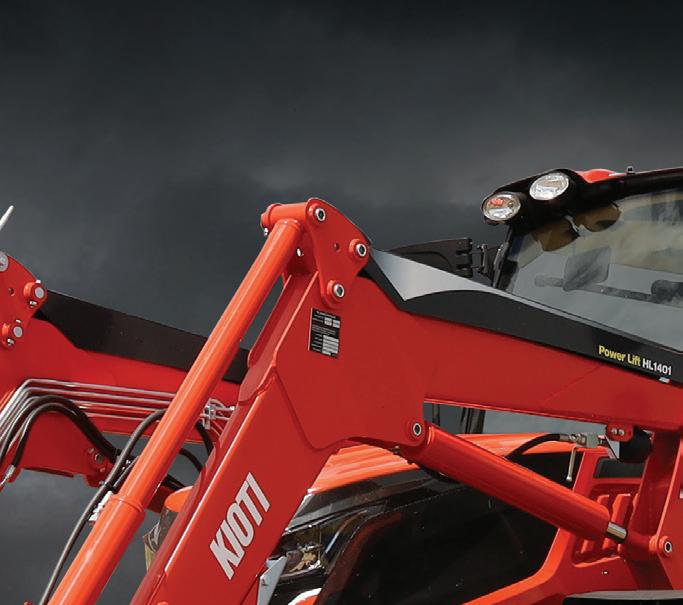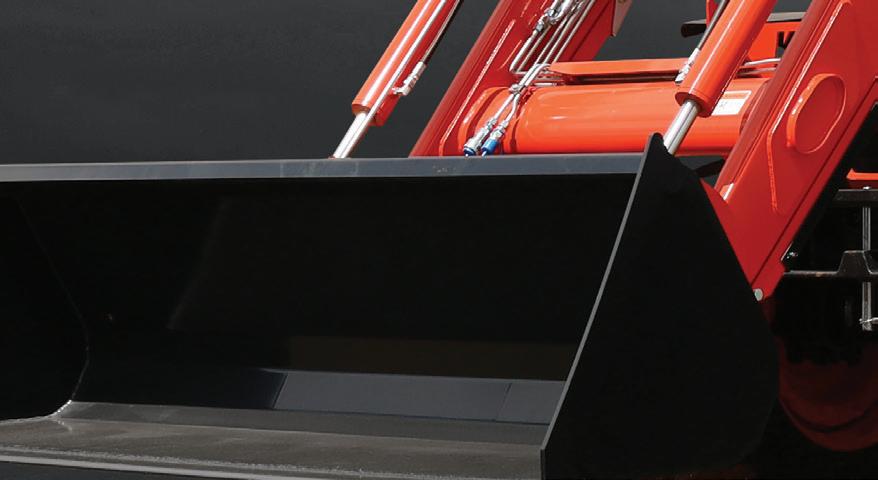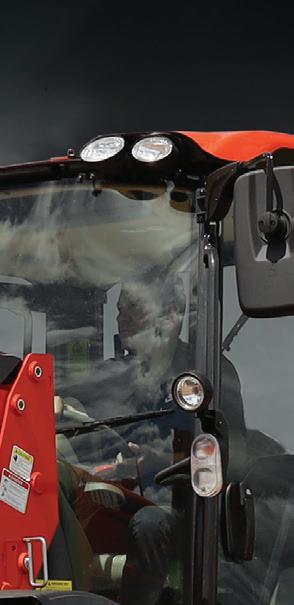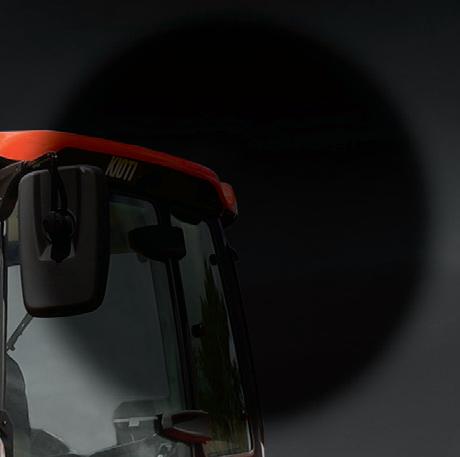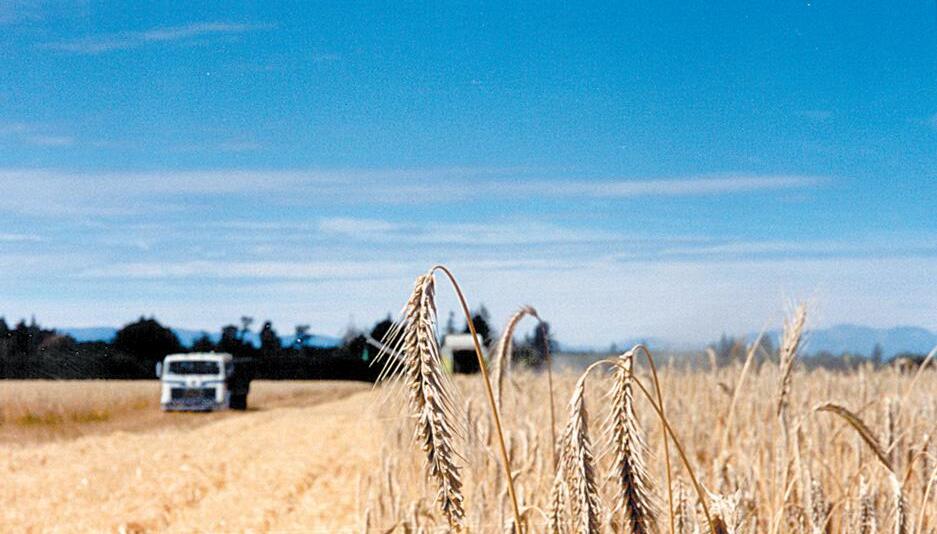

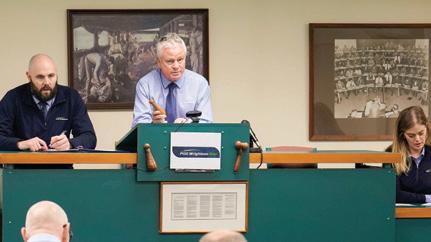
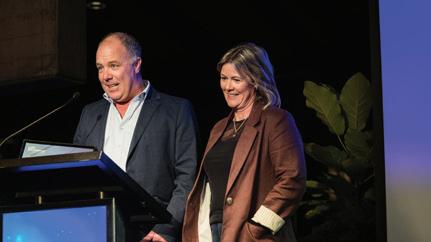
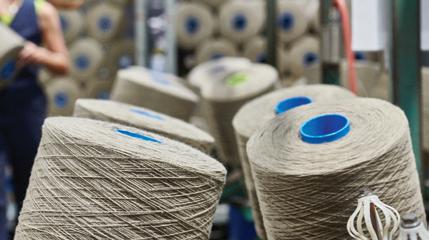
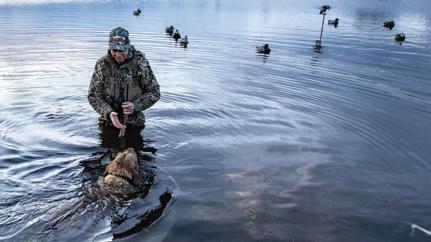












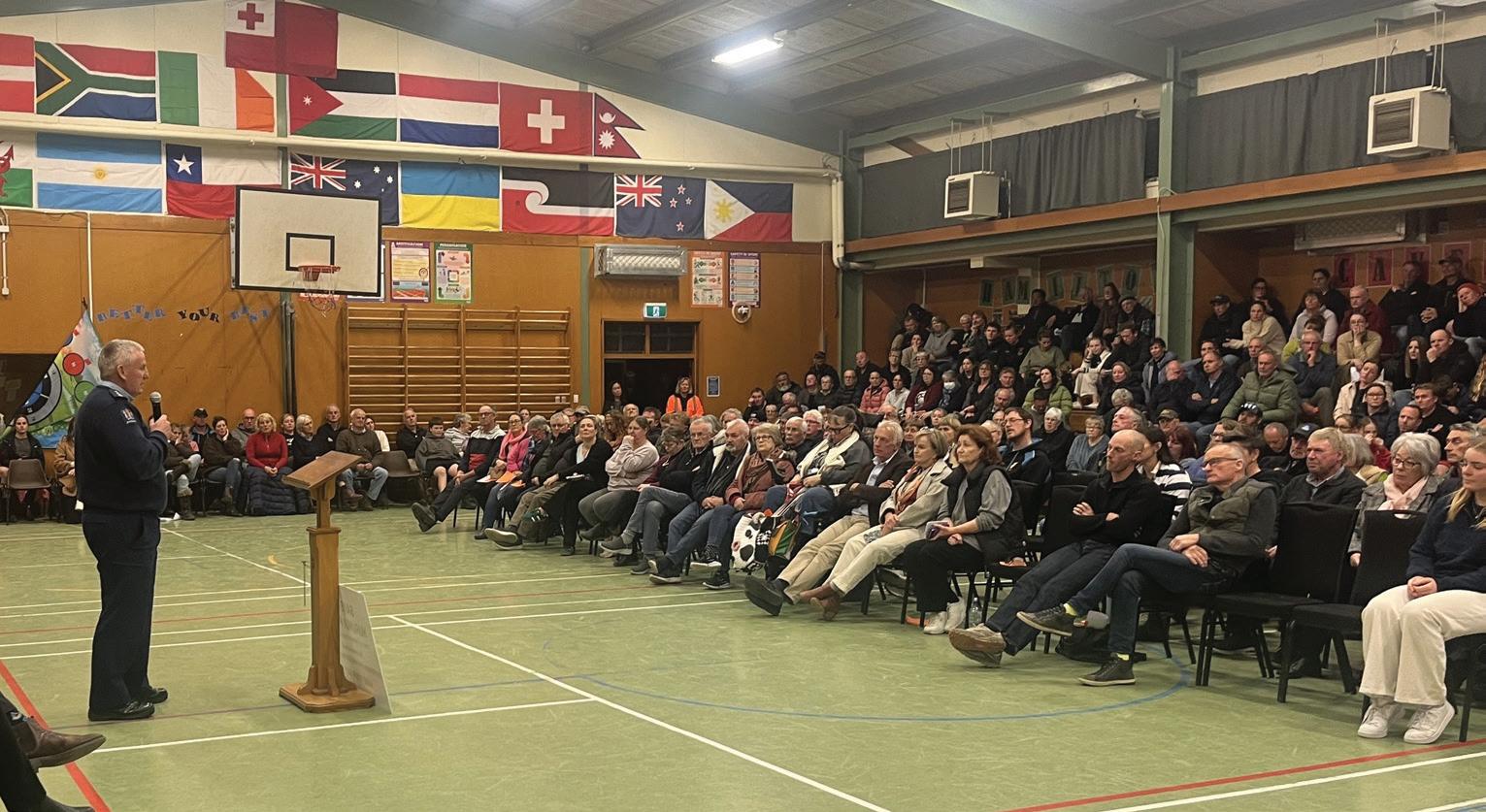




















Federated Farmers North Canterbury president Bex Green says NZ Police should have heard loud and clear at two public meetings in Canterbury that rural families and businesses are deeply concerned about proposed staffing changes.
Green said the turnout of more than 500 people at the Culverden meeting alone should ring alarm bells for Canterbury Police District Commander Tony Hill.
Superintendent Hill told the meeting one of the reasons behind the proposal to reduce staff at a number of rural stations, and close the Arthur’s Pass station, was the relatively low level of crime reported from those areas.
“That’s where we’re misaligned on this,” Green said.
“It was very clear from audience comments that it’s all the preventative, behindthe-scenes work done by the officers who live and work in our communities that heads off so much offending.
“That sort of work isn’t always logged, but it’s extremely effective,” she said.
“Our local police officers know every single detail about our community; they know the people, who their children are, who to

contact if there’s something amiss.”
Green said police offered assurances over new rural liaison officer roles and roading officers, and that the Rangiora police hub is not that far away.
“But those officers won’t know all that crucial work that our local officers do.
“The rural people who spoke up last night with such passion made it very clear how vital they think that local police presence is for them.”















Everyone who owns or rents a property whether rural or urban may experience unwanted intrusions from time to time from someone who is up to no good or from others who mean no harm but have no valid reason to be there.
] Ronald W Angland & Son
This gives rise to the question of how to deal with the intruders.
The first action which should be adopted is to ask the intruders politely to leave the property immediately and to point out to them that it is private property. They should also be warned to stay off the property.
If they choose not to leave after being asked to, or if they return without being to do so, they will be regarded as trespassing.
A trespass notice can be a verbal request, but it is more difficult to prove in a prose-
cution that the party receiving the verbal notice actually understood that they were being trespassed.
Ideally a trespasser should be given a written trespass notice requiring them to stay off the property and warning them of the consequences of any repetition of the intrusion.
The notice may be in general terms to the effect that the trespasser is banned from the property where they have entered unlawfully for two years and also outline the consequences of their coming back again. It is essential that the notice is served on the intruder, and 2 copies of the notice are kept for any follow-up prosecution.
A prosecution for trespass may only be taken by the occupier of the land or the Police.
The Act outlines further offences in respect to domestic animals, laying poison on private land and leaving gates open that were shut and closing gates that were open.
If convicted the maximum penalty under the Act for offenders is a fine of up to $1,000 or three months imprisonment depending on the nature of the offence.
The Court also has the power to disqualify an offender from holding a fire-arms licence if he/she was carrying a fire – arm onto the land while committing the trespass.
While the Tresspass Act sounds as if it relates only to land and dwellings it is of general application.
It is not unusual for a retailer to trespass shoplifters from their premises, shopping mall management also trespasses those who become a nuisance, former partners entering on to the property owned by their former spouse or partner and public bars to name a few scenarios where the Trespass Act can be invoked.
this article has been prepared by bessie paterson, a partner at ronald W Angland & Son, Lawyers, 2 Chapman Street, Leeston.
Federated Farmers also organised a second public meeting at Leeston.






Local farmer and Federated Farmers national dairy chair Karl Dean thought the turnout of more than 50 residents was a clear signal of local concern given there had only been 48 hours’ notice.








Like Bex Green, he gives credit to Canterbury police leaders for fronting up, but said residents were critical this was the first they’d heard about proposed changes in a review process that started 18 months ago.
“I understand they’ve got to work things through with their staff affected, but when were local residents going to be clued in? It all seems to have been so hush-hush,” Dean said.

Listen up: Federated Farmers North Canterbury president bex Green is calling for a rethink of proposed changes to policing around rural Canterbury.







“They said they were waiting for people to ask for meetings with them but if you don’t know a change is being considered, how do you know to ask for a meeting?”

Dean said there was also frustration over the lack of detail on the role of proposed new rural liaison officers (RLOs).
“It seemed they hadn’t decided the hours of these RLOs and the scope of their work, but we heard if there was a call-out, and they were closest, they’d still be activated.
“So, what’s the difference between that and having the police staff we have at our local stations as now?”
Dean said if Rolleston needs more police, then numbers there should be boosted, but not at the expense of rural coverage.
“The likes of Lincoln and Leeston are growing towns as well. They deserve an increased police presence, not a lower one.”
He said police patrol cars driving through rural towns from time to time isn’t the same as having officers stationed there who know the community intimately.
“Police assured us that these are only proposals and not final decisions, which might have settled the concerns of some people. But it certainly didn’t take away the angst of everyone in that room.”
Further south in Waimate around 240 people turned up to a public meeting in the Waimate Events Centre.
Federated Farmers vice president Colin Hurst said the proposal for Aoraki Policing District, which could see up to 11 roles lost at rural stations from Rakaia to Waimate, is short-sighted and dangerous.
He said farmers already perceive police as being stretched, with the 2023 Federated Farmers Rural Crime Survey showing nearly half of victims didn’t bother reporting crime because they didn’t believe police were resourced well enough to respond.
“So how many more crimes won’t get reported if the police service is whittled back even further?”
Information for this article and photos were provided by Federated Farmers. For more go to: www.fedfarm. org.nz
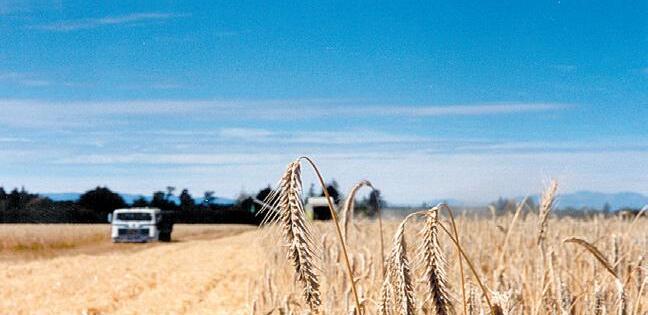








The 2025/26 wool selling season has kicked off with welcome news for South Island mid-micron growers, with the first two Christchurch auctions delivering sharp price lifts for wool in the 22 to 31 micron range.
] by Kent Caddick
Compared to the same time last year, midmicron prices have risen between 14% and 27%, most notably in the 24 to 27 micron range.
According to PGW Wool’s South Island Sales Manager, Dave Burridge, the increases have been both dramatic and sudden
“In my 40 years in the wool business, it’s not often to see such a sharp upward movement for specific range of types,” Burridge said.
“It’s a welcome reward for growers currently harvesting their pre-lamb clips.”
He said the uplift appears to be driven by strong activity from Asian markets, with manufacturers moving quickly to fill outstanding orders amid a dwindling supply from Southern Hemisphere nations.
“This sudden demand is adding a new layer of energy to the mid-micron market, which has lacked vigour in recent years and this recent surge in demand is a timely lift for growers and early season sellers appear to be reaping the benefits.”
He said with this momentum in motion, PGW Wool is encouraging growers to place a strong importance on clip preparation and reach out to their local PGW Wool representative.
“Timing will be key,” Burridge said.
“We’re encouraging growers, once their harvest is complete, to take advantage of the


ly specified lines at auction, growers are better positioned to meet market demand and maximise competition.
going, gone:
He said by presenting well-prepared, clear-
“PGW’s South Island wool auctions are already showing strong buyer interest this sea-


son and more auction dates are just around the corner.”















New Zealand farmers have a long history of leading the world. We were the first country to ship frozen meat across the globe, opening new markets and changing the face of trade.
Decades later, we were among the first to remove agricultural subsidies entirely, driving our producers to innovate, compete, and prove they could succeed on quality and efficiency alone.
These bold steps have built a sector that is recognised globally for producing safe, high-quality food and fibre.
To maintain this reputation and ambition, producers need both scale and workforce. From December, two new seasonal visa pathways will open: the Global Workforce Seasonal Visa (GWSV) and the Peak Seasonal Visa (PSV) to give farmers, growers and processors more certainty in securing the skilled staff they need.
Labour shortages remain across horticulture, forestry, meat and seafood processing, and calf rearing. These are time-critical jobs that local workers alone cannot always fill.
In horticulture, for example, regions like the Bay of Plenty still face persistent gaps. Automation helps, but it cannot replace the skilled hands needed to get crops picked, packed and to market.
The food and fibre sector earned almost $60 billion in export revenue last year, around $11,000 for every New Zealander, underlining just how important it is to keep these supply chains moving.
The GWSV is for highly skilled seasonal roles such as rural contracting, winemaking and other technical work. It allows proven workers to return for up to three years, with limits to avoid long-term reliance on overseas labour.
The PSV is for short-term, lower skill roles in meat or seafood processing, calf rearing, wool handling and other peak-demand tasks, with stays of up to seven months.

Employers must advertise locally and work with MSD to ensure New Zealanders are prioritised.
We expect around 1,400 to 1,700 applicants a year for the GWSV and 3,500 to 5,300 for the PSV.
For many employers, these will replace the existing Seasonal Specific Purpose Work Visa with a more targeted and workable solution.
Industry feedback has been strong. Federated Farmers say the visas will give employ-
ers greater certainty and help retain proven workers across multiple seasons.
For roles in remote rural areas, from calf rearers and relief milkers to wool handlers, having access to migrant workers can be the difference between meeting production targets and burning out existing staff.
The red meat processing sector, which earned almost $10 billion in exports last year and supports over 92,000 jobs, says the PSV will help plants run at full capacity in peak months.
That keeps more New Zealanders employed, maximises carcass value, and lifts export returns that flow back to farmers, rural communities and the wider economy. If we want to keep leading the world in high-quality, safe food and fibre, we must have the workforce to match our ambition. These visas are a pragmatic, commonsense step to help our primary industries stay competitive and keep delivering for New Zealand, even in turbulent global markets.






Think back over the past 20 or so years and ask yourself how many politicians use the phrases “we are looking into it” or “we are waiting for a report”. Yes, politicians invented the art of not answering questions.
The reliance on reports has played into the hands of the bureaucrats who have developed it into a gravy train that is feeding thousands of them.
I was close to throwing something heavy at the radio recently when a ‘consultant’ was being interviewed about putting solar panels into school roofs.
To the layperson, a great idea, there are a lot of schools with a lot of roofs, and a penny saved is a penny made, as the old saying suggest.
But the reality was that the ‘consultants’ got given a budget to hire a squadron of drones that will map all the schools’ roofs, then the resulting data will be assessed to see how many of the roofs were on a certain
angle to catch what sunrays to get maximum power generation.
Then, the budget will be extended to assess each individual school spends on electric power.
That is then taken into a central centre where the details will be assessed to see which schools will produce and how much hypothetical saving could be made from what schools.
The results then go to another committee who will assess the results and report to government about any benefits that could be achieved by putting some solar panels on several schools’ roofs.
Now do a quick calculation on what the above reports will have cost taxpayers and
how many wombles have had their trotters on the trough.
That is an example of what funds that farming generates from exports go too.
Now translate the government report systems to farming.
Yes, you are right. The farm would become bankrupt within months, and our economy would shrivel on the vine and New Zealand would disappear as an entity.
Just a thought, but next time you are chatting with your local MP, nail them and do not accept the ‘report delays’ answer.
New Zealand farmers deserve to have their hard-earned dollars used for New Zealand in general, rather than a group of wombles.
‘the reliance on reports has played into the hands of the bureaucrats who have developed it into a gravy train that is feeding thousands of them.
Alliance Group shareholders will vote on an opportunity to enter a strategic partnership with Dawn Meats Group, one of Europe’s leading red meat processors.
The proposed transaction would see Dawn Meats Group invest NZ$250 million to acquire 65 per cent of the shares in the Canterbury based Alliance Group, valuing Alliance at NZ$502 million on an enterprise basis, subject to shareholder acceptances, High Court and regulatory approvals.
Proceeds from the transaction would be used to reduce Alliance Group’s short-term working capital facility by approximately NZ$200 million, accelerate the Board’s strategic capital expenditure programme and enable the distribution of up to $40 million to the co-operative, subject to shareholder livestock supply.
Alliance Group Chair Mark Wynne said the announcement comes after a two-year process to reset and recapitalise the business.
“Alliance was built by farmers for farmers and has a proud co-operative legacy,” Wynne said.
“The process we have undertaken on behalf of our farmer-shareholders to meet our banks’ requirements means we are now a much fitter and stronger business. However, we need this investment to provide certainty and confidence and ultimately unlock more value for our farmers.
“We are at a critical point where the business needs to evolve, but our commitment to farmers remains the same, and we believe Dawn Meats’ offer stands to secure and strengthen Alliance’s future.
“With Dawn Meats’ balance sheet power, strength in beef and market access across the United Kingdom and Europe, and Alliance’s strength in lamb and market access across China, wider Asia and North America, there are significant commercial and operational synergies at stake, with potential for our shareholders to see the
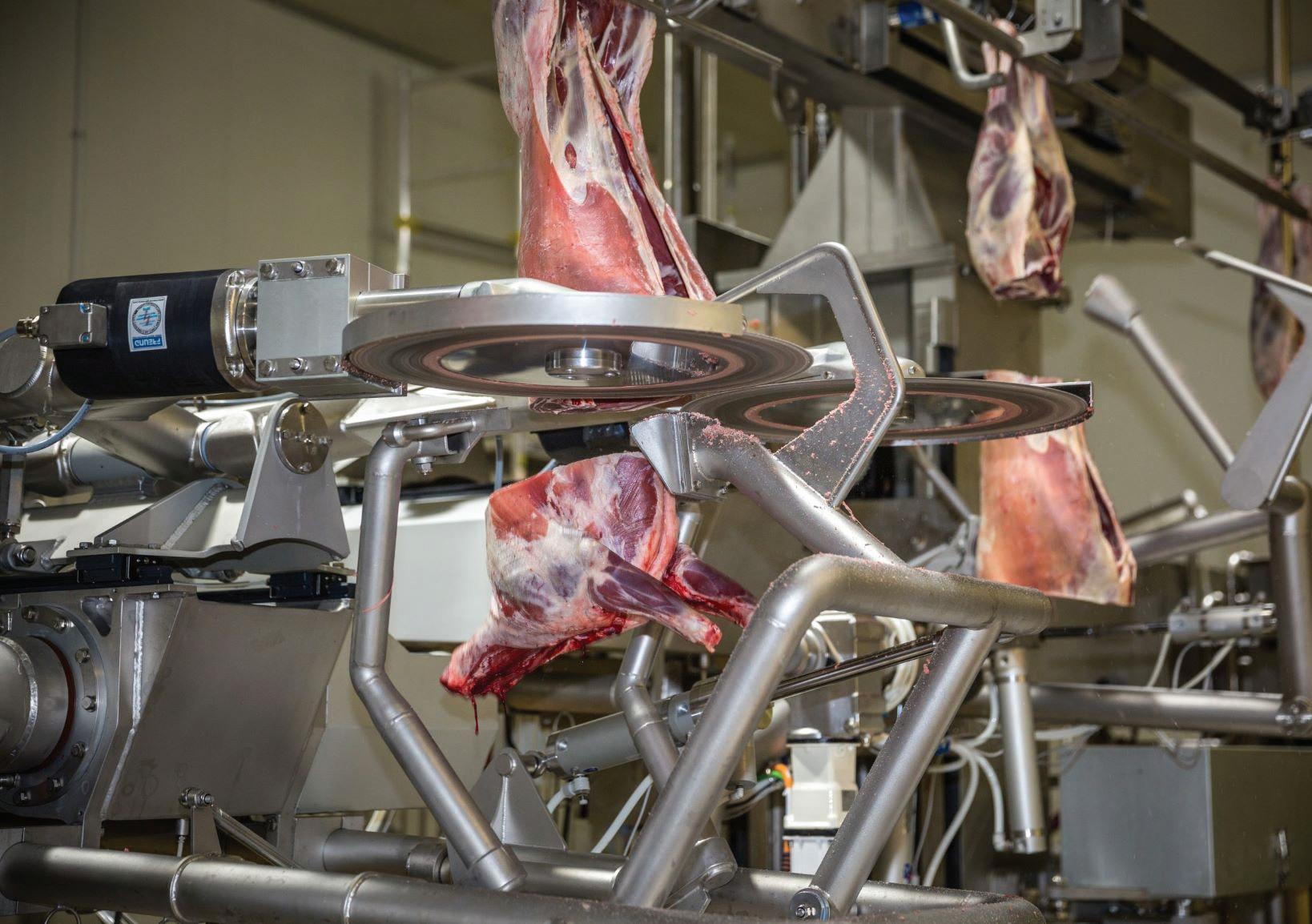
value of their residual 35 per cent stake grow over the long term.
“The recapitalisation process explored several options in the interests of our shareholders and has successfully generated a very compelling offer, which the Board has unanimously endorsed.
“We encourage all shareholders to attend the upcoming information sessions and vote to accept the offer,” Wynne said.
The transaction is to be implemented via a Scheme of Arrangement and will require a minimum of 75 per cent shareholder acceptance of those who vote, and greater than 50 per cent of all shareholding voting yes at a

Buy in: the proposed transaction would see Ireland based Dawn meats Group invest NZ$250 million to acquire 65 per cent of the shares in Alliance Group provided the cooperative’s shareholders agree.
Special General Meeting (or via proxy) to be held in Invercargill in mid-October.
“If shareholders do not support the proposed investment, the Alliance Board would be obligated to enter into a process led by its banking syndicate, which may involve possible asset sales, site closures and further cost-reduction initiatives.”
Dawn Meats Group is a family-owned business established by three farming families in Waterford, Ireland, in 1980. It has 24 facilities and over 8,000 employees in ten countries, processing more than 3.5 million sheep and one million cattle per annum, with a core annual turnover in excess of NZ$5.8 billion.
Wynne acknowledged the hard work of Alliance’s management, operational and Board teams to position Alliance for high-quality external investment.
“In the last 18-24 months, we have implemented a huge amount of change across every aspect of the business.
This is an opportunity to lay an enduring foundation that will offer an opportunity for Alliance to thrive and deliver more value to our farmers.”
Information for this article was supplied by the Alliance Group. For more information go to: www.alliance.co.nz
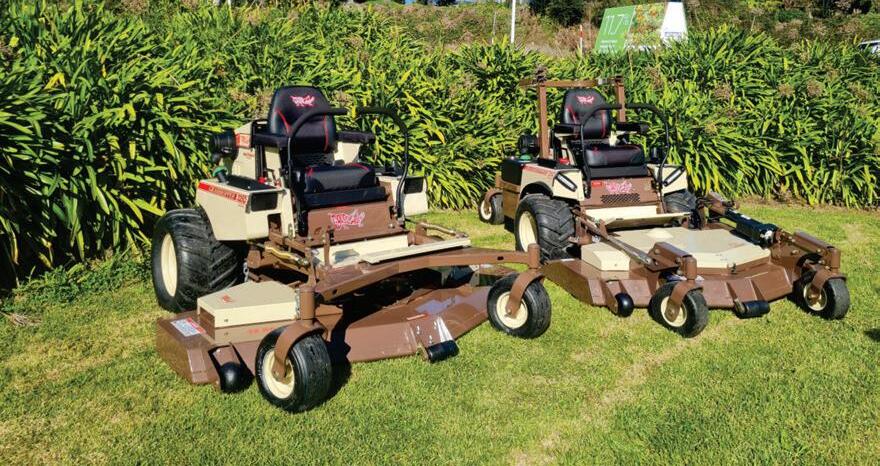






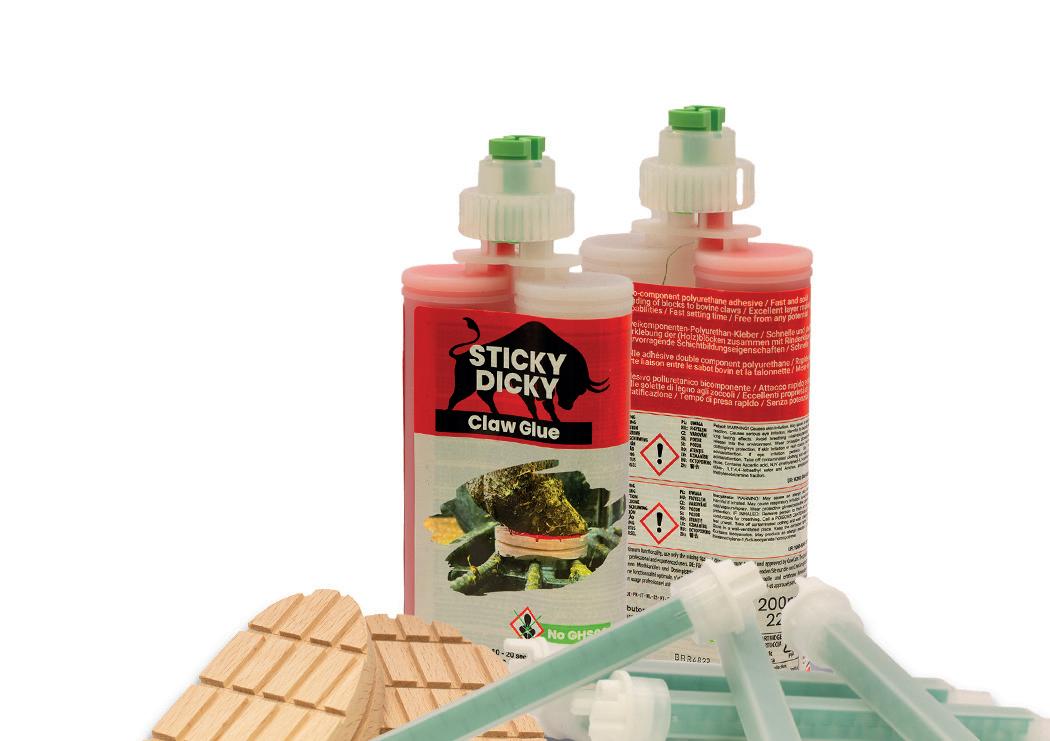















] with Jo Luxton


spokesperson

If I asked you to name New Zealand’s top six primary industry exports, I’d bet you would rattle off dairy, meat and wool, forestry, seafood, and horticulture. You wouldn’t be wrong. But there’s one industry that often gets forgotten, despite being essential to the success of many others.
The arable sector: Why it needs grounded support now
Our arable sector doesn’t always make the headlines, but it underpins everything from our domestic food production to animal feed and seed exports.
We export over $330 million worth of crops annually, yet we import a value of more than $520 million to meet our needs. And while many of our primary industries are riding on the strong headwinds of global demand for our products and lower interest rates, there’s no one-size-fits-all victory.
In a moment where we’re collectively recognising the value of diversity in our primary industries, not just for economics but for resilience and food security, we can’t risk looking past this sector.
We’ve seen what happens when we take our eye off the ball, just ask our pork, honey, and wool producers, sectors that once thrived, yet slipped through the cracks because we didn’t act soon enough.
I recently had the privilege of meeting with a group of arable farmers – dedicated people adapting in increasingly challenging conditions. The most challenging issues they laid out were not red-tape, but real-world barriers that can be solved with sensible planning. Here’s what they told me: They said: Freight pressure is real.
The majority of the arable industry is concentrated in the South Island, and reliable freight connections are essential.
I believe the long-promised inter-island ferries would have made a major difference,
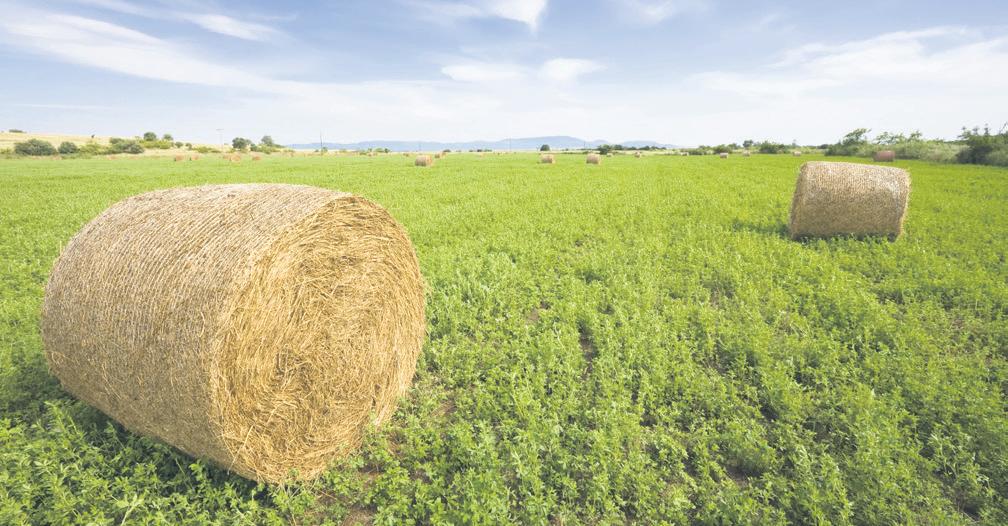
but they were cancelled by National. With the Aratere just retired, and only two ageing Interislander ferries left in operation, moving produce across the Cook Strait just got harder. Could we consider alternatives like coastal shipping?
They said: Energy expenses are challenging.
Grain and seed drying is a vital post-harvest process. It’s costly and sometimes happens overnight.
I’m aware that maize grain drying specifically, relies heavily on gas, and with a falling gas supply, no new gas finds in the last 1520 years, and sky-high electricity prices, diesel is back on the table.
Without affordable and scalable alternatives like geothermal or strong investment in grid capacity, our farmers are forced into en-
ergy decisions that can compromise our climate goals.
They said: An unfair playing field.
We hold our own farmers to the highest food safety and environmental standards yet many of our imported grains don’t meet the same requirements.
To level the playing field, I wonder, could we be looking into mandatory domestic content percentages? Or clearer labelling like “glyphosate-free” to encourage more domestic purchase of our products?
They said: The market is unpredictable.
This year we saw a surge in vegetable seed export, but ryegrass and clover exports dropped off due to high global supply.
As far as I know, no major contracts have
‘Our arable sector doesn’t always make the headlines, but it underpins everything from our domestic food production to animal feed and seed exports.
been secured for next year’s ryegrass seed exports to the EU or US, meaning growers are left in limbo. Could we be doing more to bring in new seed varieties and support crop rotation innovations? Add to that the retreat of Bayer – citing our lengthy chemical approvals process – and we are allowing vital technical support on agrichemicals to leave the country.
It’s not a question of resilience, these farmers have it in spades. But if we are to grow our arable industry and increase domestic food resilience, we need to sort out the basics and invest in infrastructure, and stronger marketing that will support our primary industries.
It means getting ferries up and running, focusing on supported energy transitions, growing our domestic market, and listening to those who the job day-in-and-out.
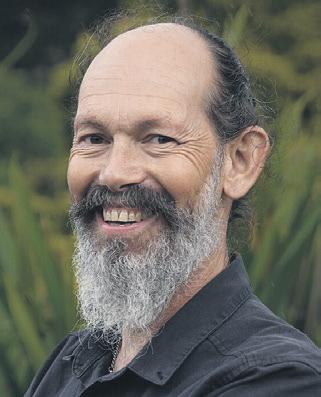


] with Steve Abel


For the everyday garden-variety kiwi (to borrow a phrase) the indifference of Fonterra’s boss Miles Hurrell to eyewatering butter prices betrays the co-operatives priorities – making money for themselves even while fellow New Zealanders struggle to put food on the table.
] Green Party Spokesperson
] for Agriculture
Why are the public rightly angered by this profit-at-all-costs attitude? Well, one fair reason is that Fonterra is built off the back of our nation’s natural abundance, freshwater, fertile soils, and a favourable climate.
The billions of dollars of value that the dairy industry extracts, mixed with the labour and skill of farmers, comes at a significant cost to the natural commons. New Zealand’s biggest contributor to native forest and wetland loss, soil erosion, freshwater and marine coastal pollution, and global climatic instability, is the dairy industry.
The creep of nitrate contamination, mostly from dairy cow urine, has made its way to the kitchen taps of hundreds of thousands of New Zealanders mainly in rural areas. Excessive levels of nitrate in drinking water are
linked to bowel cancer, pre-term birth and blue-baby syndrome.
The recent don’t-drink water notice in Gore, a town of 8000 people, was due to nitrate contamination from the city’s water bores located on a dairy farm.
So, when the boss of Fonterra says tendollar butter is “good news”, he rightly raises the public ire and shows just how out of touch he is. Fonterra makes record profits, and all the public gets is unswimmable rivers and a ten-buck block of butter.
Finance Minister Nicola Willis’s assertion that a booming dairy sector would see value trickle down to rural communities only has some truth to it. The reality for most people is that the only thing trickling down from dairy is those nitrates into their drinking water.
Another matter that reveals the industry’s mindset is the $3.8 billion dollars for which Fonterra is selling its esteemed brands like Anchor.
This seems like a step in the wrong direction. Some tout it as a good price. But for only the value of less than a quarter of one year’s dairy export earnings (currently $22 billion), the co-operative is apparently hocking off the family silver to focus on smelting pig iron.
When did the mentality of our biggest industry go from maximising value, through value-added branded products, to just focussing on commodity milk powder?
This could align with the Government’s indifference to sacrificing billions of dollars of reputational value that New Zealand producers enjoy from our GMO-free producer status.
Luxon seems content for New Zealand to be just another trader in global commodities. It feels like a foolish race to the bottom when we should be amplifying our reputation for producing high quality, high value natural food and fibre.
‘When did the mentality of our biggest industry go from maximising value, through value-added branded products, to just focussing on commodity milk powder?






Spring is one of the busiest times on the farm. With lambing and calving in full swing, many farmers take on extra hands to help keep things running smoothly.
Whether you’re employing staff or hiring contractors, it’s important to get the paperwork right. Mistakes with payroll, tax, or ACC can quickly become costly, not to mention stressful, at an already hectic time of year.
One of the most common issues in farming businesses is confusion between employees and contractors.
An employee works under your direction, uses your equipment, and generally has ongoing duties. They are entitled to holiday pay, sick leave, KiwiSaver contributions, and must be paid through the PAYE system. An employment agreement is required by law.
A contractor, on the other hand, runs their own business. They usually provide their own tools, can decide how and when they work, and invoice you for the job. Contractors handle their own tax and ACC levies.
Misclassifying someone can leave you liable for backdated PAYE, holiday pay, and penalties. If in doubt, Employment NZ has clear guidelines on how to tell the difference.
If you employ staff, even casually, you’re legally required to keep accurate wage records.
That includes hours worked, pay rates, holiday entitlements, and PAYE deductions. It’s also best practice, and often required in employment agreements, to provide pay slips which many farm employers overlook.
Payroll software makes life much easier, especially now Inland Revenue requires payday filing: meaning you must file employee earnings information every payday, not just monthly as was the case in the past.
‘

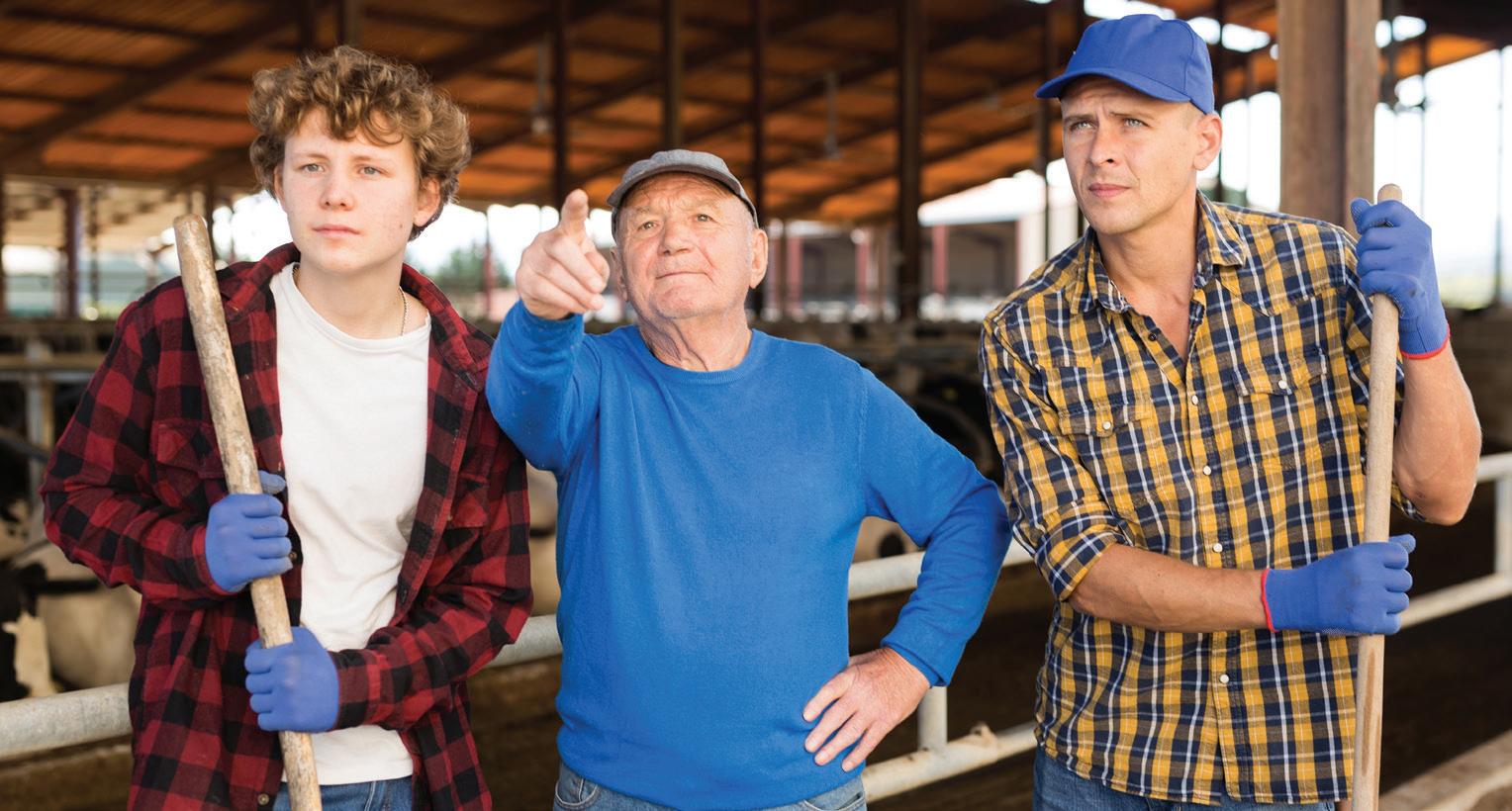
Even if you only employ staff for a short time during the busy season, you’ll still need to comply and register as an employer with IRD.
Many farms rely on casual workers during lambing, calving, shearing, or harvest. Casual staff must still receive holiday pay, it’s usually paid as 8% on top of their wages – unless they are a contractor.
KiwiSaver also needs to be deducted from employees’ wages, unless the employee has opted out of the scheme within the first eight weeks of working. An employee cannot exit KiwiSaver once they are in it.
For young, casual or part-time workers, don’t forget that the minimum wage still applies, even if they’re family members helping out. There are different minimum wage amounts including minimum wages for adults, as well as starting-out and training minimum wages – which are less.
Paying below the legal minimum can result in fines and reputational damage. The current minimum wage amounts can be found on the Employment NZ website.
Good systems save stress
The busy spring season is stressful enough without the added pressure of tax and payroll mistakes.

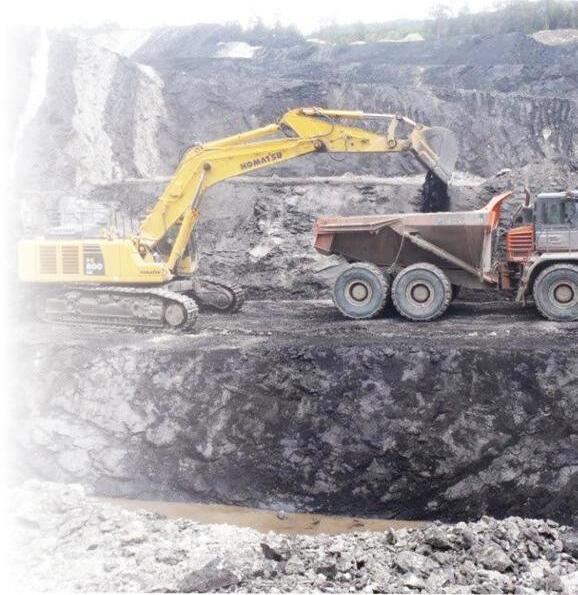





For young, casual or parttime workers, don’t forget that the minimum wage still applies, even if they’re family members helping out.
Setting up clear systems for hiring, paying, and recording staff or contractor information will save you time and reduce the chance of errors.
If you’re unsure whether someone should be on PAYE or treated as a contractor, or if you want to check your payroll process, now is the perfect time to sit down with your accountant. Getting it right means fewer headaches later and more time to focus on what you do best – running your farm.



















] with Andrew Wyllie ] Forsyth Barr

Global financial markets demonstrated remarkable resilience over the past three months, overcoming a barrage of political and geopolitical noise to post strong gains by the end of July.
Despite escalating trade tensions, a brief conflict in the Middle East, and mixed economic signals, major equity indices climbed to new highs.
Investors who maintained their positions through 2025’s early volatility were rewarded with a strong rebound.
The recent quarter serves as a reminder that reacting to dramatic headlines can often do more harm than good. Volatility is a normal part of investing, and so far this year, markets have shown strength in the face of uncertainty.
Global equity markets rallied impressively over the May–July period. Gains were broadbased across regions, but international stocks have been the standout performers in 2025 so far, with European and UK markets among the strongest year-to-date.
At the end of July, the US announced new baseline tariffs for nearly all countries—excluding China and Mexico, who are still negotiating trade deals.
These new rules set a 15% import tariff for countries that run a trade surplus with the US, and a 10% tariff for those with a trade deficit.
As New Zealand currently runs a small trade surplus (exporting more to the US than it imports from the US), it now faces a 15% tariff on its exports to the US.
Companies getting on with it
Amid the backdrop of political headlines, the latest international reporting season demonstrated generally solid corporate earnings. Positive results helped ease some concerns around the broader economic implications of recent policy developments.

When you are thinking about your investment options, talk to Forsyth Barr
To get personalised investment advice and portfolio management specific to your investing needs, talk to Investment Adviser Andrew Wyllie in confidence on (03) 365 4244 or email andrew.wyllie@forsythbarr.co.nz
Continued demand for artificial intelligence (AI), data infrastructure, and semiconductors supported technology stocks, with large-cap names contributing meaningfully to market performance in recent months.
While there are early signs that tariffs are starting to impact some companies, many have outlined strategies to manage the associated cost pressures.
Looking ahead, a stable earnings base and the possibility of further interest rate reductions from the US Federal Reserve remain supportive factors for US equities.
At the same time, valuations are relatively elevated in parts of the market, which does raise a risk that some sectors might be more sensitive to shifts in sentiment or unforeseen developments.

Australasian markets also positive
Australasian equities staged a strong recovery over the past three months. After a sluggish start to 2025, the S&P/ASX 200 rose +8.2% over the quarter.
As trade tensions eased and the Reserve Bank of Australia signalled faster rate cuts, the Australian market surged, reaching a new record high in early July.
New Zealand equities also gained ground after a lacklustre start to the year. The S&P/ NZX 50 Index rose +7.7% over the quarter despite a challenging domestic macroeconomic environment.
The New Zealand market’s relatively defensive profile – dominated by stable, dividend-paying companies – is proving attractive as interest rates decline.
With the local economy showing early signs of recovery and further interest rate cuts expected, this should help provide a more constructive backdrop ahead. If you would like to review your investments or discuss the market outlook in more detail, please get in touch.
this article was prepared as at 31 July 2025 and provides market commentary for the three-month period ending on that date. Andrew Wyllie is an Investment Adviser and Forsyth barr’s Christchurch manager. He can be contacted regarding portfolio management, fixed interest, or share investments on 0800 367 227 or andrew.wyllie@forsythbarr.co.nz. this column is general in nature, has been prepared in good faith based on information obtained from sources believed to be reliable and accurate, and should not be regarded as financial advice.
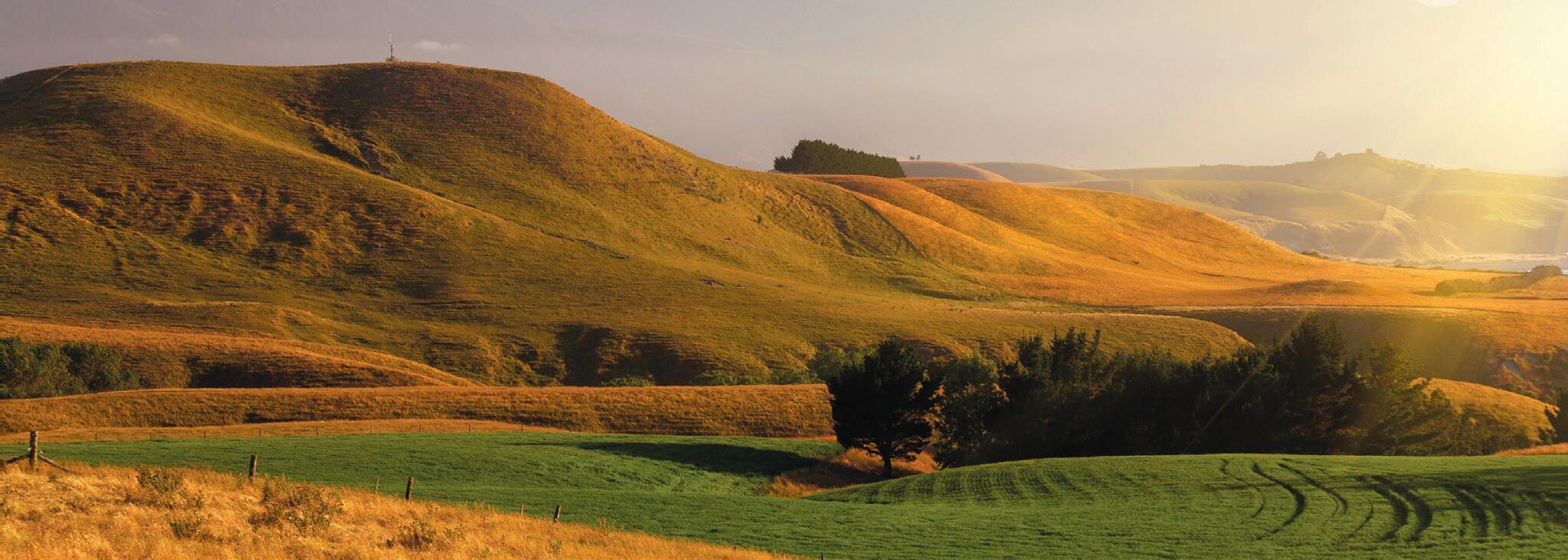








Over the years, the courts have increasingly made orders that undermine the protection traditionally offered by trusts to allow parties to access assets that may not have originally been available under relationship property claims.
At the end of 2024 the Supreme Court made a decision which clarified when such orders may be made (Cooper).
This decision clarified an earlier decision from 2016 (Clayton) where the Supreme Court decided that unconstrained powers held by one of the parties in relation to a trust which only benefited that part could be treated as relationship property and had a value which had to be considered when relationship property was divided.
In Clayton the party in the spotlight had the discretion to be the sole trustee, make himself the sole beneficiary by removing all others and to distribute the trust fund to himself. These were unusually broad powers

but not unheard of and the decision alerted the legal industry to the risks of relationship property claims against trusts, as it was not clear how far the decision would extend.
In the Cooper decision, the court determined that the powers held by one of the parties in that case were more modest and therefore not property for the purposes of a division of relationship property.
Cooper effectively constrained the boundaries of Clayton so that it was not a far-reaching precedent but rather a precedent to be used in situations with similar facts.
What both Cooper and Clayton did showcase is that the courts are willing to look behind legal structures when considering relationship property matters which means that trusts are no longer a bullet proof line of protection against relationship property claims.
Clayton also included a nuptial settlement which is where property is settled on or acquired by a trust during a relationship. Such transfers to a trust can be reversed or other orders made for the trust to compensate the affected party and treated as relationship

property, despite the actual ownership.
It is likely that we will see a shift away from using trusts for protection from relationship property claims in the future as a result of court decisions like Clayton and Cooper that are highlighting the vulnerabilities of trusts in this area of law.
If people do wish to have a trust it is critical that the parties who would benefit from the trust assets being excluded from the pool of relationship property need to have a contracting out agreement in tandem with the trust as that really is the only guaranteed way to ensure that such assets are kept safe from relationship property claims.
Contracting out agreements, also known as a prenuptial or relationship property agreements, are legal contracts that outline how property should be divided in case of divorce, separation or death.
These agreements can also act to safeguard trust property by defining a party’s interest in a trust as their separate property, which reduces the chances of situations like in Cooper and Clayton from happening.
Helmores has a dedicated team of lawyers who specialise in the areas of trusts and relationship property, so if you need assistance with any of the issues above, please feel free to contact us.






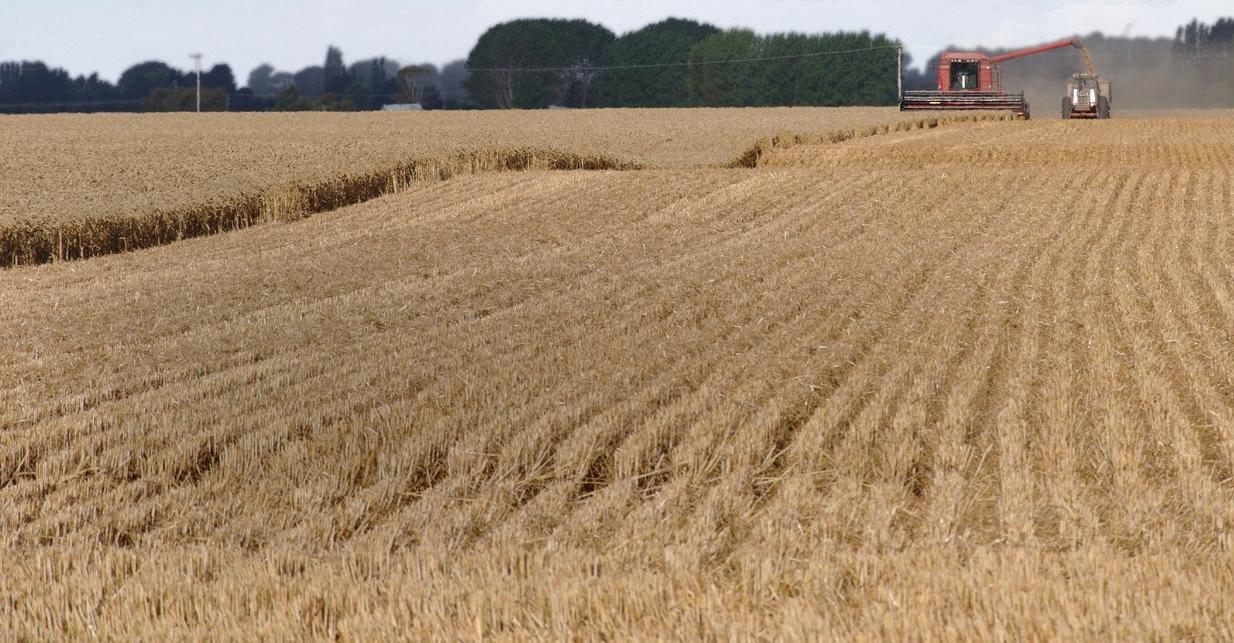
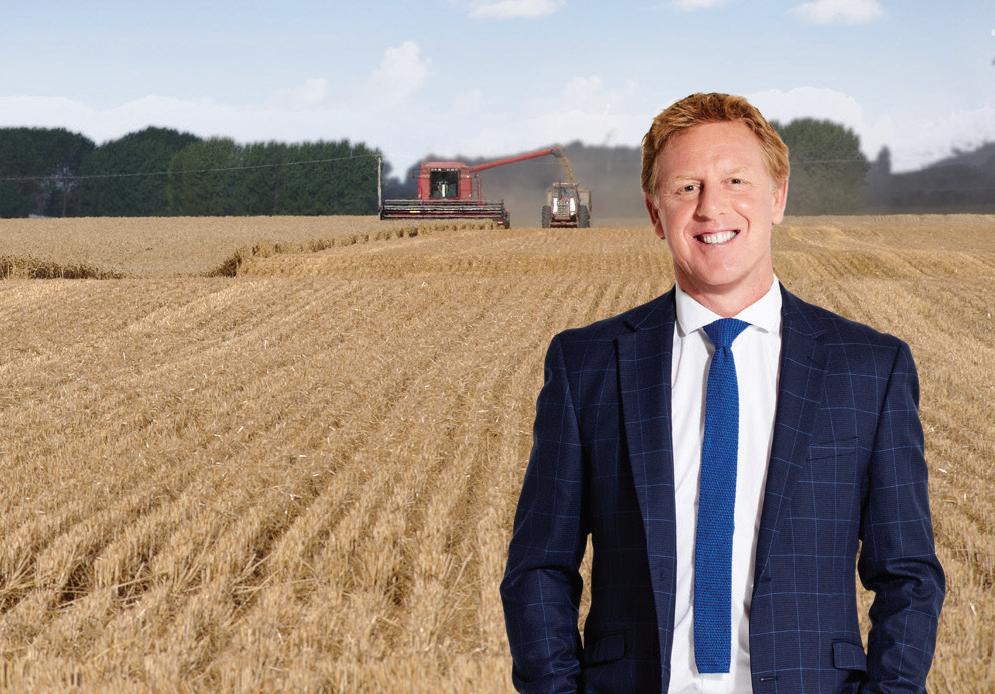
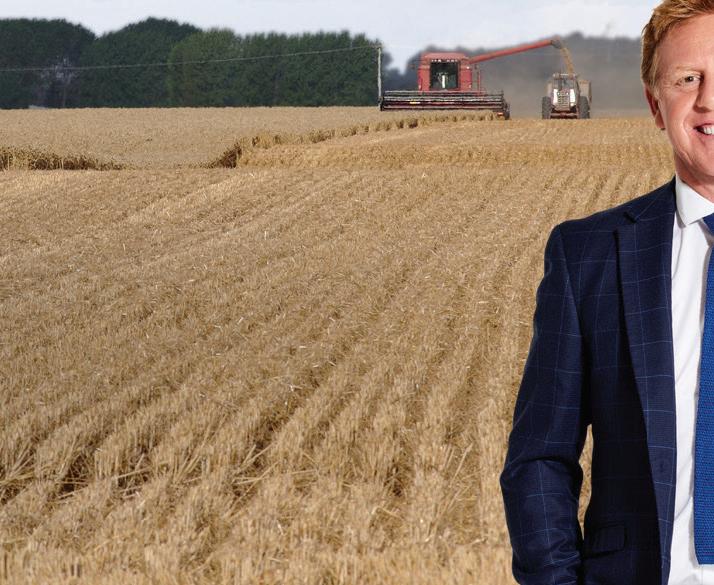





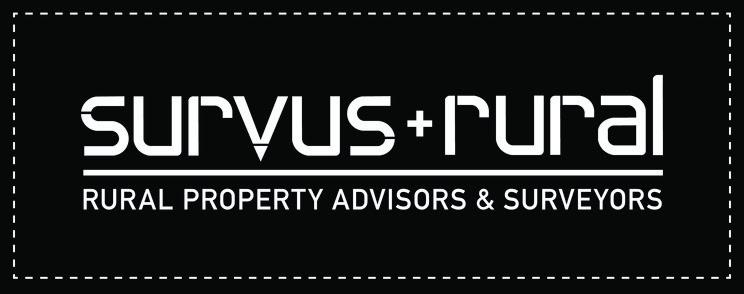

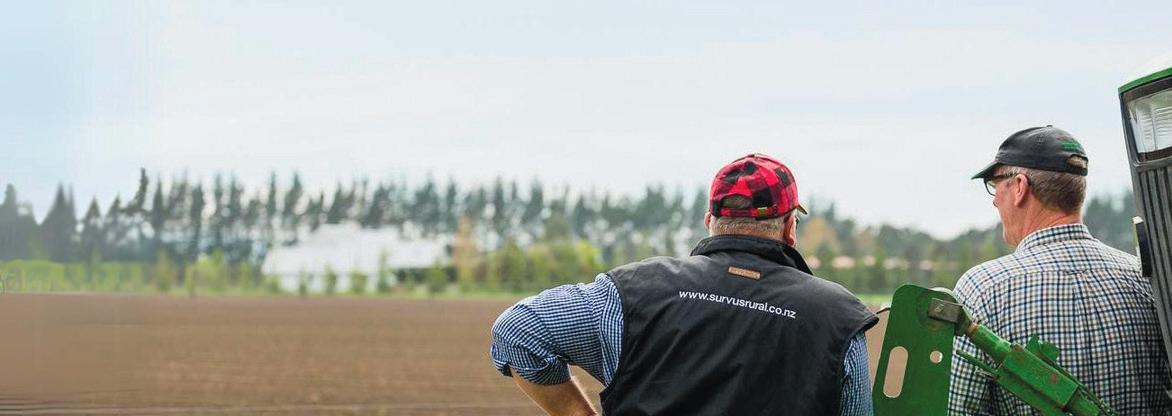







If a bird were to suffer from vertigo it would have a very lonely life. It would look at its mates swinging in the wind on the very top of trees where the views were spectacular, and food sources were easy to spot and the bird in question would be very envious.
as an accident, so it would depart with its secret and hold statis in the flock.
Now transfer that into human terms.
] by rob Cope Williams
Instead, it would stay on the lower branches where it could get a solid footing and enduring huge risks of a cat attack. It would be ashamed of its condition and would never admit it had a problem with heights.
When the other birds were off on adventures, it would hide on the leaves hoping the other birds didn’t notice it wasn’t amongst them.
They would be ashamed that the other birds in the flock sang as the sun rose while it was so sad as if it didn’t want the sun to shine as it could expose its depression. It would be very sure that the other birds would make fun of it if they were to learn of what was going through and probably banish it from the flock.
Eventually it would get too hard to hide and after a life of misery it would fly in front of a car or truck to end it all.
In the bird’s mind it would be passed off


Sadly, there are many folk who face the same things the bird faced every day.
Suicide is the epidemic that everyone brushes under the carpet, but it does happen, and it does affect others on more occasions than we are allowed or led to believe.
When I read that someone died suddenly, I read suicide as 9 times out of 10 it was.
But no one is prepared to come out and face the problem.
OK, there are limited solutions, and, as with the bird, it is hidden by the sufferer, and that is simply because of the stigma associated with it.
Like the bird, a sufferer of depression only sees others enjoying themselves and having a fabulous life.
They hide their situation and certainly won’t talk about it in case of being ridiculed and banished from the flock.
I wish I had an answer, but if this has rung any bells for you, a mate or a loved one there are pills that do help. I know, I take them.









I regularly have contact from readers about CoQ10, especially from those wanting help with the side effects of statin cholesterol lowering medication.
CoQ10 moves high energy electrons within our cell mitochondria where energy is made. CoQ10 collects these electrons and moves them to an enzyme called ATP synthase to make the energy we need.
Studies show that statins can reduce circulating CoQ10 by as much as 50%.
The side effects are so common they are diagnosable diseases called Statin Myopathy and Statin Neuropathy.
The main side effects are muscle and tendon pain. Muscles and nerves have huge energy requirements and reducing CoQ10 can have devastating effects on muscles and nerves.
Reductions in CoQ10 can affect mood, memory and general cognitive function. In most cases 2 months of a naturally fermented CoQ10 will improve muscle and brain function and allow people to better tolerate the medication.
I recommend CoQ10 for several reasons most commonly for statin support. I also add CoQ10 for those fatigued without medical causes and for those with cardiovascular, autoimmune and neurodegen-
erative problems. For example, I include at least 200mg for those with Polymyalgia Rheumatica and higher doses for those with MS.
For statin support I use a high-quality naturally fermented CoQ10 and for autoimmune or neurodegenerative support, a mitochondrial support formula that includes high grade CoQ10 with several energy co-factors.
The first improvement felt by those with these conditions is usually a lift in energy and general well-being.
Those with autoimmune or neurodegenerative problems should be working to a personalised diet and supplement plan complementary to their regular medical treatment.
Most people feel a real difference within three months.
John Arts (Adv.Dip.Nut.med) is a nutritional medicine practitioner and founder of Abundant Health Ltd. For questions or advice contact John on 0800 423559 or email john@abundant.co.nz. Join his newsletter at www.abundant.co.nz


Matt and Heidi Hart from Pye Group’s Longlane Farm near Rakaia have been recognised as champions of sustainable agriculture, taking home the prestigious Sustainability Award at the Potato Industry Awards 2025.
] by Kent Caddick
The Canterbury farmers were honoured for their groundbreaking approach to sustainable practices at the biannual awards ceremony, which celebrates growers’ exceptional achievements across the potato industry.
Potatoes New Zealand Chief Executive Kate Trufitt praised the strong competition for this year’s sustainability award.
“The level of innovation and dedication we’re seeing from growers like Matt and Heidi Hart demonstrates the industry’s genuine commitment to sustainable practices,” Trufitt said.
“Their approach exemplifies how modern agriculture can be both environmentally responsible and economically viable.”
The Hart family has transformed 890-hectare Longlane Farm into a sustainable mixed cropping and lamb finishing operation since Matt began managing it in 2003. Owned by Leighton and Michelle Pye, the property dedicates 25 percent to vegetable production (potatoes, juicing carrots, peas) and the remainder to cereals and ryegrass.
The Harts employ data-driven management using soil moisture probes and variable rate fertilisation to optimise resource use. Their innovative practices include na-
Kverneland • Overum • Kuhn Lemken• Dowdeswell•Vogel & Noot•Gregoire Besson• Clough • Duncan •Terradisc • Maxitill •Yeoman•Vibroflex •Connershea•Goliath• IHC• Sunflower•Topdown •Salford• Kongskilde•Napier •Vaderstad We can also manufacture any point you need!
ture strips for natural pest control, reducing pesticide dependence, plus cover crops and minimal tillage to improve soil structure and water retention.
Beyond environmental improvements, they prioritise staff wellbeing through comprehensive fatigue management, safety policies, and positive workplace culture. Investment in training empowers their team’s contributions.
Regular consultation with external experts ensures continuous improvement in sustainable practices. This collaborative, innovative approach increases production whilst contributing to more resilient, environmentally friendly agriculture.
The Sustainability Award recognises growers, suppliers, or researchers who have made significant strides in sustainable practices, from soil health improvements to water conservation initiatives.
It forms part of the broader Potato Industry Awards programme, which aims to promote excellence within New Zealand’s potato industry whilst raising public awareness of the value, versatility, and benefits of potatoes.
“It’s so important to recognise the effort and investment that New Zealand’s potato growers dedicate to sustainable practices,” Trufitt said.
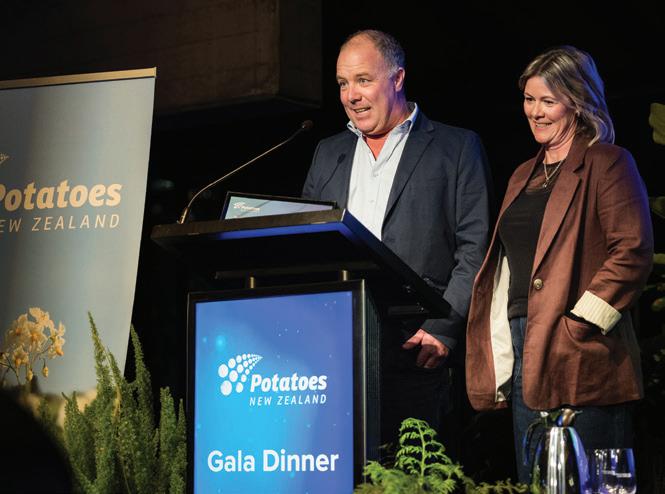
“But we cannot do it alone. For the sustainability of our sector, we need the support of the Government to reduce unnecessary and unworkable compliance burdens and to recognise the importance of growing food for New Zealanders.”
She said New Zealand’s potato industry continues to demonstrate leadership in sustainable agriculture, with growers like the Harts setting new benchmarks for environ-
mental stewardship whilst maintaining economic viability.
“Their recognition at the 2025 awards underscores the industry’s commitment to practices that benefit the planet, people, and profitability.”
Information of this article was supplied by potatoes New Zealand. For more information go to: www. potatoesnz.co.nz
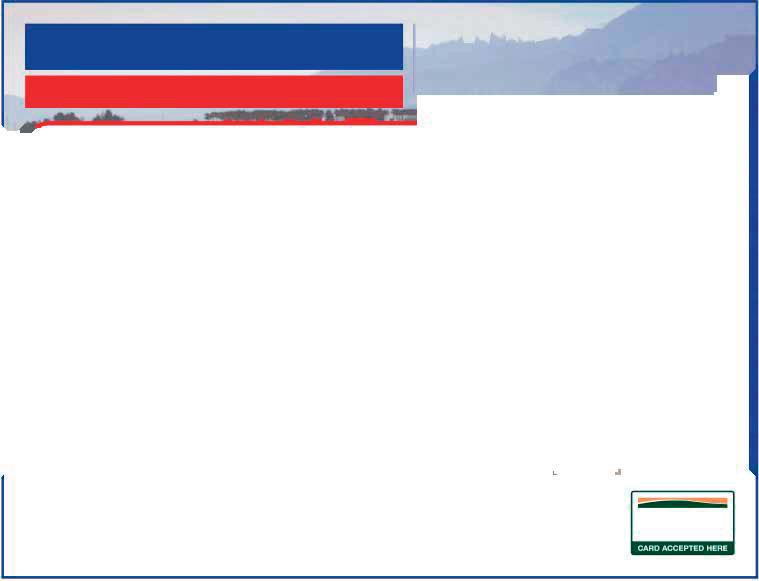
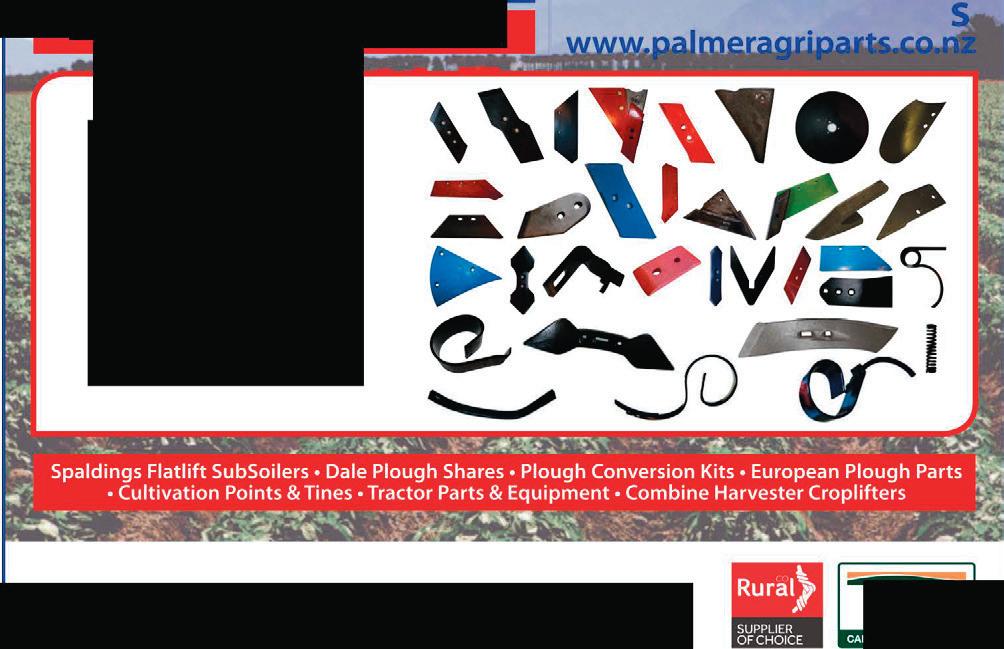
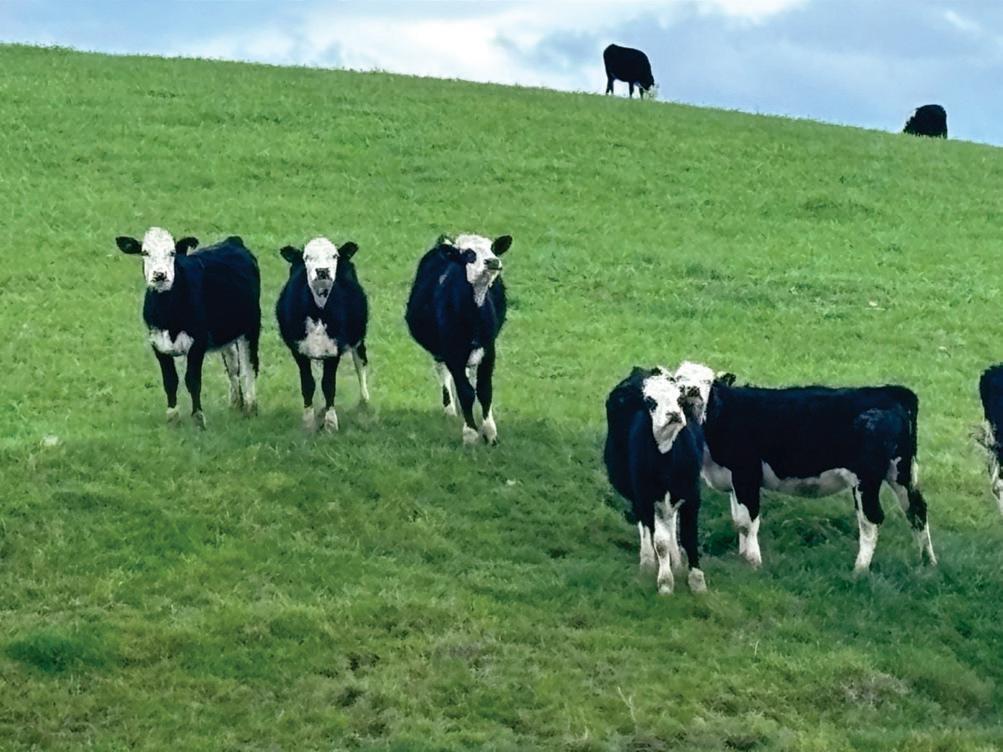
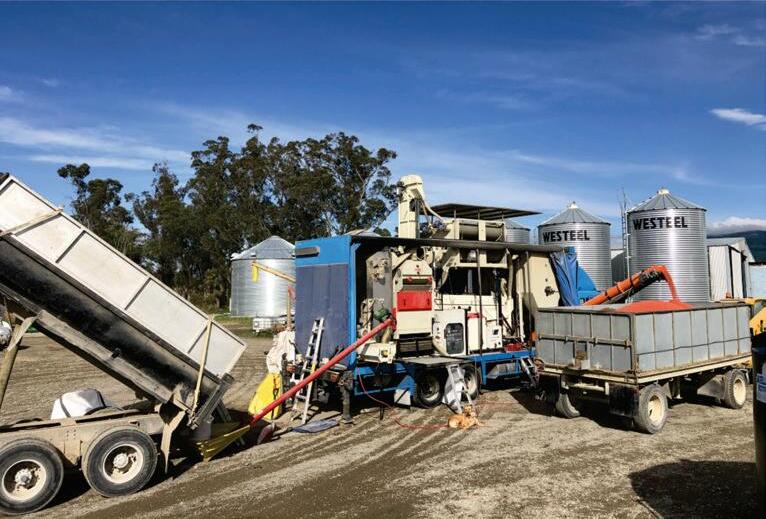
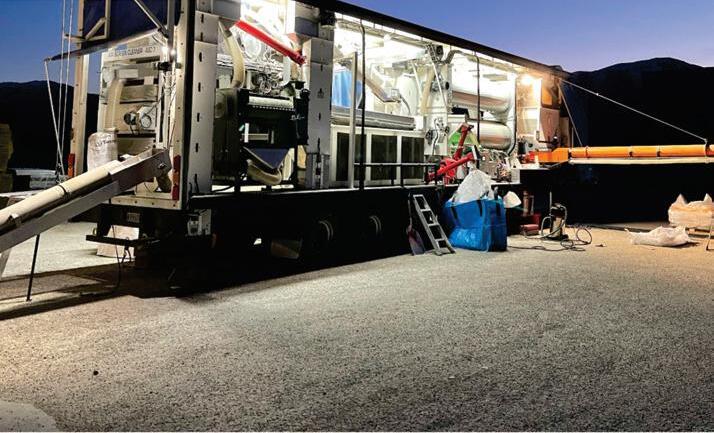
RGT Brigadier is so good, we should promote it to Major General.









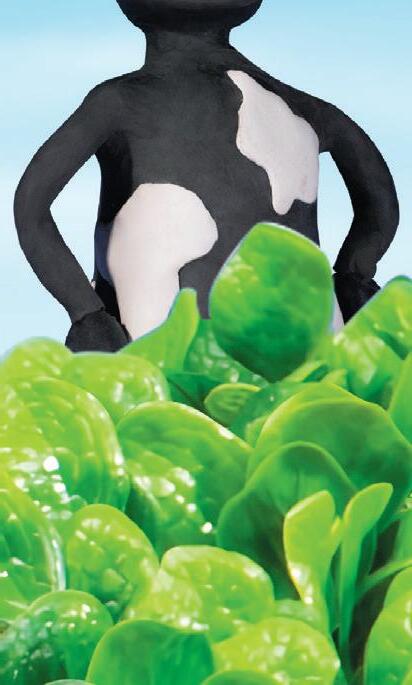

EXTREMELY COST-EFFECTIVE HOMEGROWN FODDER BEET




With the most bulb above ground, RGT Brigadier is large and in charge! And it’s in stock now. ORDER NOW





Introducing Agricom’s smartest grass yet. Align AR37. Our new, extremely late heading, tetraploid perennial ryegrass revolutionising the tetraploid game.
]Advertorial supplied by Agricom
This impressive edition to our ryegrass portfolio introduces a rare style of tetraploid genetics characterised by dense, highly tillered, leafy plants – resulting in resilient, productive pastures all year round.
Bred to meet the unique challenges of New Zealand’s diverse agricultural landscape, farmers can expect an adaptable grass that will excel in any sheep, beef or dairy system.
Coupled with AR37 endophyte, you can expect increased persistence, even in some of New Zealand’s more challenging growing conditions.
Align is a powerhouse, renowned by the Agricom agronomy team for its exceptional productivity across challenging summer, autumn and winter seasons.
Aligns ability to remain in a vegetative state throughout summer, showcasing low aftermath seedhead and exceptional rust tolerance, puts it in a league of its own and sets it apart as a vital asset for any kiwi farmer seeking a resilient, high performance pasture.
This summer performance and pasture quality allows dairy farmers to maintain peak lactation as long as possible, while these same traits provide sheep and beef farmers with high quality pasture for newly




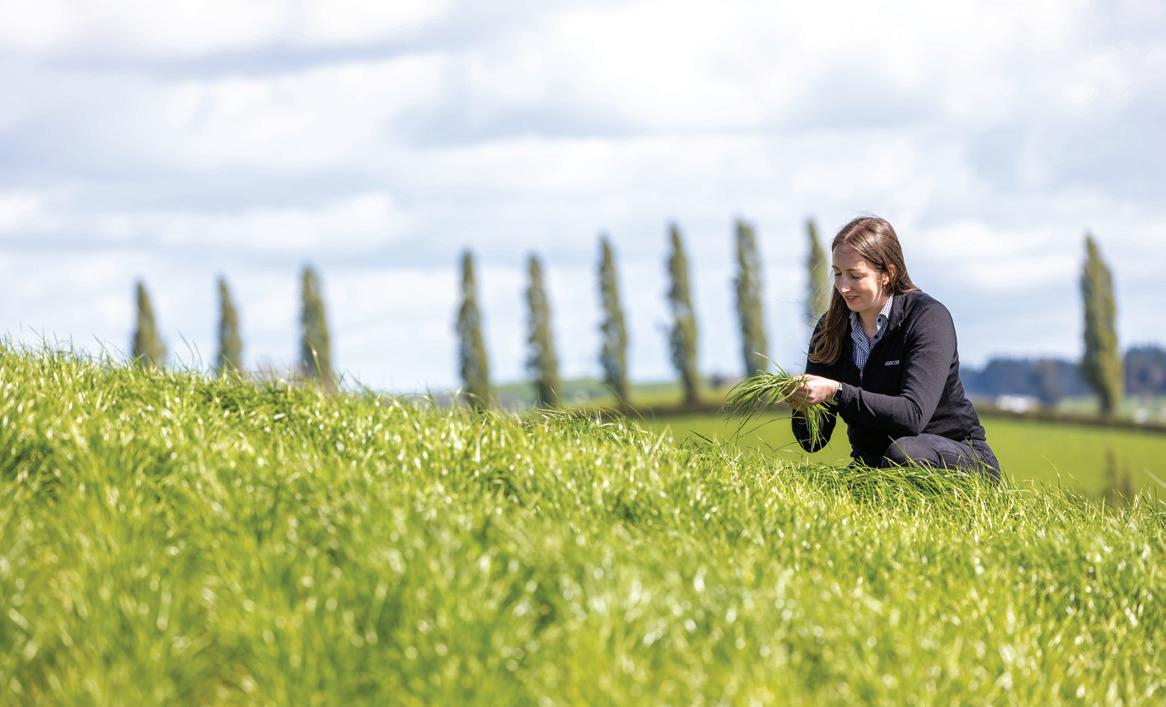

weaned lambs to perform at their best.
Throughout winter, Align’s dense nature also provides winter resilience not normally associated with tetraploid pastures.
“Align is one of the healthiest and most productive ryegrasses I’ve experienced and it comes at a great time for producers trying




to maintain productive efficient farm systems,” said Allister Moorhead, Agricom’s Product Development Manager.
Agricom’s extensive trial network has seen Align currently enter 36 internal trial locations across the country from Northland to Southland, of which 22 are yielded.

If you are looking for a grass backed by research, data and innovation look no further than Align AR37.
This commitment ensures that you can have confidence that Align AR37 is a consistent, reliable, top performer across a variety of regions and farm systems. If you are looking for a grass backed by research, data and innovation look no further than Align AR37.



















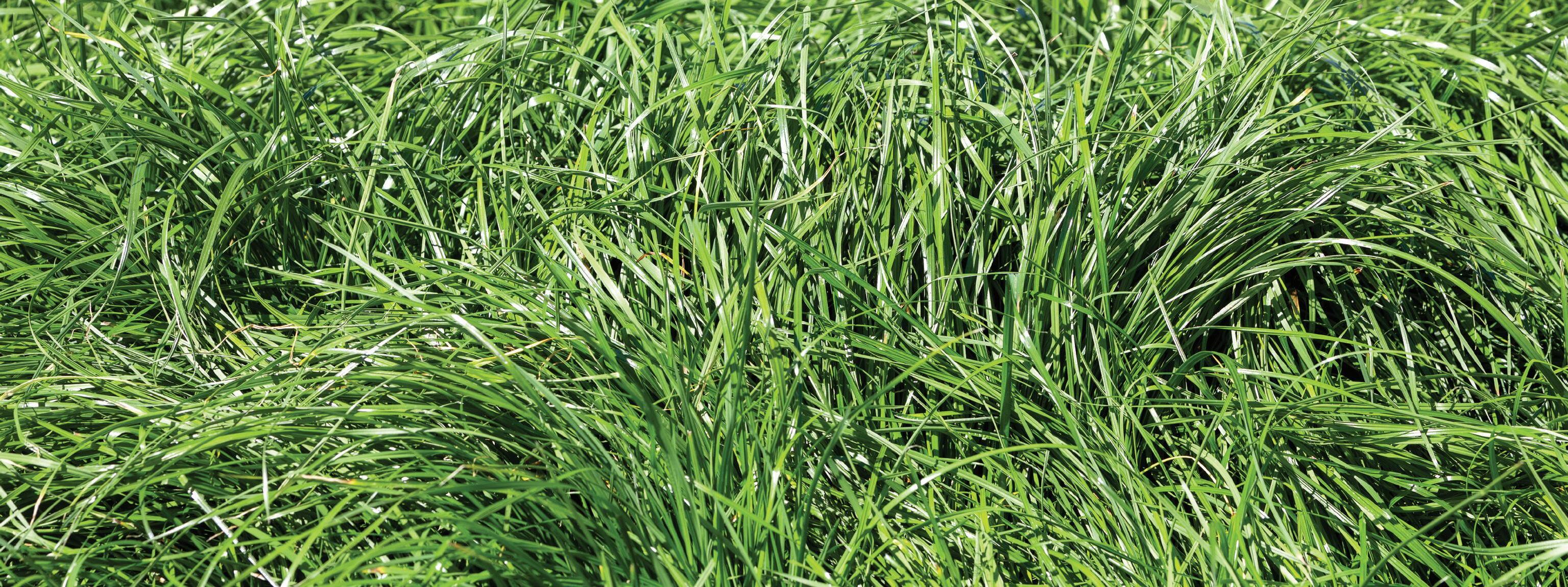
• High annual yields
• Very strong summer and autumn growth
• Excellent crown rust tolerance
• Ideal for dairy pastures, and sheep and beef finishing
Align is a high performance tetraploid perennial ryegrass that adapts intelligently to changing soil conditions. Align is a smart grass that remains dense during wet winter and early spring conditions then becomes bigger, broader and more upright as the season gets hotter. This adaptability ensures year round productivity, delivering resilient, highquality drymatter for modern production systems.


New Zealanders eat fresh potatoes more often than any other vegetable, but rather than recognising their health and nutritional benefits, many still see them as just a ‘carb’, according to new research.
The consumer insights study from Potatoes New Zealand reveals that more than twothirds of people eat fresh potatoes at least twice a week, and over 80 per cent enjoy them weekly.
“Yet despite their popularity, the biggest barrier to increased consumption is perception,” said Kate Trufitt, chief executive of Potatoes New Zealand, which represents over 150 growers nationwide.
“Shifting public perceptions remains a challenge for the industry and one we are very committed to addressing,” Trufitt said.
“As the research shows, while people love potatoes for their versatility and convenience, they tend to see them as a filling carbohydrate rather than a healthy, delicious and nutritious vegetable.
“In fact, compared to other alternatives, fresh potatoes are a super healthy wholefood packed with vital nutrients.
“As well as getting high-quality fibre and fu-




el to power the body, you’re getting a wealth of nutrients like vitamin C, minerals including potassium and essential B vitamins.”
Trufitt said the research was commissioned in the wake of a recent decline in consumption of potatoes within the context of an overall decline in fresh produce consumption nationally.
“To reverse this, we needed to better understand what is driving consumer behaviours and attitudes towards potatoes as a basis for moving forward.”
The research shows that as well as being a versatile ingredient that is widely accepted in the household, potatoes satisfy different needs for Kiwis as a familiar “comfort food”, “providing something for everyone” and “making life easy”.
While there are multiple different varieties available, agria is the most purchased variety, with most people buying loose or unlabelled packaged white potatoes.
“This presents a real opportunity for the industry to better showcase the multiple varieties, flavours and textures of potatoes that



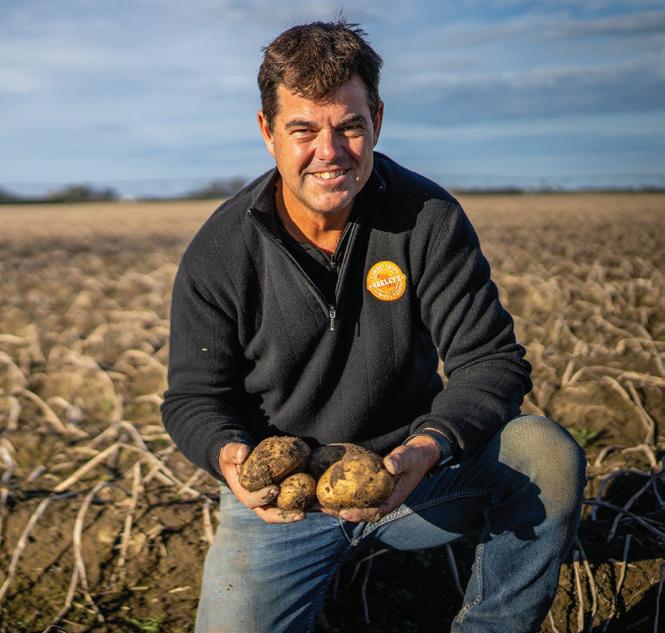
are available, and how they can be used to create exciting and delicious meals.”
There was significantly greater knowledge of diferent varieties and their diferent uses amongst more loyal consumers who eat them twice a week or more.
“For those people who eat potatoes more often, they are tapping into the distinctive and refined flavours and textures of these diferent varieties and how they bring







something extra special to a meal.
“Ultimately, the comprehensive insights from this research have shown us where our priorities need to be focused, including shifting perceptions about the health benefits of potatoes, to unlock opportunities and growth.”
The research was officially launched at Potatoes New Zealand’s Annual Conference in Christchurch recently.





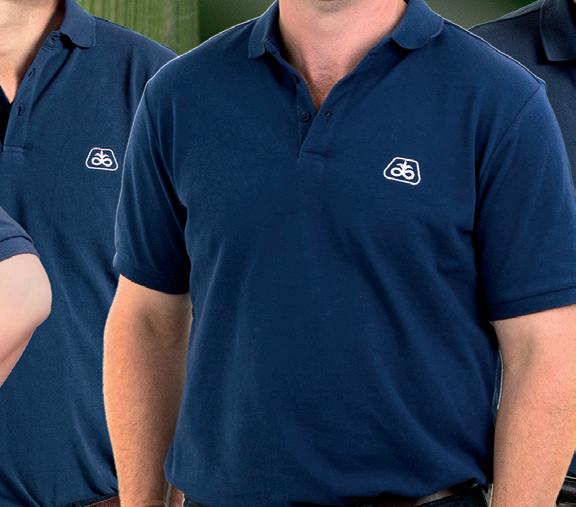






Four-year-old golden retriever, Reed, often accompanies his owner, Ash Pace, UPL NZ Ltd. Regional Manager Central South Island, on field visits.
]
Advertorial supplied by UPL NZ Ltd
That means Reed has extensive experience checking crops for slug damage, and he takes his role seriously.
Ash says, next to looking after clients, ensuring Reed’s safety on the job is a priority. With BioGro certified Ironmax Pro bait he has no concerns.
“It’s much safer for beneficial insects, farm dogs, and other domestic pets. But, when it comes to slugs themselves, Ironmax Pro packs a real punch! It’s a bit of a rural myth that BioGro certified means ‘soft’.
“Naturally, you want a product that is going to perform, and Ironmax Pro does. But there are other considerations. Farmers need to know that while they’re protecting their crops, their animals are protected too. So, if stock break out, or your heading dog is racing around a paddock, they’re not going to come to any harm.
“I would never put Reed at risk, and I have no concerns of him being around Ironmax Pro, otherwise he wouldn’t be out there with me.”
Pieter Van Der Westhuizen, UPL NZ Regional Manager Upper North Island, has
seen plenty of slug damage too. He has a few tips.
“Ideally, you should be monitoring the slug population early, using a damp sack and checking under it regularly. Even one slug can indicate that there’s a problem.
“Looking for dead slugs is not the best way to access a bait’s efficacy. Instead check for crop damage. No damage indicates an effective bait programme.”
Once crops are planted, Pieter says Ironmax Pro should already be on the ground.
“Slugs are aware of seedlings, even as plants are just breaking the surface. By the time slugs are feeding on emerging seedlings, it’s too late.Seedlings damaged by slugs usually won’t recover. The goal is to protect the crop. Once feeding damage has stopped, that’s been achieved. We don’t have to see dead slugs to know we were successful.”
Pieter says, Ironmax Pro is highly attractive and palatable. It will also be the slugs’ final meal. “Slugs prefer the bait to seedlings and won’t stop until they’ve consumed a lethal dose. At that point, slugs will go back underground to die.”
Slugs have an acute sense of smell.
Ironmax Pro plays on that, and slugs’ voracious appetites.
Pieter says slugs are attracted by the appetising smell of Ironmax Pro, which contains Colzactive® technology, containing specially selected oil seed rape extracts –slugs’ favourites. Twenty different plant species were evaluated before ultimately selecting two molecules slugs found irresistible.
“They’ll eat Ironmax Pro – even in preference to seedlings or kale – and won’t stop until they’ve consumed a lethal dose.” At that point, slugs go back underground to die.
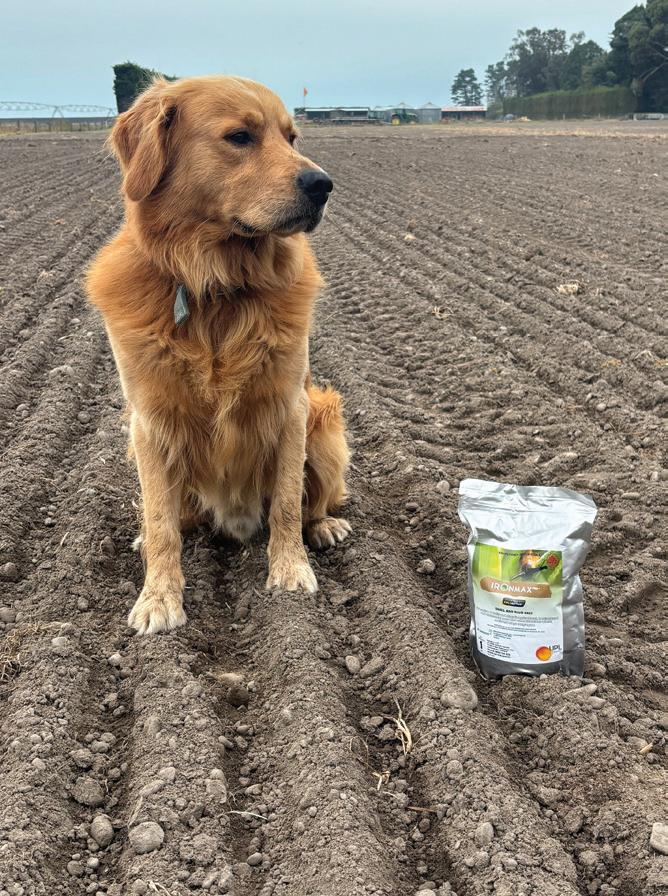

Four-year-old golden retriever reed nailing slugs and protecting crops and animals.
“It’s money spent on sowing, fertiliser, irrigation, fuel and labour wasted if you don’t think about slug control pre or when planting. Slugs are right up there with grassgrubs in terms of potential damage.”
For more advice on Ironmax Pro talk to your to your technical advisor or contact Ash Pace, UPL NZ Regional Manager Central South Island, on 021 987 735, or see Reed and Ash on the UPL NZ Facebook page.













A scholarship programme run by the Ministry for Primary Industries (MPI) has started producing the next generation of on-farm advisers.
] Article supplied by MPI
Ffion White was one of the inaugural recipients of the On Farm Support Science Scholarship and is now an intern with Ballance Agri-Nutrients in the Manawatu-Whanganui region.
“I’m getting to work on-farm alongside Ballance’s nutrient specialists. My role is about helping farmers improve their soil, grow better quality pasture and crops, and become more productive and profitable,” White said.
“The scholarship was hugely beneficial. I had a mentor from MPI’s On Farm Support team who invited me to industry field days and events. It helped me meet people in the sector which came in handy when I started looking for a job.”
White, who completed a Bachelor of Agricultural Science at Massey University, is one of four scholarship recipients who have secured primary industry advisory roles. Another is Nerissa Edwards, who now works as a farm consultant with Feilding-based KS Agri.
“Every day is different. I find it hugely rewarding working with farmers to create individual plans to drive improvements in on-farm efficiency, profitability, and sustainability,” Edwards said.
“The scholarship enabled me to build connections within the advisory sector. That led to a six-month internship with KS Agri and eventually a role as a consultant.”
MPI launched the On Farm Support Science Scholarships in 2023. MPI’s director of On Farm Support, Vanessa Winning, says applications are now open for next year’s scholarships.
“Six scholarships, worth a total of $30,000, are on offer for the 2026 academic year to tertiary students enrolled in relevant agriculture, horticulture, science, or viticulture degrees,” Winning said.
“We’re seeking applications from students who have a genuine interest in pursuing a career in either the agriculture, horticulture, or viticulture advisory sector. Applicants must have completed their first year of study.” Winning said there’s strong demand for on-farm advice backed by science and analysis that can support producers to adapt and improve business performance.


“MPI is backing initiatives that support farmers and growers to sustainably boost productivity and profitability, helping to achieve the Government’s goal of doubling the value of exports by 2034.”
Applications for the scholarships close on 15 September 2025. Further information is available on mpI’s website: www.mpi.govt.nz
















Pasture weeds quietly erode farm profits every year.
] Advertorial supplied by
] Redback Global Ltd
Species like Californian Thistle, Scotch Thistle, Rushes, Tussock, and Nettle compete directly with valuable pasture, reducing feed quality and lowering stocking rates. What looks like a green paddock can actually be costing thousands of dollars in lost production.
Research from AgResearch has shown that thistle-infested pastures can lose up to 50% of their production. That translates directly into reduced weight gains and milk production, losses no farmer can afford to ignore.
Traditional methods of controlling weeds each come with limitations. Broadacre spraying can work on low-growing species, but it requires large amounts of chemical, careful calibration, and carries the risk of stunning the pasture.
Spot spraying is effective for small infestations, yet it is time-consuming and can still damage surrounding plants. Mowing can suppress thistles and rushes, but it removes valuable grass along with the weeds, reducing feed availability.
Weedwiping offers a more targeted approach. By applying herbicide only to taller weeds, it leaves pasture untouched while using up to 70% less chemical than broadacre spraying. A 50-litre tank typically covers 12 to 30 acres, depending on weed density.
Californian Thistle is one of New Zealand’s most costly pasture weeds, spreading rapidly through its creeping roots. Spraying often only kills the top growth,
leaving the roots intact. Weedwiping works best in mid to late summer, when the plant naturally moves nutrients down to its roots, carrying the herbicide with it. Applying herbicide at this stage allows it to reach deep into the root system, delivering strong, long-term control.
Dense patches may require a second pass at right angles to the first, but with persistence, farmers report significant reductions year on year.
Other weeds also respond well: Scotch Thistle is best wiped in spring to early summer before flowering, while rushes and tussock can be hit whenever they stand above the sward.
Tips for success:
• Graze paddocks first so weeds stand taller than the pasture.
• Apply herbicide in cooler parts of the day to avoid evaporation.
• Allow at least six hours before heavy rain.
• Expect to use around 0.4–1 L of chemical per hectare, far less than broadacre spraying.
The Redback Weedwiper is built for New Zealand conditions, with a doublewick system that delivers chemical directly to weeds while leaving grass untouched. Farmers consistently report excellent results with significantly less herbicide, making it a cost-effective and environmentally smarter choice.
to see it in action with videos, farmer feedback, and proven results: visit www.redback.co.nz or phone 0800 55 11 55.
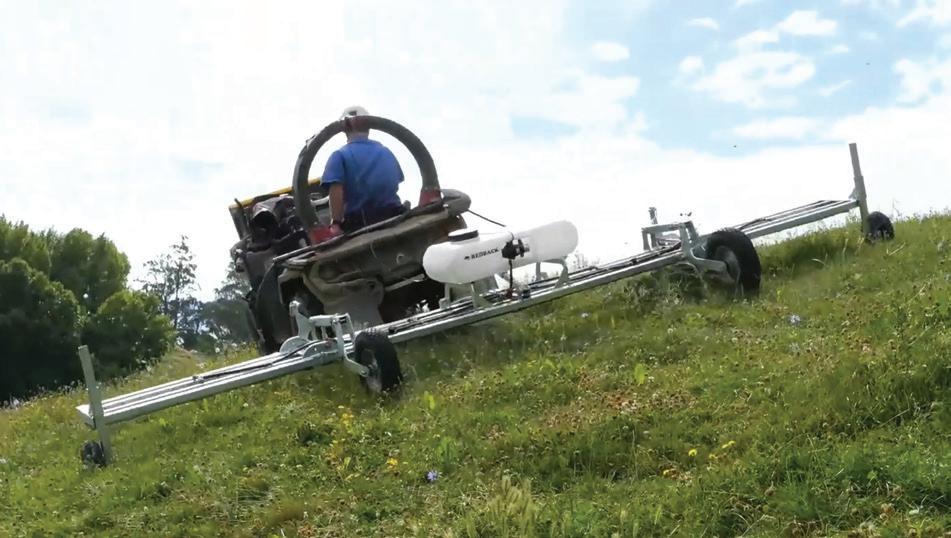

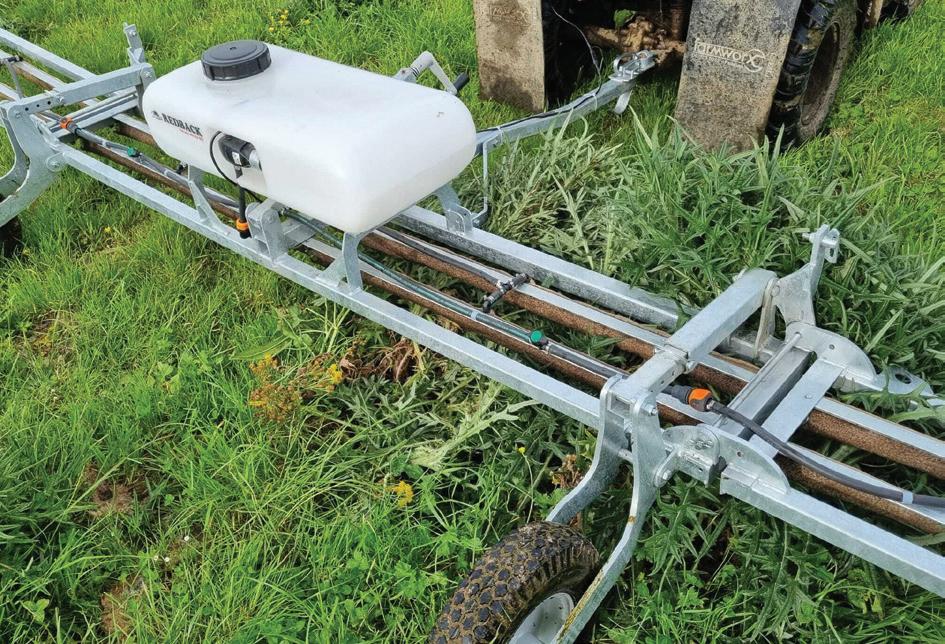

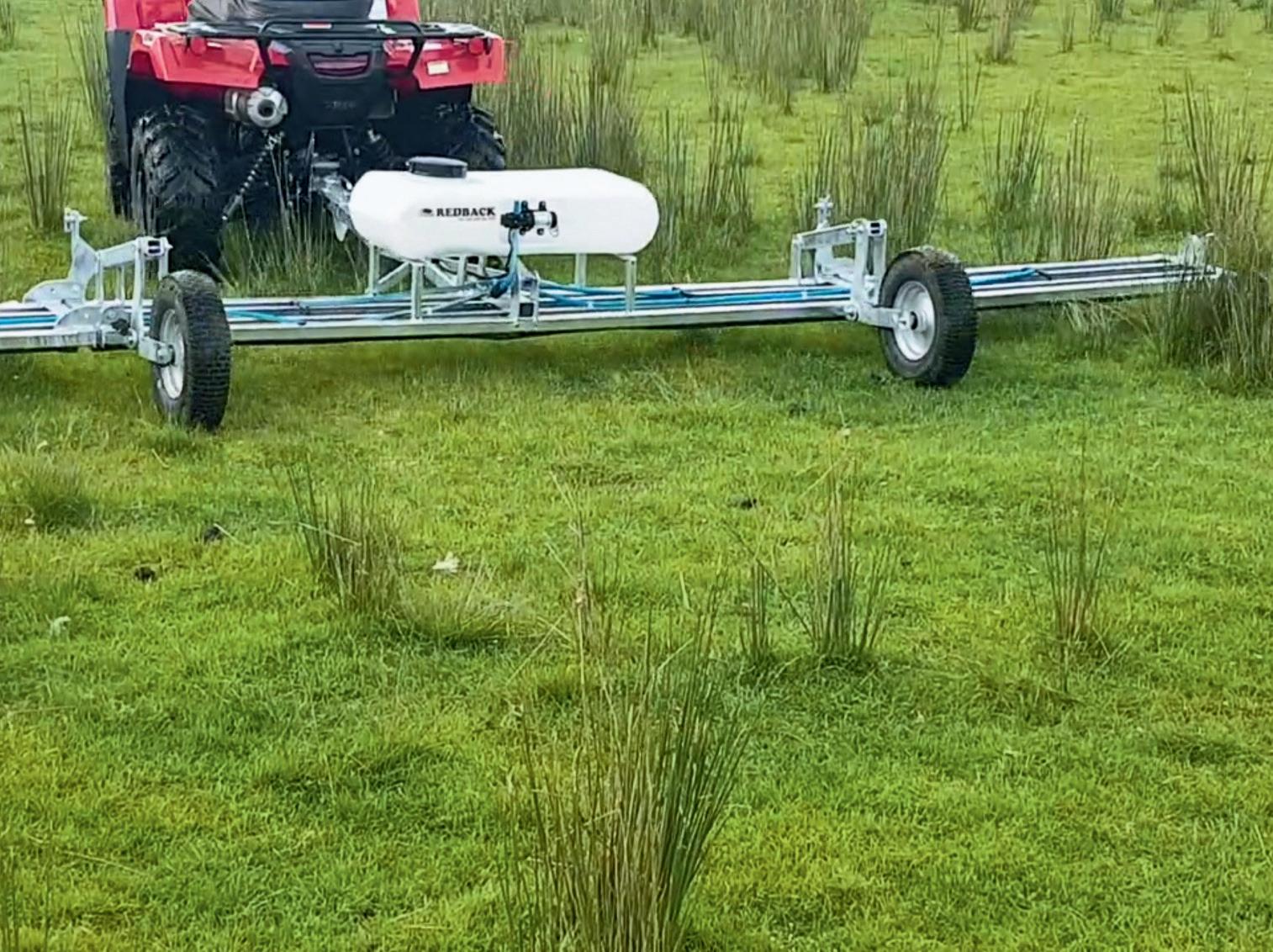



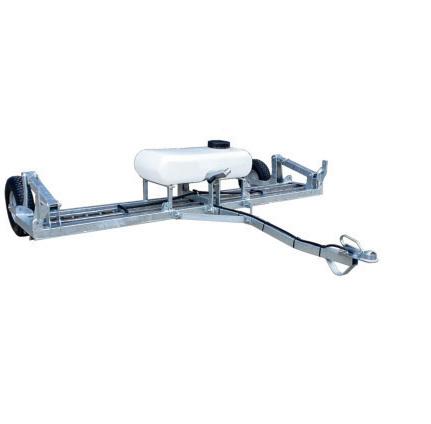





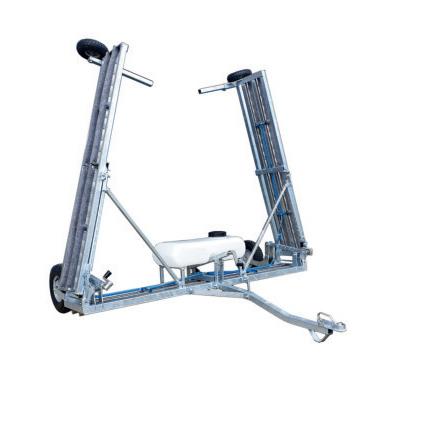




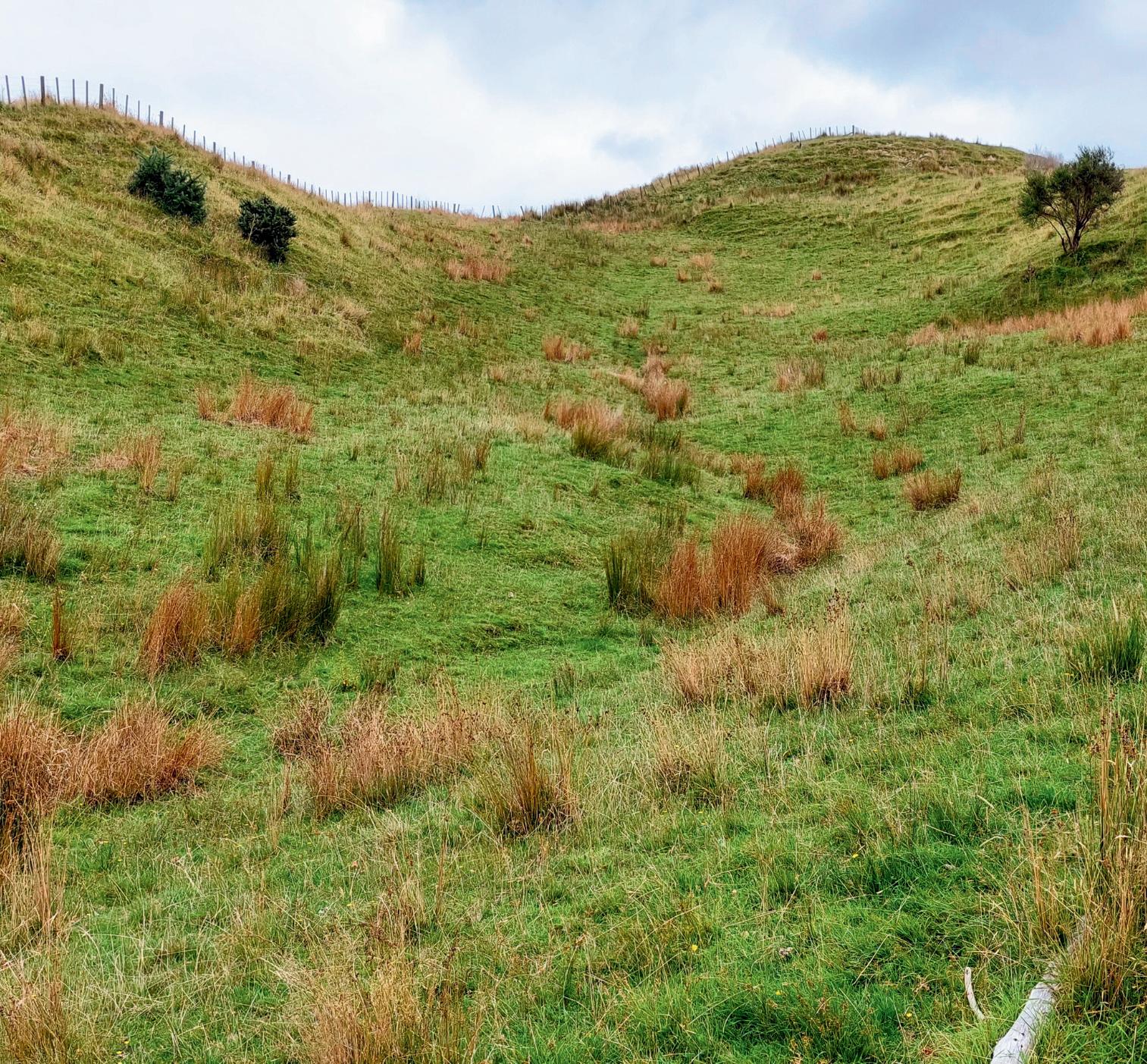

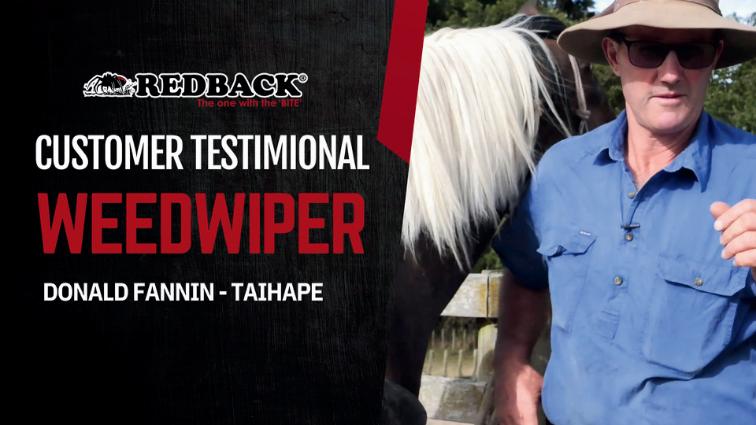

The Government’s decision to approve only a 2.5 per cent increase in Recognised Seasonal Employer (RSE) accommodation cost recovery directly undermines its own ambition to double export values by 2034 and the horticulture sector’s goal to double farmgate value.
] by Kent Caddick
That’s according to Horticulture New Zealand (HortNZ) chief executive Kate Scott.
“New Zealand’s horticulture sector can’t grow exports without the labour to pick, pack and process our produce, and you can’t secure that labour without fair and sustainable cost recovery for accommodation,” Scott said.
“Accommodation charges have been frozen for six years, while it’s no secret that
construction, operational and compliance costs have soared. Many growers have invested significantly in lifting standards, and they are committed to ensuring workers are housed safely. That commitment now comes under increased financial strain.”
Scott said independent economic analysis from Infometrics has determined a fair and evidence-based accommodation rate.
“The Infometrics analysis took into account real-world costs across regions, as
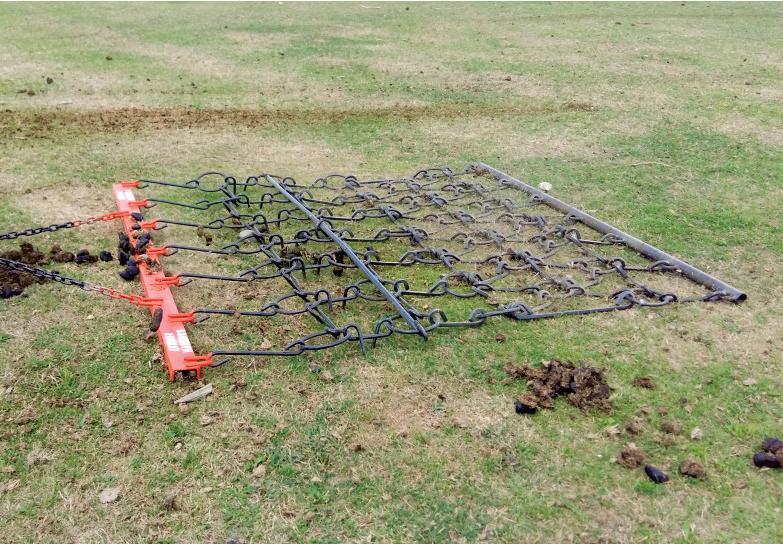
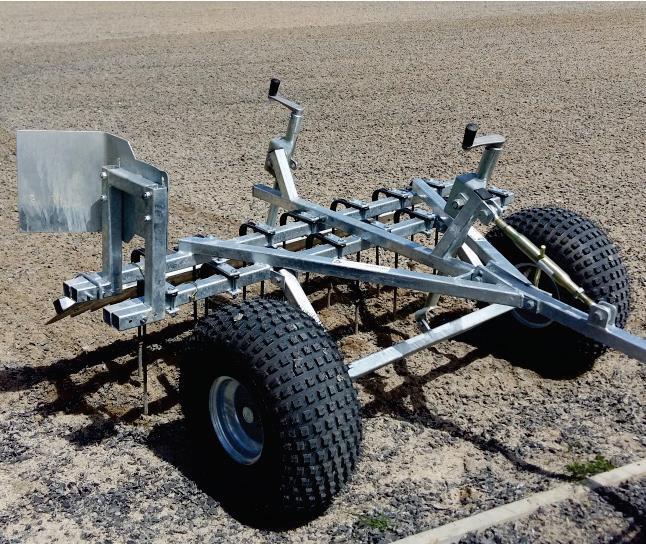


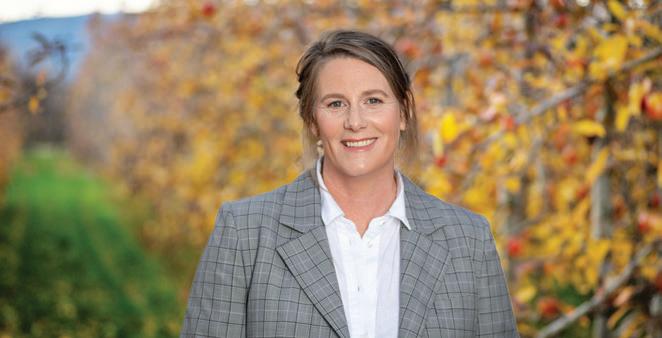
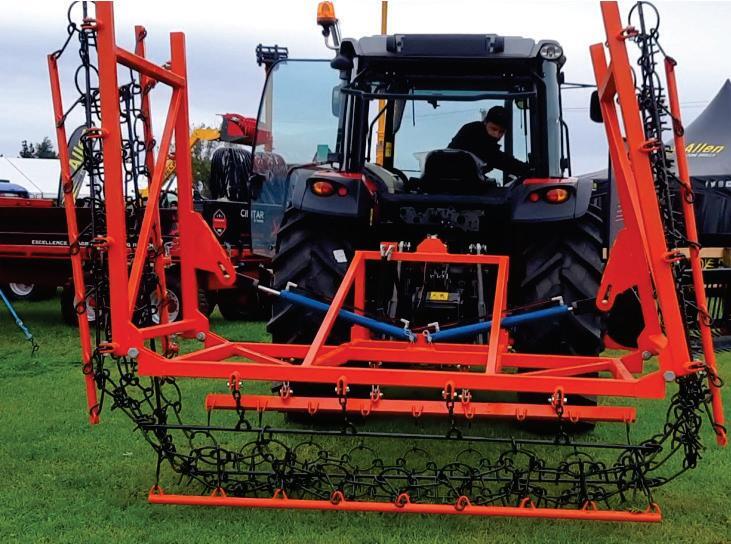
Disappointed: Horticulture New Zealand chief executive Kate Scott says New Zealand’s horticulture sector can’t grow exports without the labour to pick, pack and process the produce.
well as the need to keep contributions from workers reasonable, typically no more than 30 per cent of their income.
“We urge the Government to revisit the methodology for setting these rates and ensure that future changes are based on transparent, verifiable cost data.”
She said New Zealand’s RSE scheme is a success story built on mutual benefit, delivering essential seasonal labour for growers and economic opportunities for Pacific communities.
“To protect that success, we need settings that are fair, future-proofed and sustainable for both employers and workers.
“To further strengthen the scheme, we’ve helped establish Whanau Moana Nui, meaning ‘family of the Pacific’.
“This pilot initiative is designed to set a world-class benchmark for industry-led, government-enabled labour mobility that reflects our shared values.
“That means doing right by our workers, fostering mutual respect and meeting the expectations of consumers and trading partners,” Scott said. Information supplied by Horticulture New
For

Questar with Inatreq active offers a unique mode of action for persistent curative and protective control against all Septoria strains.
Using our patented i-Q4 formulation, it provides near 100% leaf coverage and high flexibility in application, delivering robust, market-leading protection so you can secure your yield and the future of your farm.




Article supplied by NZ Groundspread
Fertilisers Association
Groundspread NZ (NZGFA) was established in 1956 to promote and protect the interests of both individuals and companies involved in the groundspread fertiliser industry.
The Association is made up of 110 voluntary members from throughout New Zealand, with each member committed to promoting best practice fertiliser placement.
Precision placement of fertiliser requires skilled operators, sound spreading equipment and appropriate fertilisers.
Groundspreaders are typically the first step in ensuring on-farm productivity, by spreading nutrients accurately and evenly, using the latest technology, finely calibrated vehicles, and highly trained operators.
Groundspreaders help farmers and growers get the best out of their nutrient spend.
The skill involved in groundspreading means that food production in New Zealand gets the best start possible.
Farmers and growers can visit www. groundspreadnz.com to find a spreader in their area, learn more about how the Association supports members to operate at the
high level that they do, and learn more about the Spreadmark scheme.
Spreadmark, established by Groundspread NZ (NZGFA) in 1994, was born from a commitment by the Association’s members to improve spreader performance and outcomes for their clients and the environment.
Proper placement of fertiliser is of considerable agronomic benefit to farmers and growers and helps protect the environment from the undesirable side effects of poor fertiliser spreading practices.
The data from the scheme’s auditor (QCONZ) highlights solid growth in the bout width capabilities of spreader units.
In 10 years, spreading widths have increased from 19 m to 27 m for most products, so farmers can be assured their product placement is accurate and that fewer runs of the paddock are required to reduce application costs.
The Spreadmark scheme is governed by the Fertiliser Quality Council, with representatives from Federated Farmers, Groundspread NZ, the NZ Fertiliser Association, the NZ Agricultural Aviation Association and Fertmark registered fertiliser companies working together to adapt and improve the scheme.


www.groundspreadnz.com to find
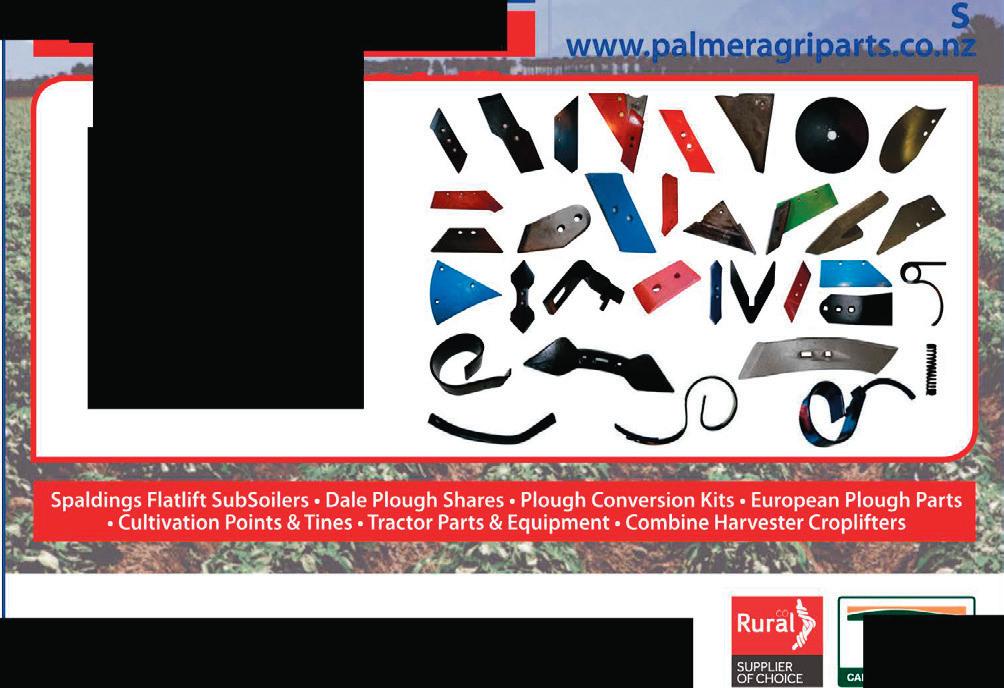


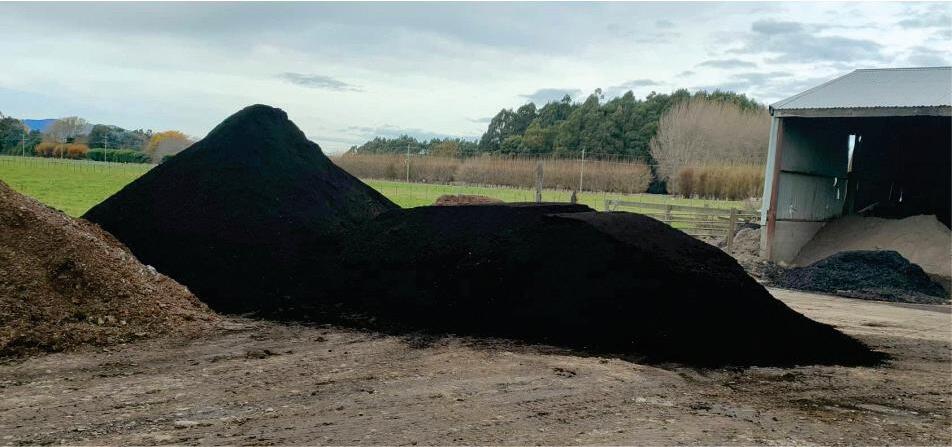
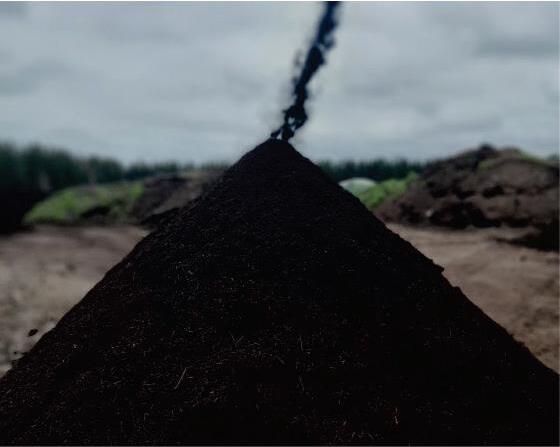




Around 95% of dairy farms discharge effluent to land under the permitted activity rule, while the remainder work under consents to discharge treated effluent to water.
Waikato Regional Council
Farm dairy effluent is a natural, dilute liquid fertiliser. It contains nitrogen (N), phosphorus (P), potassium (K), magnesium (Mg), sulphur (S) and trace elements that you’d normally pay for to have applied to pasture.
Think of dairy effluent as a resource, not waste. The average dairy herd (244 cows) produces the same amount of effluent as a town with about 3400 people.
When spread over land and applied in timely fashion, the effluent of 100 cows can save farmers up thousands of dollars in fertiliser a year.
This saving could be significantly higher for high input farms (for example, farms feeding supplements).
Applying the maximum amount of nitrogen from effluent allowed per year (150 kg per hectare for grazed grass), dairy shed effluent also provides the following approximate amounts of nutrients:
• 20 kg of phosphate per hectare
• 117 kg of potassium per hectare
• Approximately 20-30 kg of sulphur per hectare
• Smaller amounts of magnesium and calcium
Effluent management systems in place on your farm should give you enough flexibility so that you don’t irrigate when soil is waterlogged (too wet to absorb the effluent) and if there is an equipment breakdown.
Remember to cover water troughs when irrigating effluent.
Protect waterways on your farm by:
• not irrigating within 50 metres of a water supply
• leaving a strip of non-irrigated land next to all watercourses – at least 20 metres wide
• ensuring that spray drift isn’t getting into nearby streams or rivers
Soil acts as a living filter and treats the applied effluent by changing it:
• physically – filtering out effluent particles, breaking them down and incorporating them into the soil structure
• chemically – absorbing nutrients and making them available to plants
• biologically – harmful micro-organisms (such as bacteria) present in the effluent are retained by the soil, or are killed when the effluent dries or when they become exposed to sunlight.
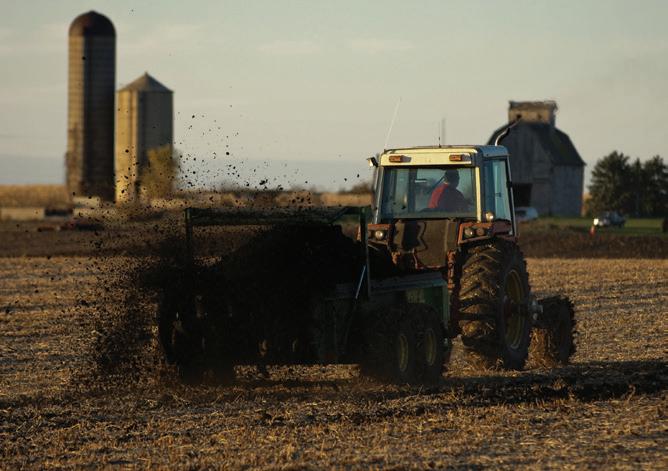
However, don’t apply too much as soil can only filter so much effluent at a time. It’s important to match the irrigation depth to the capability of the soil.
Land with impeded or artificial drainage, high or rising water tables or slopes of greater than seven degrees have a higher risk from over-application, and therefore application depths should be adjusted accordingly to reflect soil and weather conditions.
Too much effluent can:
• kill pasture – especially where effluent has ‘ponded’ on the soil surface
• pollute nearby streams and rivers –where it runs off paddocks into waterways.
• pollute ground water – by seeping too deep into the soil
• be an ineffective use of nutrients – by
Alternative: biosolids can be applied to farmland as a substitute for fertiliser.
seeping past the root zone before the plant can utilise it
Working out how much effluent to irrigate
Although effluent contains many nutrients which can impact on your farm management, it is the environmental effects of nitrogen that determine how much you can irrigate onto land.
Too much nitrogen can reduce pasture performance and reduce water quality in neighbouring waterways.
If you know exactly how much nitrogen is in effluent, you can work out the most effective application rates for your land. Each effluent application must not be more than 25 millimetres deep. How deep you irrigate effluent over an area will depend on how much nitrogen you want to apply.

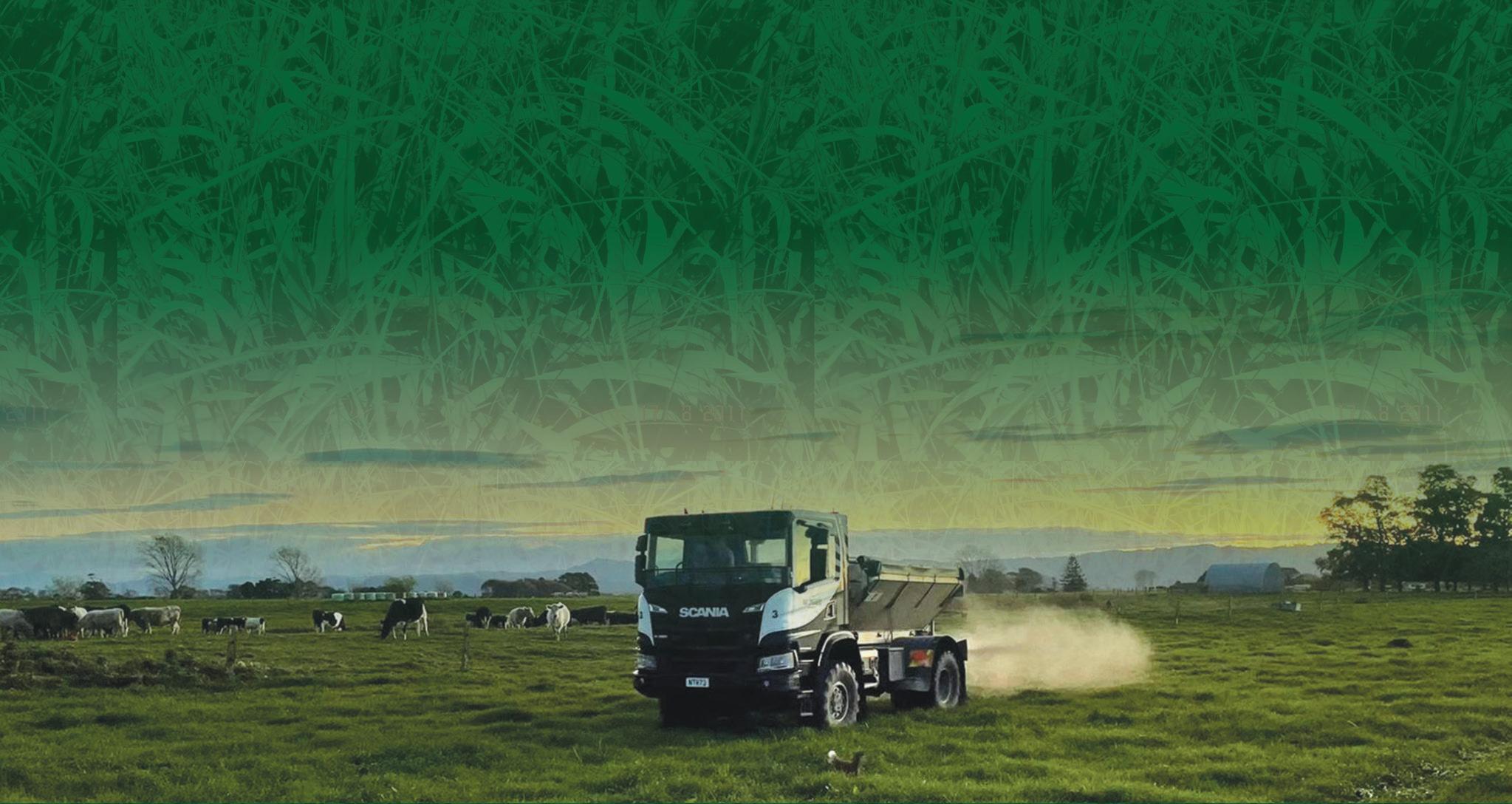





New Zealand dairy farmers know that success doesn’t come from working harder, but from working smarter.
supplied by
At Headlands NZ Limited, we specialise in helping farmers unlock the full potential of their businesses through smart farm technology and connected solutions that make day-to-day decision-making easier, faster, and more profitable with our data platform.
Technology that talks to each other
Modern dairy farming is flooded with data, from cow collars and milk meters, to feeding systems, effluent management, and financial software.
Too often, this data sits in silos, making it hard to see the full picture. That’s where Headlands comes in. We connect the dots.
By integrating technologies like cow wearables, automated drafting gates, walkover weighing, feed controllers, and effluent monitoring systems, we help farmers move from raw data to real insights. Instead of guessing which cows need attention, or relying on paper records, farmers can see live information about cow health, feed efficiency, and milk production—right at their fingertips.
Practical solutions for on-farm challenges
Technology is only as good as the outcomes it delivers. Our approach at Headlands is practical and farmer focused. For example:
Reproduction & Health: Cow wearable technology tracks rumination, activity, and heat detection, meaning healthier herds and improved in-calf rates.
Production & Efficiency: By linking milk meters with feeding systems, farmers can see which cows are performing and adjust rations to maximise return from every kilogram of feed.
Labour Savings: Automation in drafting, milking, and monitoring reduces time in the shed and frees staff to focus on what really matters.
Compliance: Effluent and nutrient systems can be monitored remotely, ensuring compliance while optimising resource use.
A partner in farm success
What sets Headlands apart is not just the technology we supply, but the support and advice that comes with it. Our team understands New Zealand dairy farming and works alongside farmers to design solutions that fit their system, their herd, and their goals.
With a clear focus on improving profitability, animal welfare, and sustainability, Headlands NZ is proud to bring world-leading dairy farm technology to Kiwi farmers: connecting systems, simplifying decisions, and building smarter farms for the future.
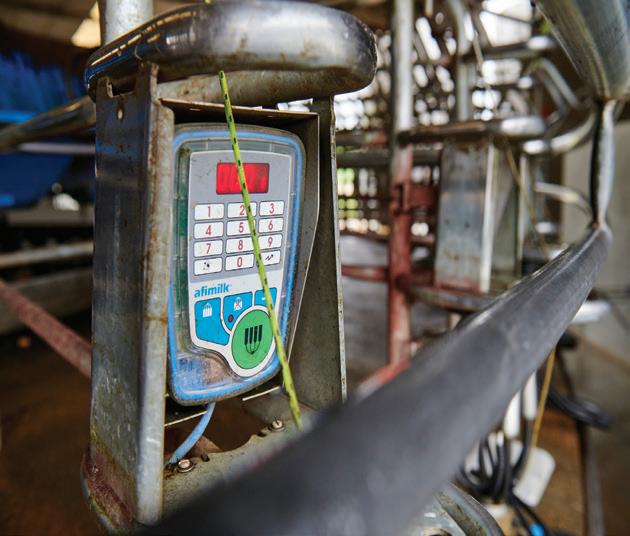

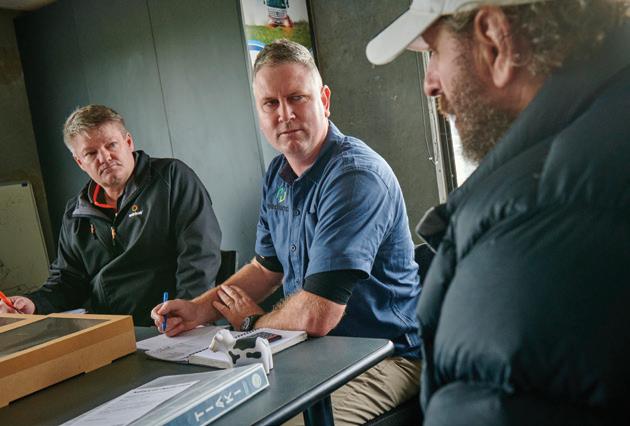









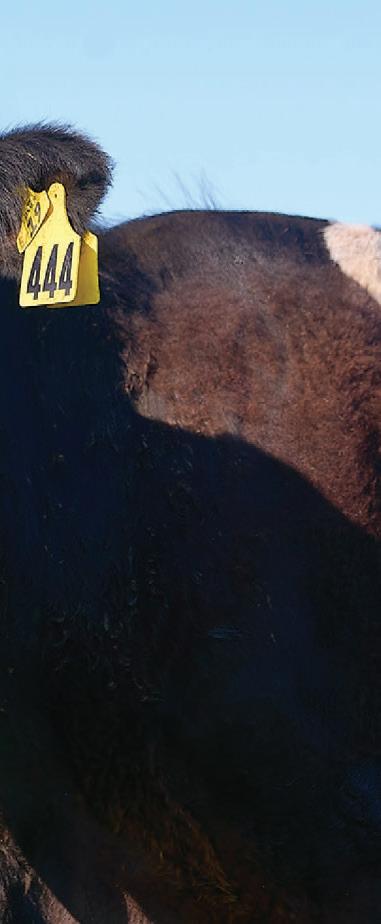
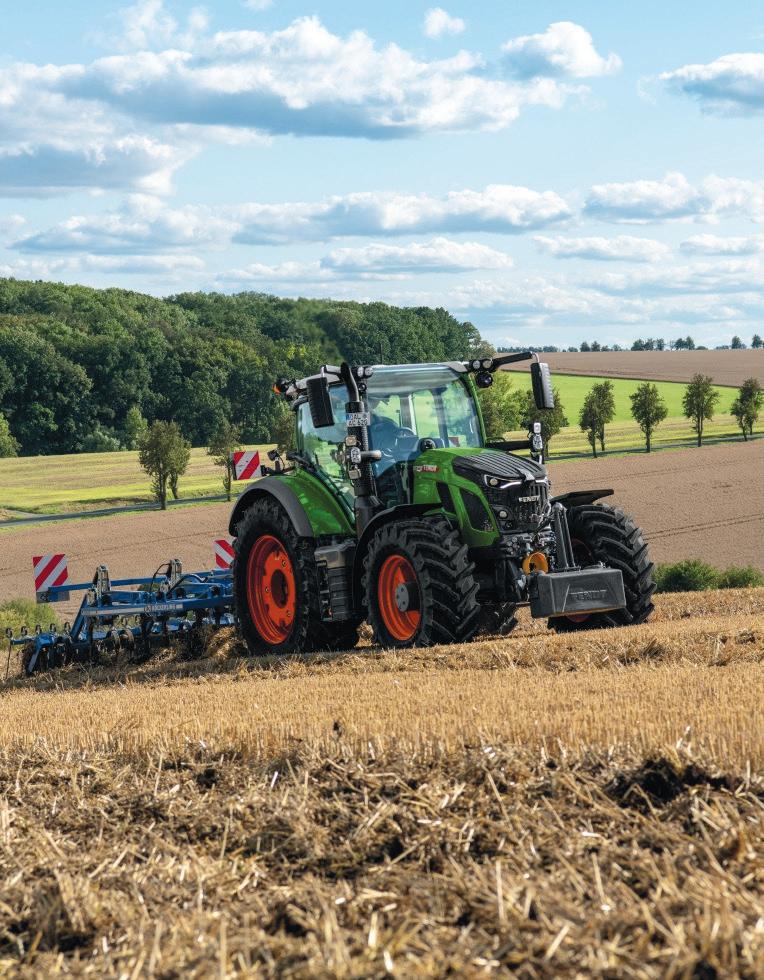










Now onto our fourth generation, and with more than 65 years in the industry, JJ Limited is more than a dealership, we’re your trusted partner on farm.
]
Advertorial supplied by JJ Limited Across Southland, Otago and Canterbury, we understand that the smartest technology must still feel personal, and that’s the same ethos we stand behind when introducing farmers to the Fendt 600 Vario.
When you invest in a brand like Fendt, you’re not just buying a tractor, you’re unlocking greater efficiency, reliability, and operator comfort.
Fendt’s signature Vario stepless transmission, introduced in the mid-1990s, delivers seamless speed control and enhanced fuel economy by eliminating gear changes, making it a leader in productivity and mechanical sophistication.
The Fendt 600 Vario Series heralds a new era in farm technology, blending innovation, efficiency, and safety to meet the escalating demands of modern agriculture.
Fendt, for the first time in the 150-200 hp category, presents a compact and manoeuvrable 4-cylinder tractor with high performance and payload at a low powerto-weight ratio.
The Fendt iD low-engine-speed concept optimises torque at low RPMs (1,200–1,600), reducing fuel consumption, noise, and wear—a significant step forward in cost-effective farming.
Reports underscore the 620 Vario’s distinction in energy efficiency, earning top marks in independent DLG PowerMix tests for lowest diesel consumption, setting a new benchmark in its class. Its 34.4 kg/ hp power-to-weight ratio means nimble handling across tasks—even with heavy loaders attached.
The VarioDrive CVT transmission ensures seamless power delivery to each wheel, maximising traction while minimising soil disturbance through an independent all-wheel drive.
Reducing soil compaction and maximising traction, the VarioGrip tyre inflation system intelligently adjusts tyre pressure on
the go, boosting tractive power by up to 8%, while cutting fuel use by the same margin. Even with such capability, the compact design achieves a 10.2 m turning circle, an asset in confined yards or headlands.
The VisioPlus cab of the 600 Vario stands out with its panoramic glass, offering an upward visibility angle of 77deg and over 72% horizontal visibility, ideal for loader work and field accuracy. Brake comfort is assured with pneumatic (and optional triple-pneumatic) suspension, low noise, windscreen heating, and front/rear cameras that enhance safety and clarity.
Premium seating, complete with multistage heating, cooling, massage, and memory profiles, pairs seamlessly with a cockpit featuring a 10” dash, 12” touchscreen(s), and Fendt Connect telematics, making it possible to align field routines and office planning effortlessly.
The FendtONE system isn’t static, it grows with you. Its open architecture allows ongoing updates and integrations, keeping your machine current, competitive, and valuable long after purchase.
Fendt emphasises longevity and peace of mind. Features like hydraulic tappets, demand-controlled reversible fans, and cleanexhaust systems (DOC, DPF, SCR, no EGR) minimise maintenance and maximise uptime.
Recognized as Tractor of the Year 2025 in the Best Utility category, the 600 Vario’s versatility, fuel efficiency, and user-centric design aren’t just technical achievements, they’re driving industry accolades.
The Fendt 600 Vario isn’t just a tractor, it’s a leap forward. It balances powerful economy, advanced safety, and operatorcentric innovation in a compact frame. For mixed and arable farms, contractors or transport-centric operations, this series offers a transformative blend of efficiency, security, and future-ready capability, a true powerhouse in modern farm tech.
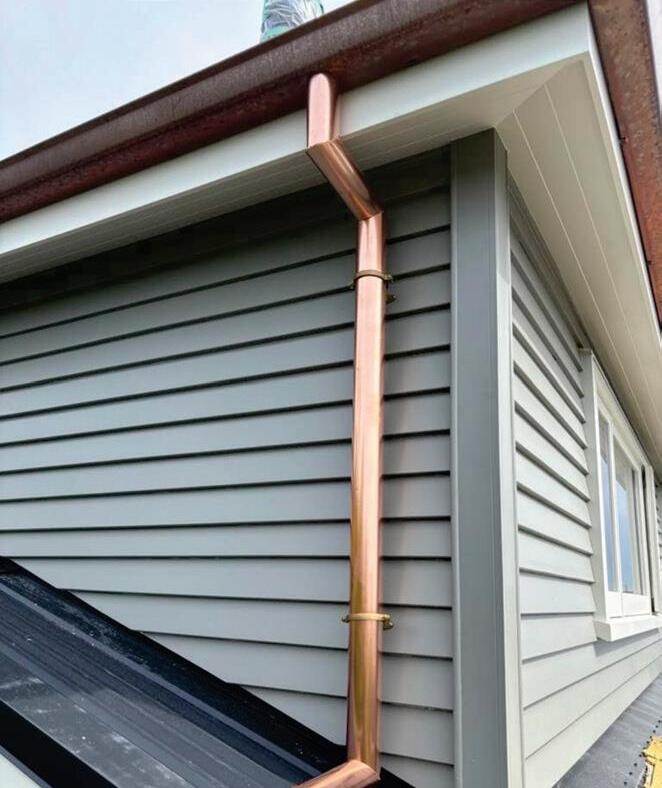


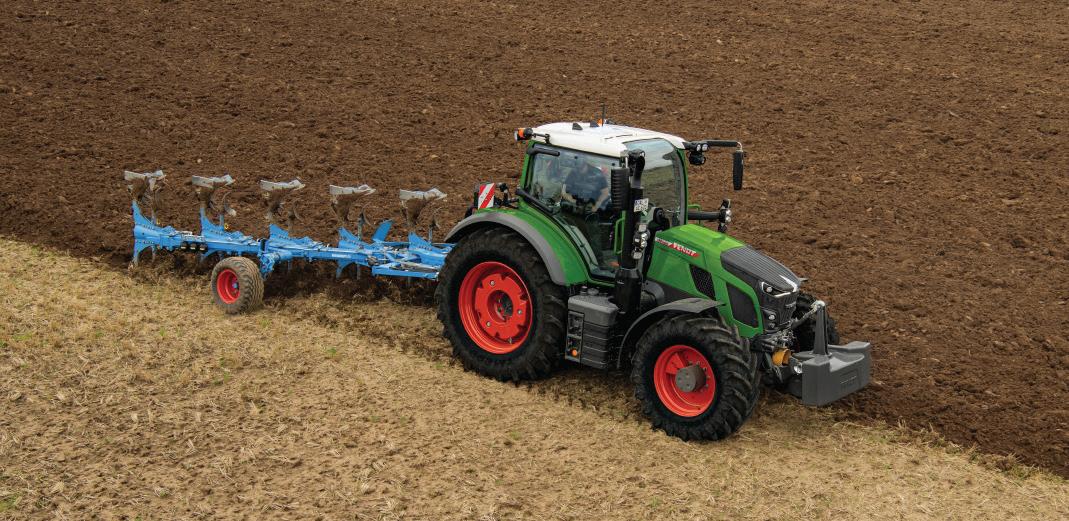

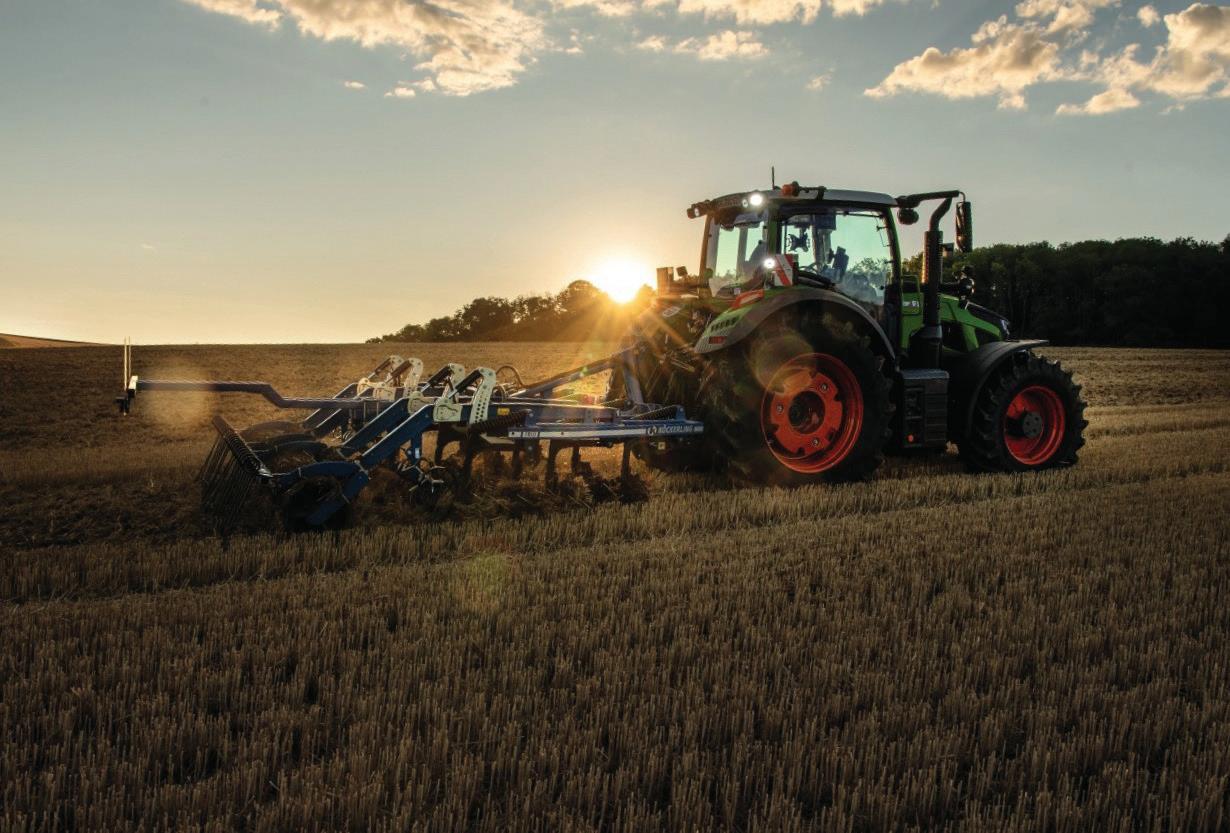
new era in farm technology, blending innovation, efficiency, and safety to meet the escalating demands of modern agriculture.



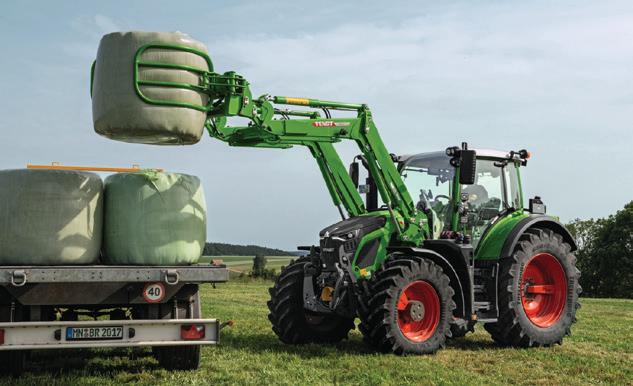








A decision by Kainga Ora to award a multimillion-dollar contract for the supply of wool carpet in its new build and renovated homes is being hailed as a breakthrough for the country’s natural fibre sector.
The selection of locally owned manufacturer Bremworth as a supplier of wool carpet for Kainga Ora’s newly constructed and retrofitted homes will see wool carpet installed in around 900 planned state housing projects annually for the duration of the three-year contract.
Bremworth CEO Craig Woolford said the decision has far-reaching implications for both public sector procurement, the rural community and the broader property development industry.
“This isn’t just a commercial contract, it’s a signal to the entire construction sector that wool carpet meets the durability, safety and sustainability standards expected of any high-traffic housing environment.”
He said government agencies like Kainga Ora are seen as setting the benchmark for the wider industry.
“Wool has now passed one of the most stringent testing processes in the country. It’s proof that when put on a level playing field, New Zealand-made natural fibres can not only compete, but they can also win.”
The contract announcement follows extensive industry lobbying and sector advoca-

cy, which pushed for wool manufacturers to be able to pitch for government building projects.
Woolford said while the production volumes for the Kainga Ora contract represent a relatively small portion of Bremworth’s total capacity, the strategic value is enormous.
“To produce the annual wool carpet requirement for the Kainga Ora contract you’re looking at approximately 95 tonnes of wool, the annual fleece of around 25,000 New Zealand sheep. It’s a demonstration of the potential scale of opportunity for our wool sector.”
“It also opens the door for broader adoption in schools, commercial fitouts and private homes.”
He said beyond the public housing win, Bremworth is already seeing positive movement in the private sector because of the announcement.
“We’re now actively being invited to present wool carpet solutions to property developers and construction firms involved in Kainga Ora builds, and those working on private developments. It’s giving us access to projects that had previously defaulted to synthetic solutions.
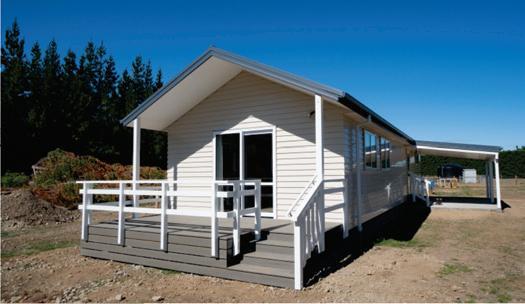




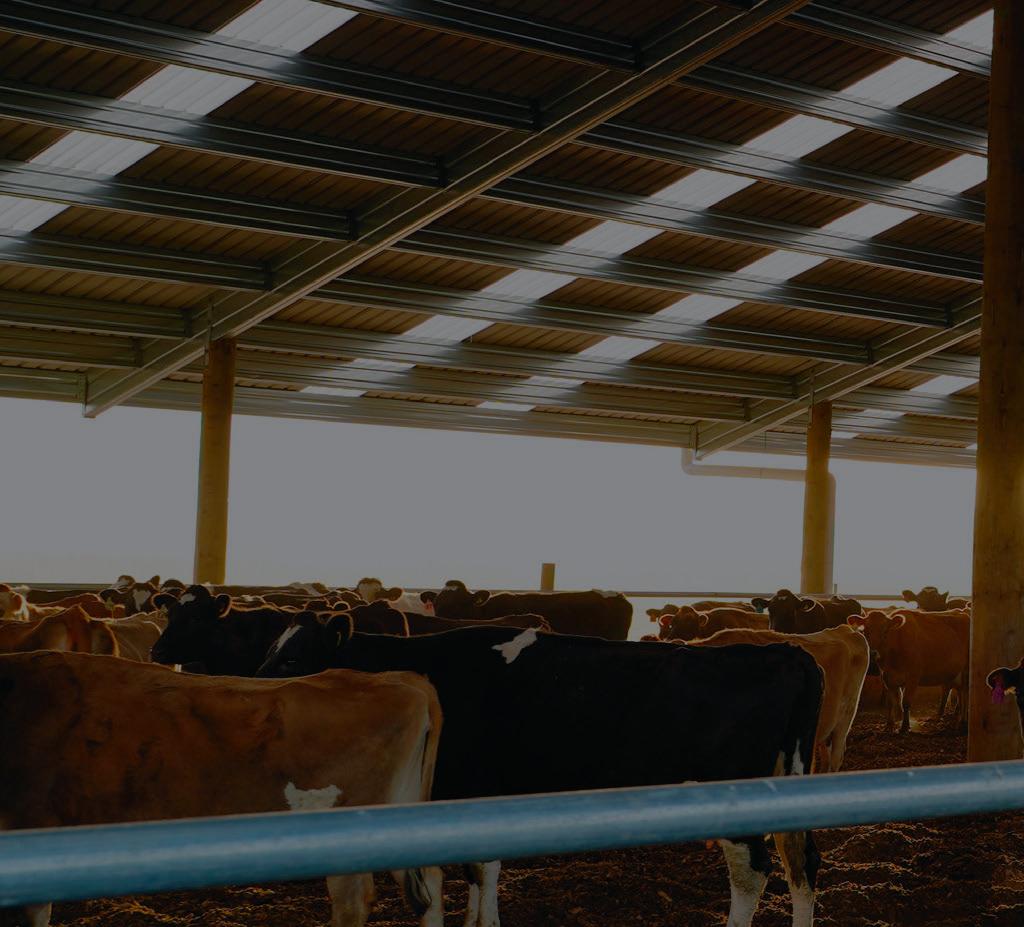
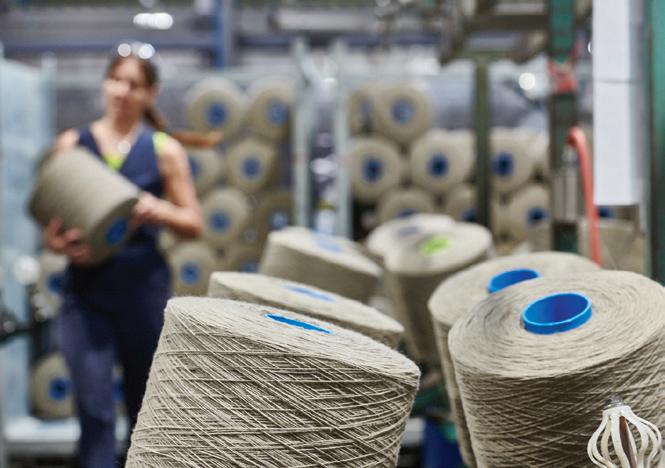
“This is an important milestone, but also just the beginning of a much bigger conversation about the role of New Zealand wool in our built environment.”
Federated Farmers is describing the wool carpet decision as a ‘parachute’ for wool growing farmers and more needs to be done to support the sector.
Federated Farmers meat and wool chair Toby Williams said Kainga Ora’s decision to use wool carpet in its social housing is a massive win for wool growers but won’t be enough to save the industry on its own.
“Our wool industry is in major freefall, and this move from Kainga Ora is the parachute we desperately need,” Williams said.
“This will slow our drop a bit but, in reali-
Right direction: Wool carpets produced by New Zealand manufacturer bremworth being used in Government housing builds is a boost for woolgrowers but Federated Farmers is calling for more support for the sector.
ty, what we really need now is an updraft to lift wool back up into being the number one fibre globally.”
He said the decision was certainly a massive step in the right direction and was the result of a massive collaborative effort across the entire wool industry.
“We recently launched our ‘SOS: Save Our Sheep’ campaign to hammer home the message that we need urgent action if we’re to keep our sheep and wool industry from collapsing entirely.
“Farmers are sick of woolly ideas, they want solid actions like this.”
Kainga Ora will transition to using wool carpet in its new homes from this month, when the supply arrangements come into effect.
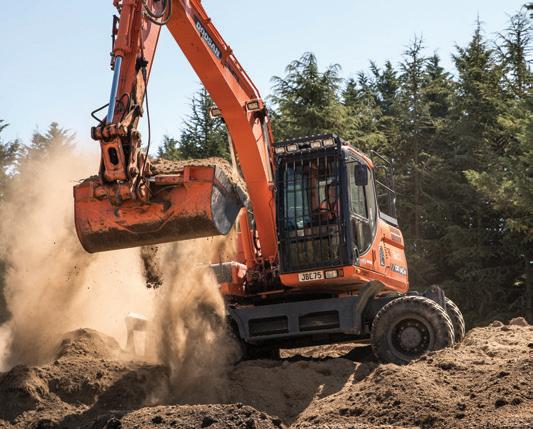



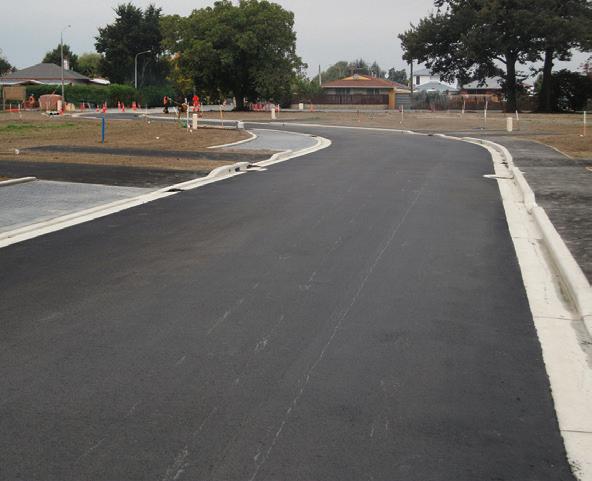

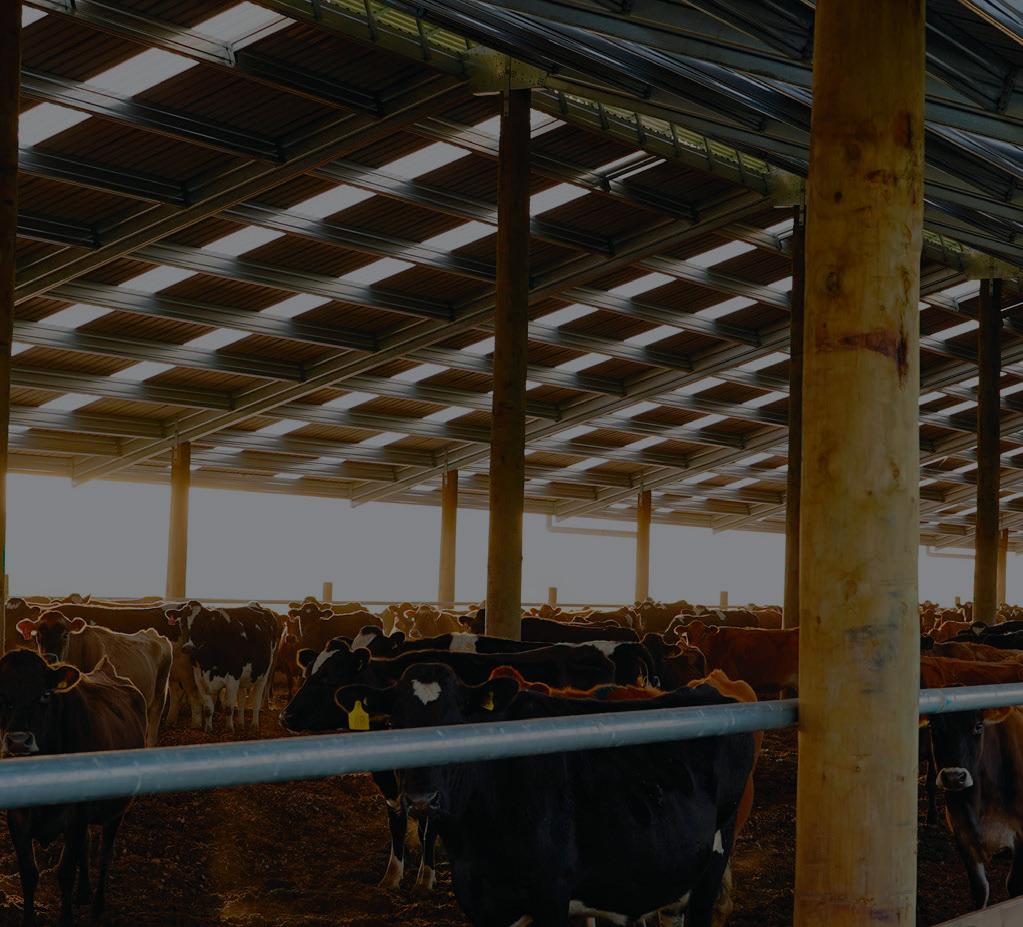
Our Aztech composting barn has been one of our best investments. It’s transformed our wintering system, with 100 per cent utilisation and the confidence to milk right through into June.

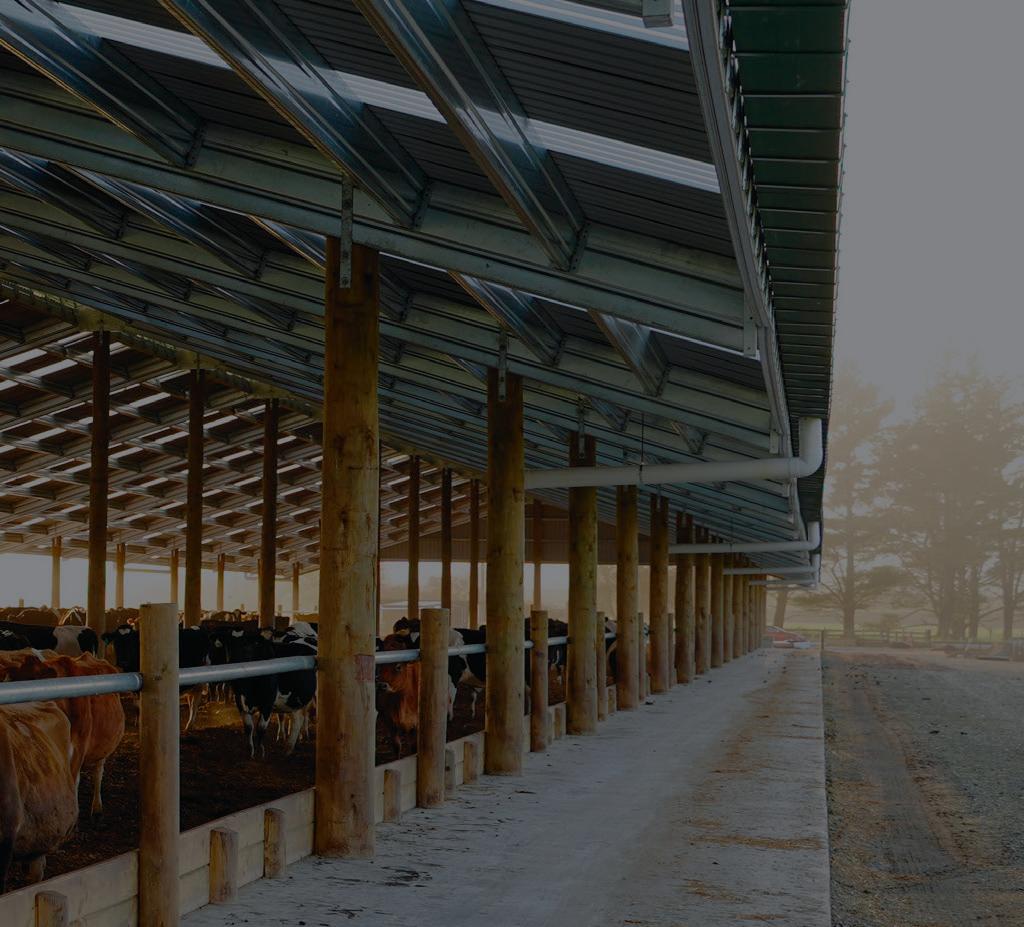
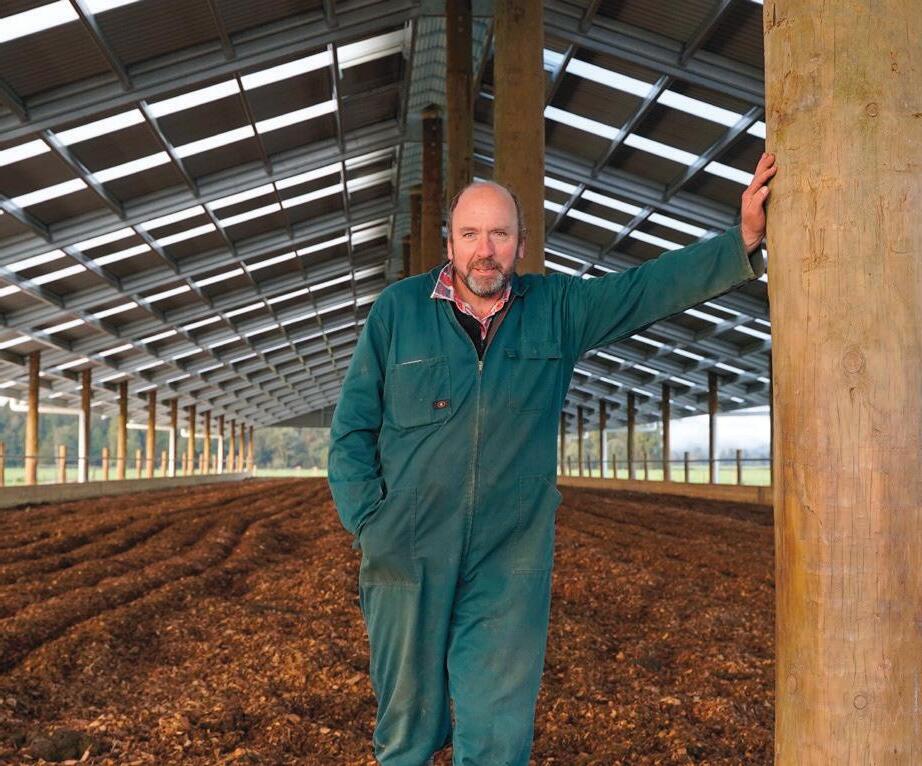
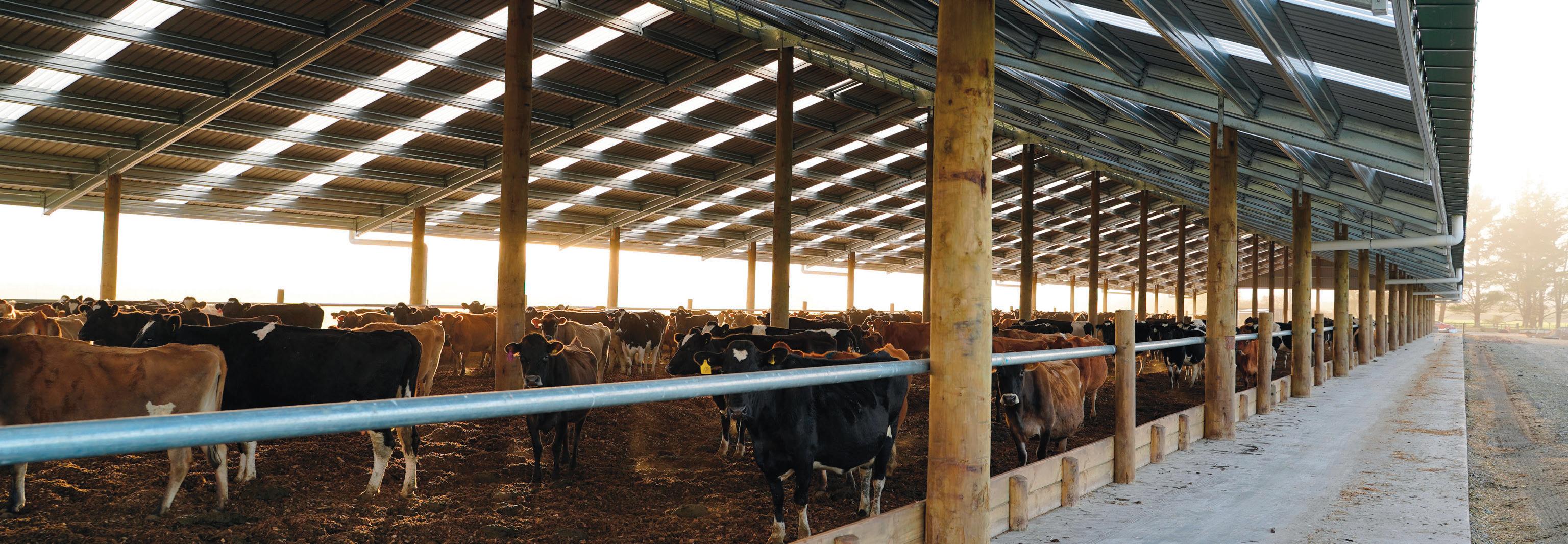






NZ Containers is a New Zealand-owned family business with a small team dedicated to selling, hiring, and moving shipping containers throughout New Zealand.
NZ Containers owner and operator Mark Potter said we pride ourselves on our friendly and personalised customer service.
Whether you’re wanting a shipping container for three months or 30 years, on your farm, home or business, we can tailor a solution that meets your needs. Hire or buy, the choice is yours.
Based in Canterbury, NZ Containers has a growing number of satisfied customers throughout the South Island who have utilised NZ Containers extensive network of transport partners to ensure quick hasslefree delivery of their containers.
Shipping containers are robust, durable and versatile units, and can be turned into practical spaces such as craft rooms, workshops and even retail stores or coffee shops.
“As long as your imagination and budget allow it, the possibilities of utilising shipping containers for your needs are endless,” Mark said.
What shipping container modifications are available?
NZ Containers offer new and used 20ft and 40ft containers, all of which are suitable for
modification projects, depending on your needs and specific use.
You may opt to use one size or combine them for larger-scale applications, such as portable buildings or workshops. Not only that, but you can also opt for standardheight containers or high-cube containers for greater capacity and increased options.
Say goodbye to walls and hello to new door and window possibilities. Whether you’re allowing more natural light, improving ventilation or installing roller or sliding doors, our specialists can help make your shipping container modification idea a reality.
Among the modification options are:
A common request is to modify a new build 20 foot shipping container and install a roller door for side access with the option to install electrical power points and lighting.
This is a really popular configuration for: Agricultural Storage; Onsite Workshops; Garden Sheds and Secure lockups.
This unit comes complete with a Warrant of Electrical Fitness (EWOF). Simply con-

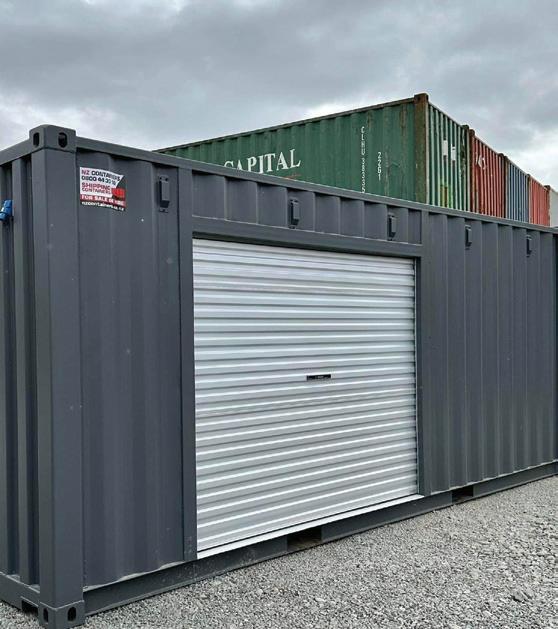

nect your container to the mains via a caravan electrical plug and you have lighting and single-phase electricity via two internal power points.
Modified 40 foot shipping container triple roller doors
For those with larger storage requirements, a modified 40ft shipping container with triple roller doors is a fantastic option. This allows for the container to be divided but you retain access, without the heavy shipping container doors.
A popular configuration for: Container Shelters; Farming Workshops; Secure Construction Storage.
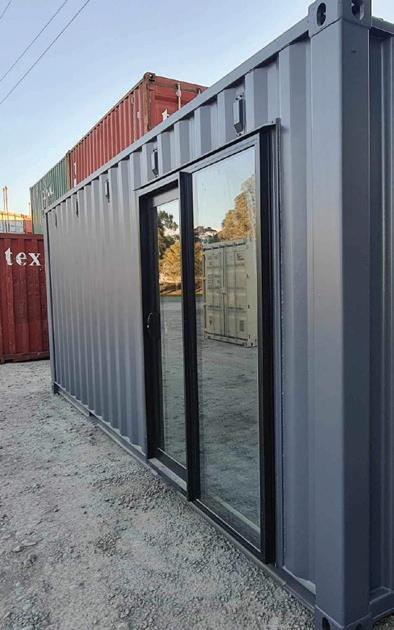

Modified shipping container ranch slider
Modifying a shipping container with a glass sliding door that we affectionately call a “Ranch Slider” turns a metal box into a versatile room.
This is a really popular configuration for: Site offices; Farming cabins; tac rooms or craft rooms. Simply line and insulate it and the world is your oyster.
With depots in Canterbury, Greymouth and Westport you can buy with confidence and view your container prior to delivery. Give the team a call or grab a quote online at nzcontainers.co.nz

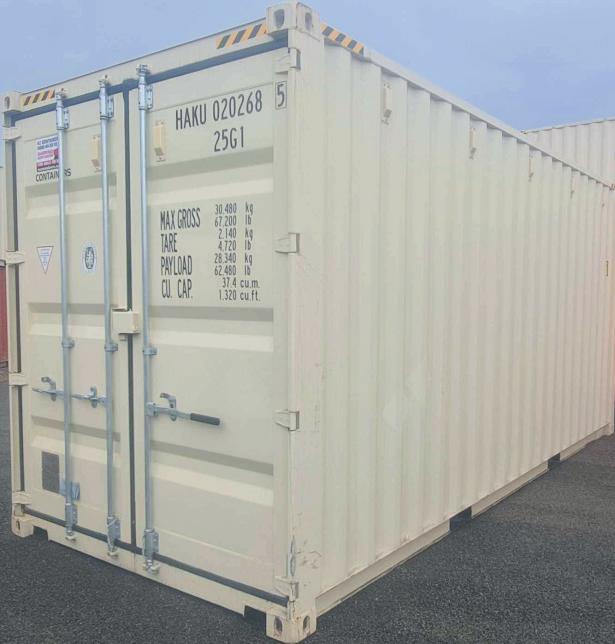




A group of New Holland customers from New Zealand have just returned from a once-in-a-lifetime trip to Europe to visit some of the brand’s key product development and manufacturing sites.
] Article supplied by Giltrap Agrizone
The group of eight customers travelled to Europe at the end of July with owner of New Holland dealer Giltrap Agrizone, Andrew Giltrap, and some of his staff.
The customers all own New Holland FR forage harvesters, and had the chance to visit St Valentin, Austria, for a factory tour to see New Holland tractors constructed, before moving onto Belgium and the New Holland manufacturing facility in Zedelgem where the brand’s forage harvesters, combines and large square balers are built. Here, the group enjoyed a tour, discussions with the technical, engineering and innovation teams, as well as technician training and local field visits.
The European visit was made possible by Giltrap Agrizone, with the support of New Holland, designed to give forage harvester customers a unique factory and training experience, highlighting the level of innovation and precision that goes into the development and manufacture of New Holland’s forage harvesters.
Andrew Giltrap said he hadn’t taken cus-
tomers to these European factories before, but I have sent staff there for training and have seen how the experience has increased their understanding and confidence.
“I could see the value in a visit like this for our forage harvester customers, because this is a machine that has so much potential, so to be able to take them over there for training and to talk to the technicians, it’s going to enable them to get the most out of their foragers and really fine-tune their performance.”
Customer John Clark said the trip had really opened his eyes to how much went into the manufacturing process and it had been valuable to see how the factory operated and meet the people behind the process.
“It was a really brilliant trip, and something I can now tick off my bucket list. The factories were a great experience, and it was so interesting to see them operating and see the manufacturing process from start to finish,” Clark said.
John and son Matthew have John Clark Contracting at Otorohanga, south of Hamilton, where they have a fleet of tractors, bal-
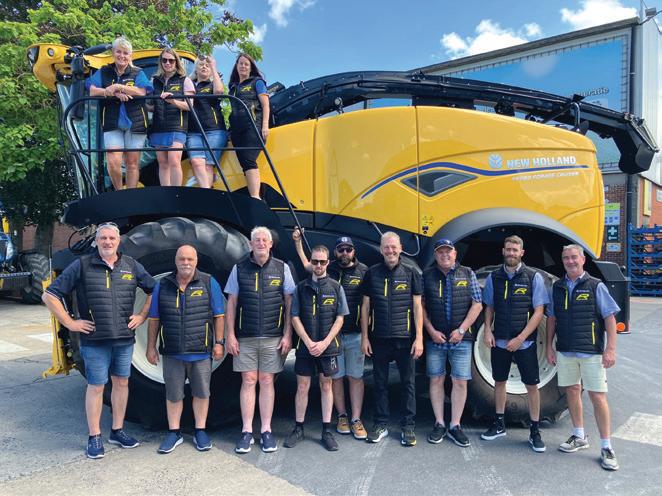
ers and a New Holland forage harvester they use for grass harvesting and maize silage, which they’ve had for eight years.
A new FR780 is currently on its way though, and the Clarks were able to see the latest model at the factory in Europe and talk to technicians about its latest features.
“It’s got all the NIR features on it, which is a big part of the reason we decided to upgrade. It’s got a lot of benefits for our business and will make what we’re doing more efficient in terms of time and productivity.”
New Holland NIR, referring to NutriSense, is a near-infrared (NIR) sensor technology
that’s now on the likes of combines and forage harvesters. This technology allows for real-time analysis of crop nutrients and moisture content during harvesting, providing valuable data for optimising yield and input management.
“NIR is something that is a big step forward in the New Holland FR model, and the visit gave our customers who’ve purchased one of these machines better insight into the capability of the technology and just how much it can assist them in maximising their business operations and returns,” Giltrap said.

Consultation on proposed changes to on-farm health and safety rules recognise what rural families have been saying for years – farms are not just workplaces, they are homes and family businesses too.
] Article supplied by RWNZ
“The Government’s review reflects the real lives of many rural families and the fact the farm is a home where children grow up immersed in the rhythms and responsibilities of farming life,” Rural Women New Zealand (RWNZ) National President Sandra Matthews said.
“Rural Women New Zealand has consistently argued that health and safety frameworks must be developed in consultation with rural communities to ensure they reflect the realities of life on the farm.
“It is critical that rural voices are at the forefront of farming safety, so we are particularly pleased to see the Government’s commitment to consult farmers directly and have industry groups work alongside WorkSafe to develop new codes of practice,” Matthews said.
“Reforms that clearly define the role of children on farm are essential to strike the right balance between common sense, keeping children safe and preserving the valuable learning experiences that come from being
Safety first: rWNZ National president Sandra matthews says health and safety frameworks must be developed in consultation with rural communities to ensure they reflect the realities of life on the farm.
involved in farm life. They will also provide confidence to farming parents.”
She said RWNZ also supports continued restrictions on higher-risk tasks without supervision and welcomes the shift toward a more flexible and context-aware regulatory framework, particularly the new model where compliance with Approved Codes of Practice (ACOPs) can demonstrate that health and safety duties are being met.
“Rural women, who often juggle roles as caregivers, farmers and business operators, have long understood that farms are both a business and a family home,” Matthews said.
“It is impossible to divorce the two and the Government’s reforms appropriately recognise this.”




‘rural women, who often juggle roles as caregivers, farmers and operators have long understood that farms are both a business and a family home.


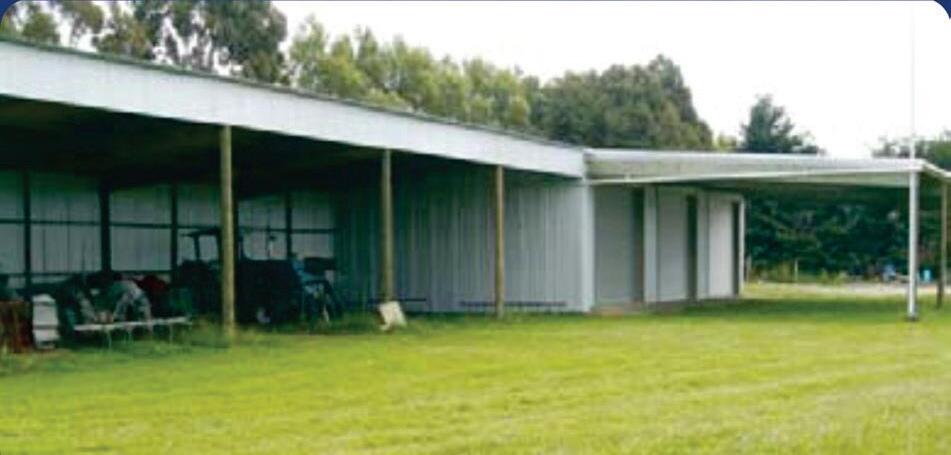

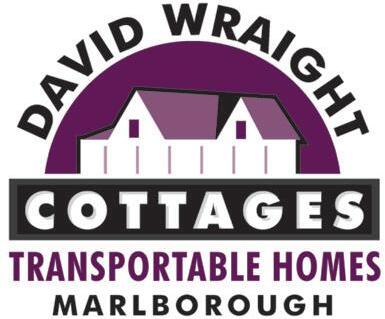



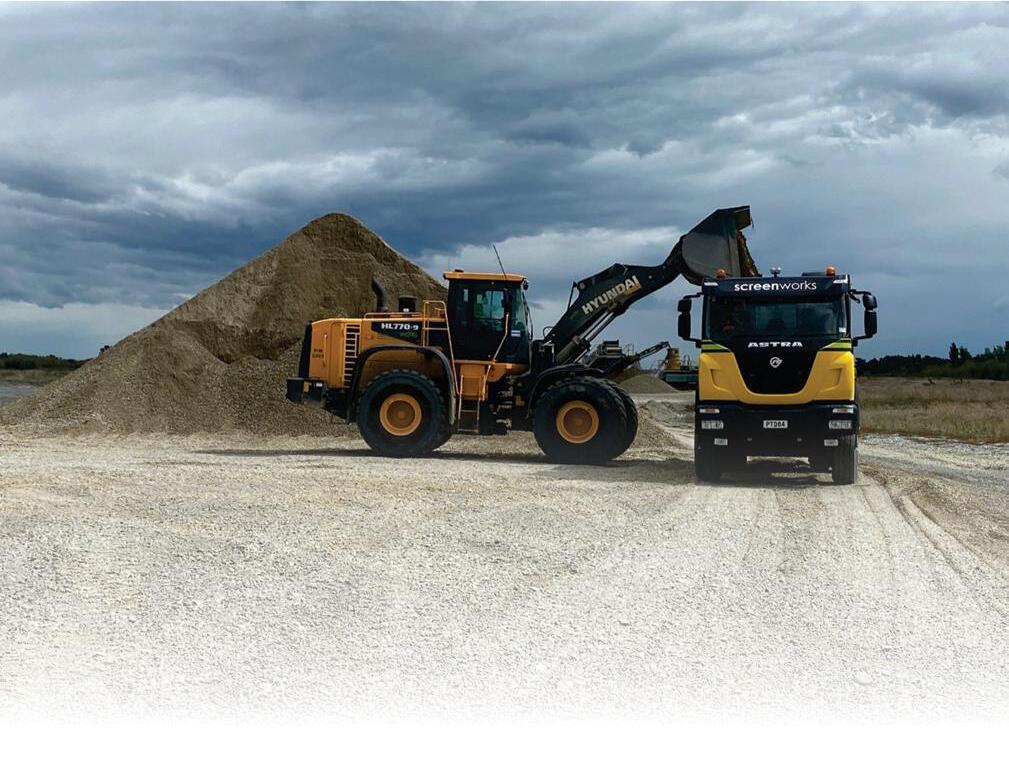

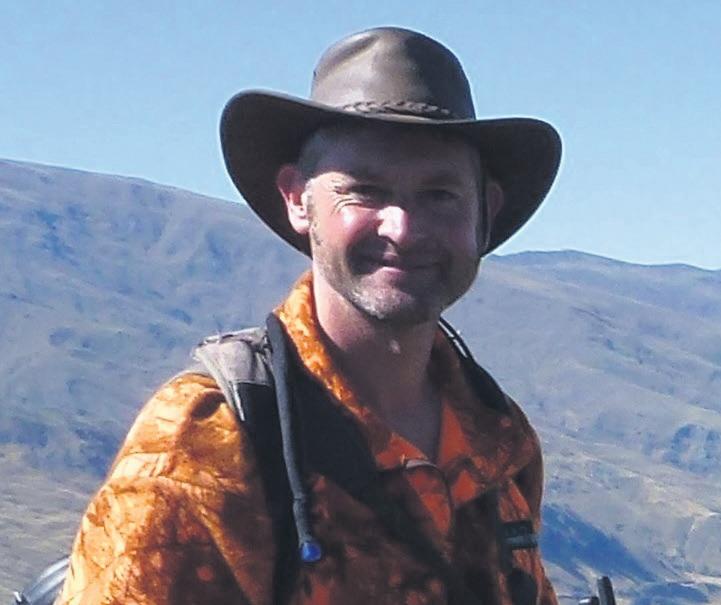




Natural gas is a hot topic. Estimates of remaining reserves continue to shrink. Reality chews up optimism as efforts to find more end empty handed.
] by Solis Norton
Theres more out there, for sure, but it seems increasingly like needle in a haystack stuff. Without clear, consistent, political support to entice the heavy hitters in exploration back to help we’re in a tight spot.
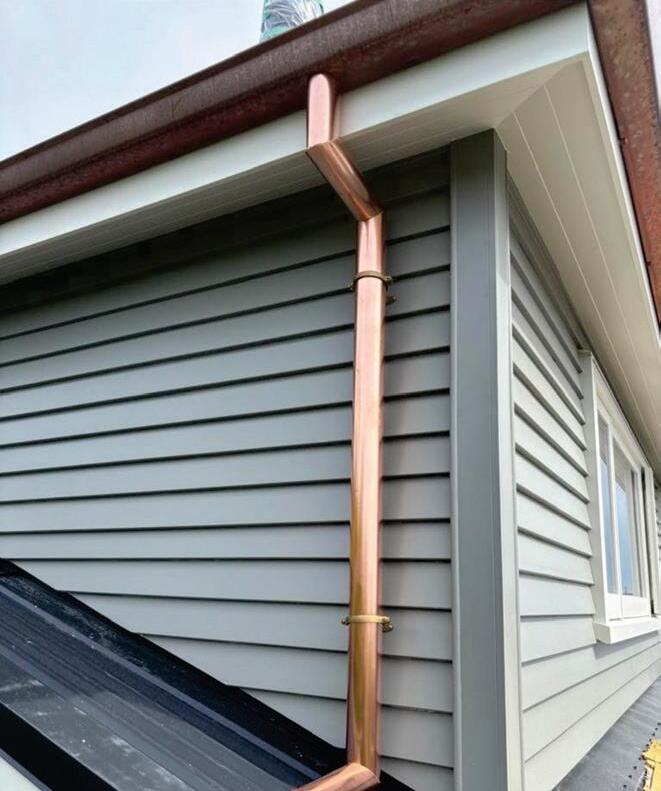



Hundreds of industrial gas users are finding prices have doubled, or more, in recent years and now in some cases suppliers are refusing to guarantee supply full stop.
The implications are hard to exaggerate. The implications for agriculture in particular must be conveyed to farmers and to the broader supply chains in which they sit.
Some of those implications are easy to anticipate, others will come as a surprise. We’re not overly fond of surprises. Telling farmers gas is running out will not help. Nor will telling them to look out.
What’s needed is ‘energy literacy’. A term born and raised by geeks and boffins,
deep in the shadows and running the noble gauntlet between expert and crazy person. In essence, it is a broad understanding of the nature, benefits, physics, and limits of the energy sources that keep our economy growing.
A rather marvellous curiosity of energy literacy is that, to farmers, it bears a striking similarity to a feed budget. The rather disappointing counterpoint is most New Zealanders live in cities, and their idea of a feed budget has no more nuance than a grocery list.
Energy literacy will make a few things plain to NZ Ag. Like why the price of urea is doing what it will do. Like why Fonterra’s cost for milk processing is doing what it will do.
Like why the price of inputs for farms and wider supply chains will continue to increase with the distinctive lurch seen in recent years.
Energy literacy goes beyond the price of butter. It will show the price of food in a whole new light. More importantly, it will get people thinking about what to do, in a far more effective way than they are at present.
A reactionary approach to energy constraints will be pain laced disruption. We see it now. Those industrial gas users are dialling back production, laying off staff, and looking to head offshore.
‘What’s needed is ‘energy literacy’ – a
term
born
and raised by geeks and boffins – in essence, is a broad understanding of the nature, benefits, physics, and limits of the energy sources that keep our economy growing.
A proactive approach can be exciting and positive. The team here at Whirika Consulting, including myself, are embedded in helping gas users adapt, notably by shifting to biomass (eg locally sourced woodchips). It’s exciting because these users are dodging the gas crunch. It’s exciting because the work also boosts the fledgling biomass trade toward becoming a full-blown industry. There is relief, too, in knowing you are part of the solution, rather than part of the problem. Perhaps the best bit is that energy literacy will pave the way for chopping up all those trees stuck on good farmland in recent years and using the low-grade parts of them as woodchips to process meat and milk. Energy literacy, here we come.


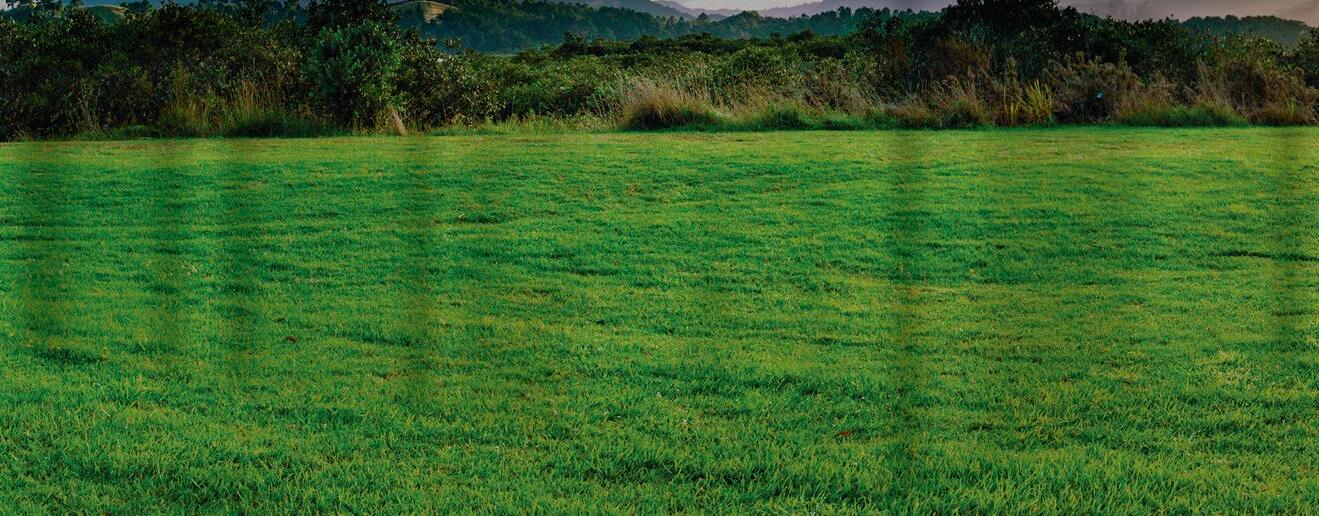
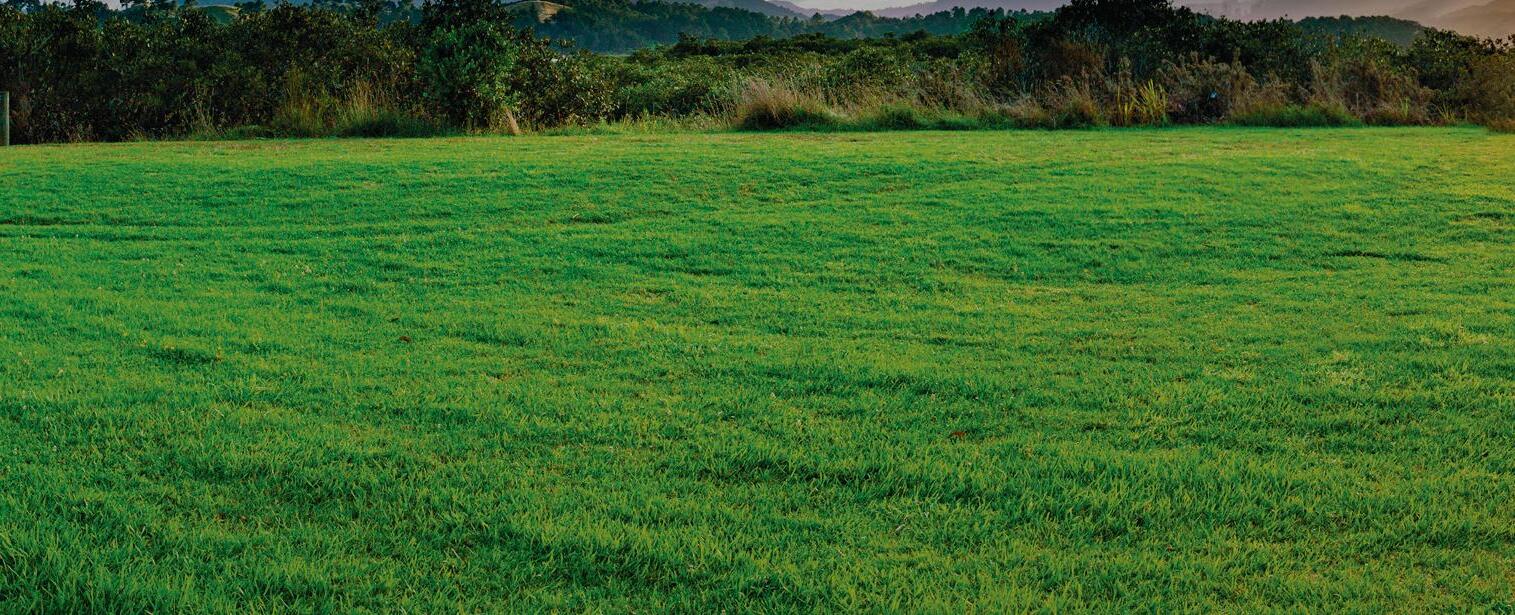

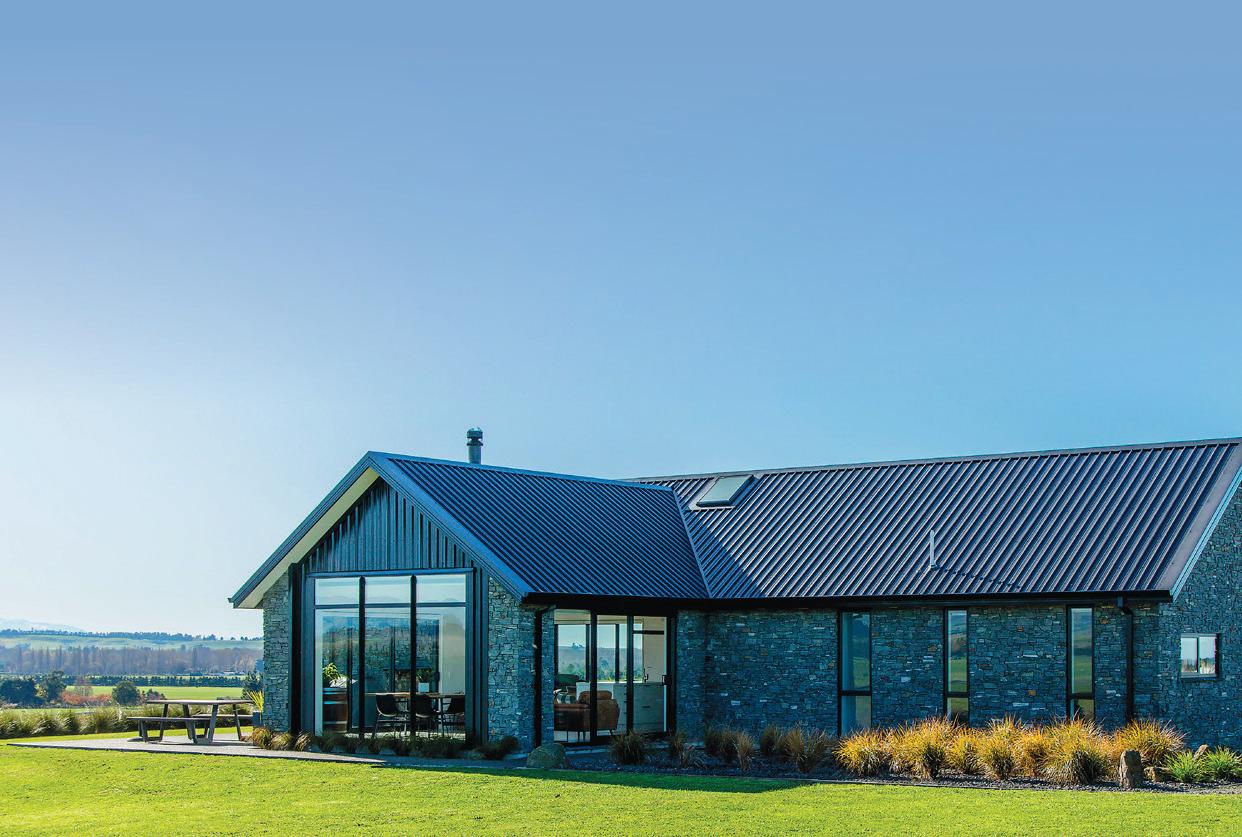


With the game bird hunting season at an end the early indications suggest the 2025 season has been another successful year for New Zealand’s hunting community.
] by Kent Caddick
Survey results following the May opening weekend paint a positive picture, with hunters nationally reporting strong satisfaction with their experiences.
On average, hunters ranked their opening weekend satisfaction at four out of five, matching the high standards set during the 2024 season.
While not all regions reported a great season, more than 70% of hunters reported feeling satisfied or very satisfied with their opening weekend experience. The estimated mallard harvest reached approximately 240,000 birds, representing a notable 15% increase compared to the 2024 opening weekend harvest.
“The strong satisfaction levels we’re seeing reflect the enthusiasm we witnessed during opening weekend, with hunters from all over New Zealand coming together at wetlands and waterways,” said Fish & Game Acting Chief Executive Richie Cosgrove.
“It’s a tradition spanning generations, bringing families together while connecting with our rural heritage and sustainably harvesting kai. It’s also about the well-being benefits of spending time outdoors with mates and family.”
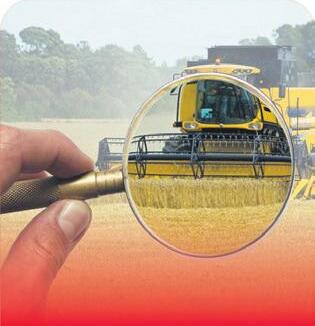
Teamwork: A reflective moment for man and dog during the hunting season.
photo by Fish & Game
He said hunting season is not just about harvest.
“Hunters are amongst our most dedicated conservationists. These wetland habitats support not just game birds but many other species, and our licence holders directly fund their protection and restoration.
“The continued success relies on farmers who generously open their properties to hunters, ensuring many New Zealanders have access to hunting opportunities.
“Getting outdoors with family provides such a valuable break from screens and technology, while also putting quality kai on the table.”
Cosgrove said many regions also have summer seasons in January and February, so they are encouraging people to check the Fish & Game website for details or scan the QR code on their licence.
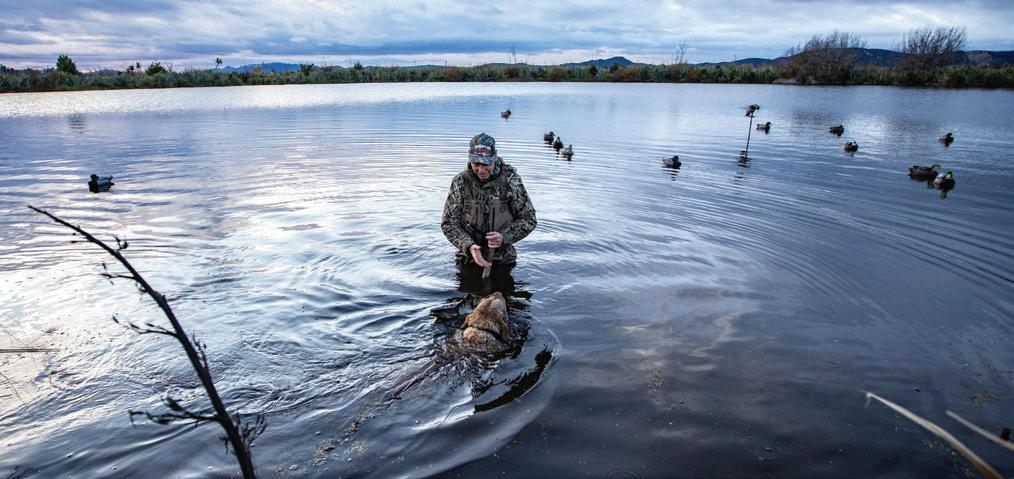
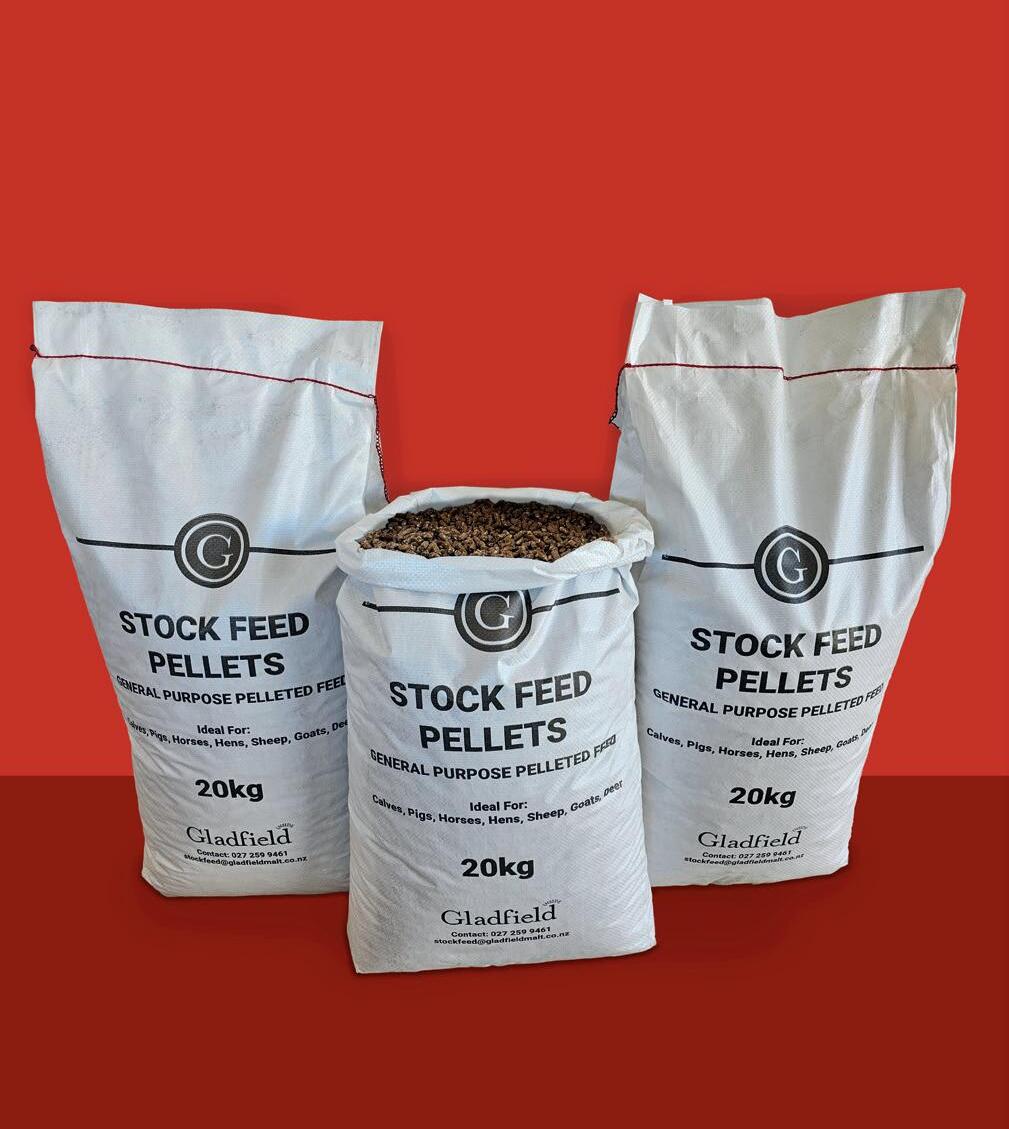





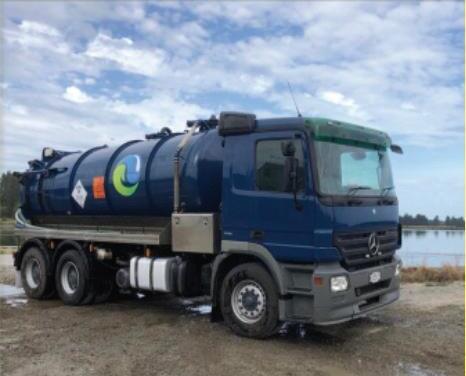
Federated Farmers says a report back to Parliament on the so-called ‘ban on carbon forestry’ doesn’t go far enough to stop the march of pines across New Zealand’s productive farmland.
“This is an incredibly disappointing result, and many farmers will be feeling a total sense of betrayal,” Federated Farmers forestry spokesperson Richard Dawkins said.
“Despite widespread feedback during consultation, and clear cross-party support for action, massive loopholes remain in the Environment Select Committee’s recommendations.
“Their report sends a clear message to rural New Zealand that the march of permanent carbon farms across productive farmland won’t be stopping any time soon.”
Dawkins said one silver lining is that the committee has listened to Federated Farmers’ concerns about the need to tighten rules around the ‘intent to plant’ test.
“We made a very strong case that simply purchasing seedlings before 4 December 2024, with no land to plant them on, should not count as a clear intent to plant.
“The committee has recommended the Bill be redrafted to make it crystal clear to carbon foresters that if they had seedlings but no land, they won’t be able to enter the ETS.”
Federated Farmers has been collecting information on those who have purchased land after December 4 with the intention of entering it into the ETS. This has been presented to the Minister.
“If the select committee’s recommendations are accepted, those carbon farmers who have been trying to skirt around the rules will need to make other plans.”
Dawkins is highly critical of other aspects of the select committee report saying recommended changes have totally missed the mark.
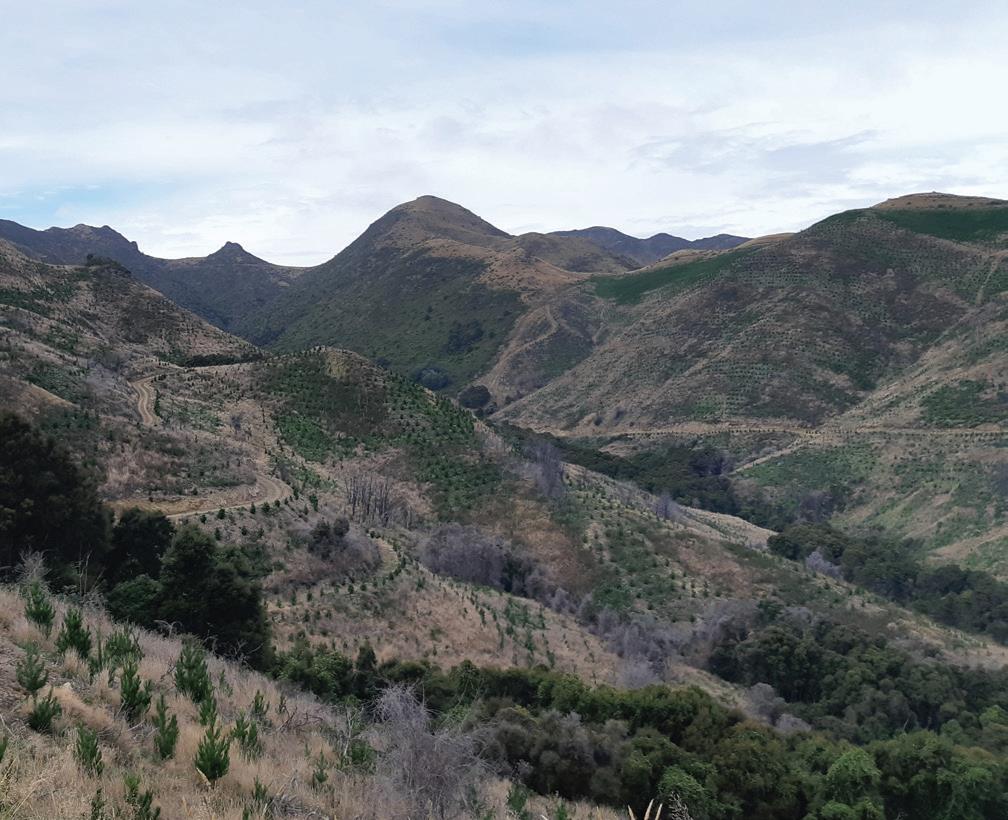
“It’s extremely disappointing that what’s proposed continues to ban whole-farm conversions only on Land Use Capability (LUC) classes 1-5 land,” Dawkins says.
“That might sound good in a press release, but in reality, only 12% of farm conversions were happening on that land anyway. Our productive hill country, the engine room of the agricultural industry, is still at risk of becoming a giant pollution-driven carbon farm.”
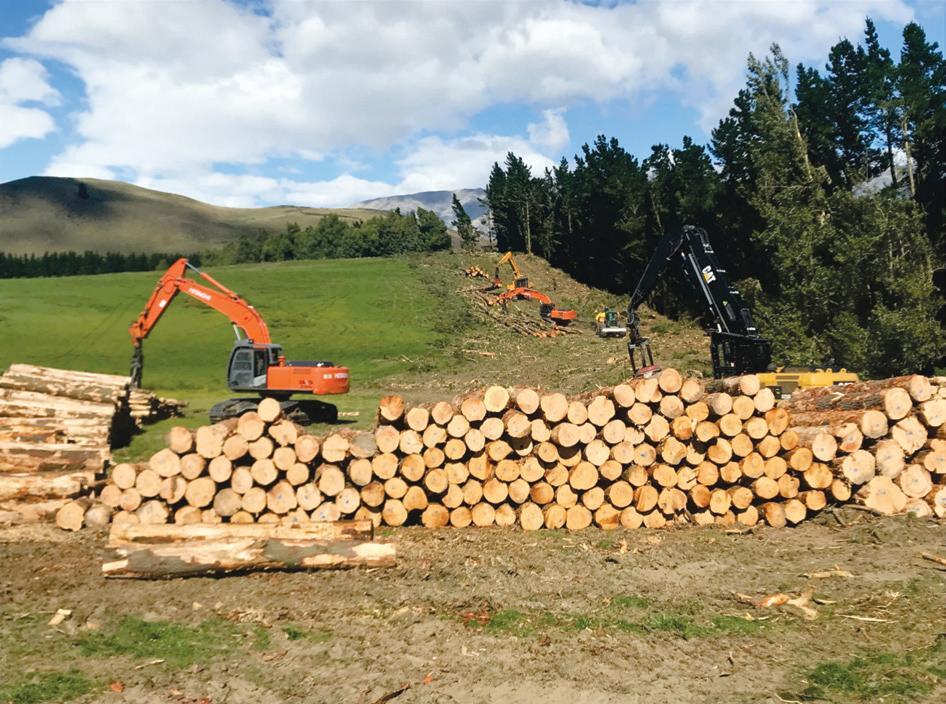
Dawkins said two-thirds of sheep and beef farms are on classes 6 and 7 land.
“Those classes of land are still exempt from the 25% carbon credit restrictions, so the vast majority of our sheep and beef farms will still be at risk of full conversion to carbon forestry.
“Once those farms are gone, they’re gone for good.”
Dawkins says Federated Farmers has always supported the intent of these law
changes, but what’s proposed simply won’t deliver any meaningful change.
“Recommendations on the Bill allow a potential ‘lottery’ system for class 6 land, where 15,000ha of conversions each year will likely still occur on a first-come-firstserved basis.
“There are also no restrictions on classes 7 and 8 land – effectively making it open slather. If you’re in the business of carbon forestry, business is going to be booming.”
Federated Farmers argue that every single farm in the country should be subject to the same 25% carbon credit limit, no matter its LUC rating.
“Otherwise, the damage just shifts, it doesn’t stop,” Dawkins says.
“Class 6 and 7 hill country is not ‘marginal land’ as it’s often described by foresters. It’s often productive breeding land that underpins New Zealand’s entire red meat sector.
“Sacrificing that land to carbon speculation isn’t just short-sighted, it’s economic self-sabotage that will rip the guts out of rural communities, not to mention the national economy.”
Dawkins said Federated Farmers will continue calling on the Government to strengthen the law, Dawkins says.
He said the recommendations on the Bill are “smoke and mirrors and do little to prevent the continued undermining of our productive sector.
“We support the Labour Party minority view from the select committee hearings that a thorough review of the ETS and carbon forestry should be undertaken.
“This was one of our 12 key asks for rebuilding farmer confidence leading into the 2023 election.”


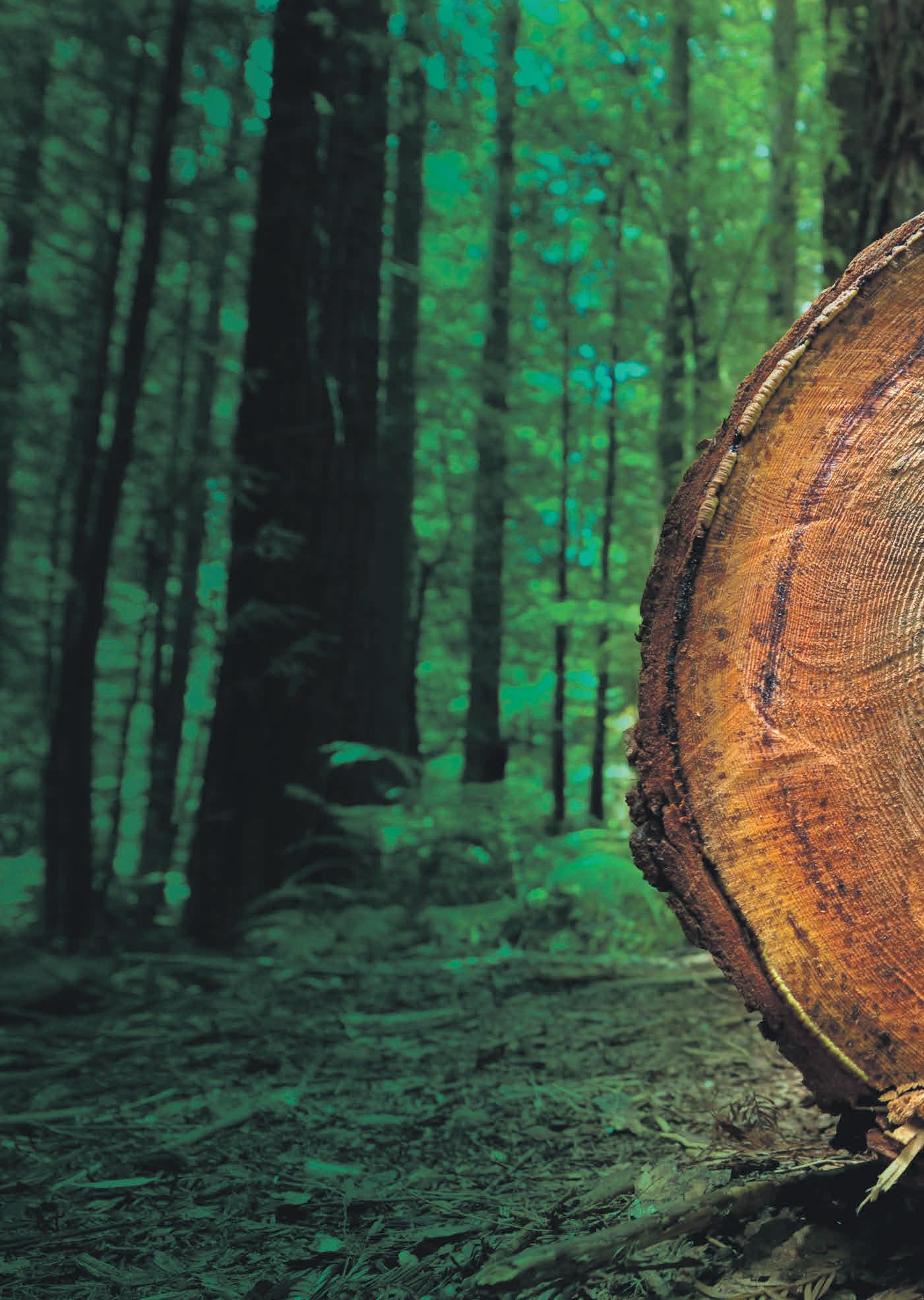





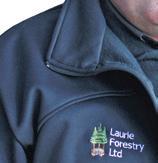









Both India and China markets have continued to improve through July and August with a very slow but steady climb upward trend in log prices in both destinations.
] with Allan Laurie mNZIF
] Laurie Forestry Ltd
The best news in all of this is we are not seeing major swings either way with the market fundamentals continuing to display a very settled trajectory.
All eyes are on the Nelson region with reports varying but likely around 7,000 hectares of wind damaged forests. The broad age class spread suggests mid to late rotation ages are impacted the most and therefore a high component of export likely.
Unlike the recent Central North Island event, the Nelson region marketing plan will be very much constrained by Port Storage limitations and the ability to load one vessel at a time at each of Nelson and Picton ports. Thus, this wind damage recovery is unlikely to lead to an over-supply situation which would otherwise negatively impact the likely target market for the volume being China.
The announcement of the closure of the Carter Holt Harvey Eaves Valley sawmill, whilst fully expected, is a major blow for the region. This will also ensure more logs have to head to China from the storm event.
Meanwhile across the China Easten seaboard, daily usage has started to tick up again, as at mid-August heading north of 50,000 m3. Inventory has remained relatively stable with the supply and demand planets reasonably aligned despite record summer
temperatures negatively impacting broader productivity outputs.
And just when you started to believe the western media about China being in the deep financial doodoo reports, the Government have announced the largest project ever undertaken in human history is about to start in Tibet.
Whilst reports vary on the statistics, common numbers talk to 5 powers stations on the Yarlung Zangbo river which collectively, will be 3 times greater than the, up till now, biggest ever Three Gorges project.
This latest one is expected to include 4 tunnels through mountains, each 50km long to connect rivers, in total costing US$167bil and requiring 3.5million employees. When completed the dams will generate 300bil kilowatt hours.
A total of in excess of 2,000km of new roads to connect the dots will be required with 60-70% of that length comprising bridges and tunnels. And just when you thought that was amazing, the project is at 4,000 to 5,000 metres above sea level, much higher than Mt Cook (3,724m).
My first enquiry has been around any positive impacts for your average Kiwi forest-owner.
Unfortunately, even as your very fit crow flies, it is about 2,500km to the Eastern Seaboard so potentially not, given that will be 4,000km+ in your average logging truck.









‘Like China, India as a nation, know wood extremely well. Wood usage across the economic stratum has been significant for thousands of years.
But such a scale project must surely have a trickle-down effect with the broader economic stimulus being enormous.
India has remained boring by comparison, but the key here is prices and demand are continuing to improve, currently more so than China. Like China, India as a nation, know wood extremely well. Wood usage across the economic stratum has been significant for thousands of years.
Dwindling availability of traditional hardwoods stands our wonderful Radiata pine
in good stead. Match this to the likelihood of the current tariff regime, which negatively impacts NZ in isolation being removed, the future looks very bright in this increasingly important market.
Our company have promoted and now secured a steady demand for pruned logs in India. This is longer term very good news given this lifts the broader Radiata pine quality message game significantly.
India demand is good, domestic prices are stable at new higher levels than Q1 and inventory is the lowest is has been for some time. Expected vessel arrivals are steady at 7 to 8 per month of which 1 – 2 are from NZ. That will at least double if we can get the tariff removed.
As at mid-August, daily hire rates for log vessels are pushing very slightly higher but ship owners are meeting significant resistance. This reflects good numbers of vessels opening on NZ and ships fuel (bunker) costs are stable. Right now, the charterers are the cat and the ship owners the mouse. This could change in a heartbeat depending on northern hemisphere trade and how resourcing conflicts ties up the supply chain.
As always, please remember the thoroughly important message, “despite the challenges, it remains, as always, fundamentally important, the only way forward for climate, country and the planet, is to get out there and plant more trees”.


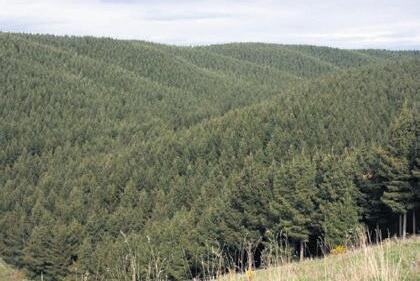

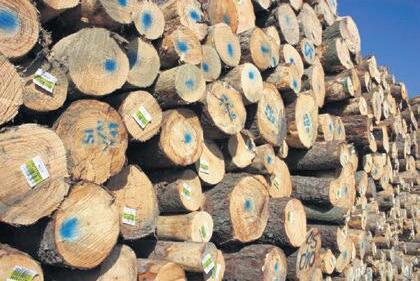


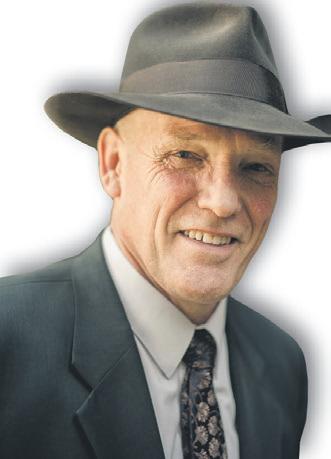






The ammonia urea plant at Kapuni was built in the late 1980’s to utilise excess natural gas from the Maui field off the Taranaki Coast.
The oil shock of the 1970s saw oil prices rise to the point where New Zealand was unable to fund sufficient to meet requirements.
Car-less days were introduced to limit petrol usage with car owners nominating which day of the week they would not use their vehicles. Mayhem ensued with innovative kiwis quickly devising plans to get around the regulations. The Government at the time decided the country would have to become far more energy self-sufficient and development of the



offshore oil and gas fields was fast tracked.
The conversion of cars to run on natural gas was subsidised with large cylinders taking up much of the space in boots whilst reducing range.
Looking back, it seems quite weird, however we have not become, although well-endowed with options, more energy self-reliant.
The supply of gas for the manufacture of urea is becoming limited. Increasingly demand will be met with more imported product, and prices will escalate.
Add to that the coming user pay regulations determined by the weight of vehicles and distance travelled and the onfarm cost of nitrogen will increase.
With the steadily decreasing net gain in growth resulting from the application of synthetic N the cost to ben-
efit ratio will narrow further. That’s not an issue for those already non-reliant on synthetic N usage, and it’s a growing number. These operators are growing steadily more feed as they hone their grazing management skills.
The products CalciZest and DoloZest from Functional Fertiliser ensure the ‘transition’ from a high-cost to low-cost N system is seamless and angst free.
Clover is, and always has been, capable of fixing sufficient nitrogen for 18 tonne plus of dry matter per hectare annually.
Clover naturally out grows grasses from October until late autumn and because each leaf acts a solar panel there is greater energy available for grazing animals.
This manifests itself in higher milk volume, increased growth rate of lambs, and improved weight gain of beef animals.
There is no downside as a strong clover sward provides excellent ground cover reducing moisture loss.
The objection that flea and weevil are prevalent quickly dissipates when sufficient extra calcium is applied to lift soil pH close to the ideal 6.3.
This is the pH where increased levels of nutrient, particularly phosphorus, becomes available for plant uptake.
It is also the soil condition that favours beneficial biology and although grass grub and porina are still seen, their numbers are markedly reduced.
The focus is on creating the conditions that favour beneficial biology and the outcomes that benefit us most.
A well-managed calcium driven system with phosphorus and sulphur remaining essential elements will always outperform a synthetic nitrogen-soluble nutrient based one.
For more information call Peter on 027 495 0041 or 0800 843 809.


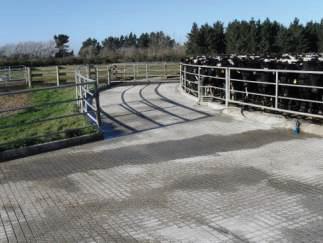
ཟ


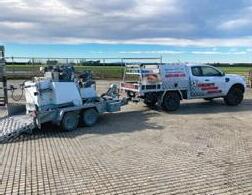
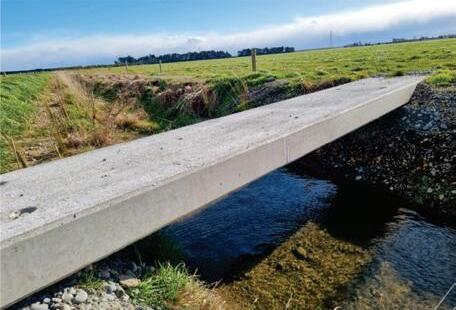
Electrical problems or maintenance?
Use our unrivalled industrial
•
•
•


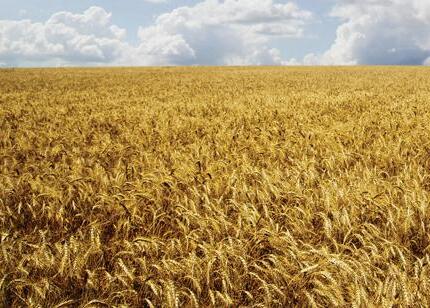
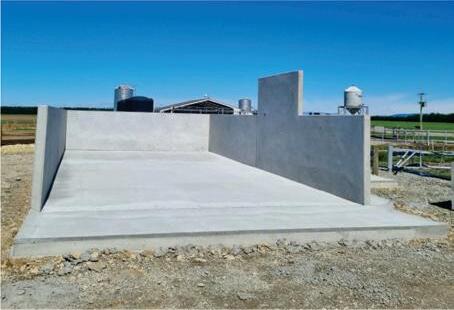
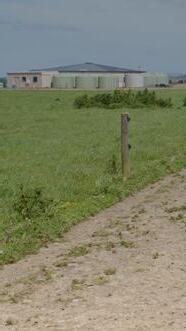

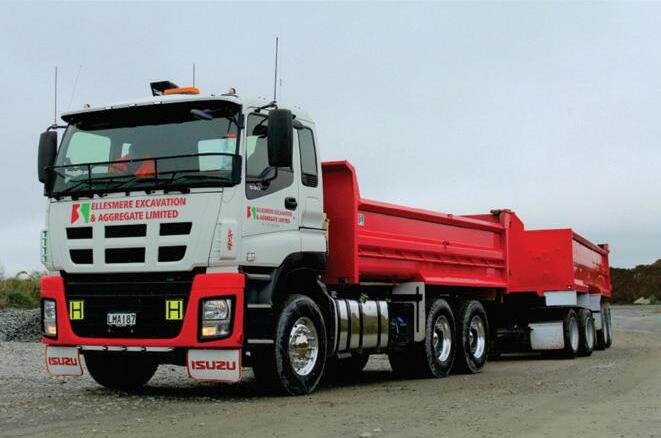
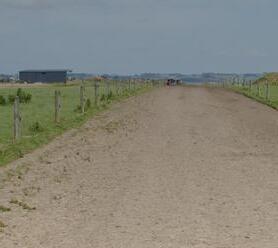
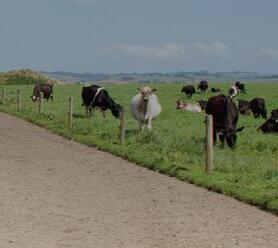
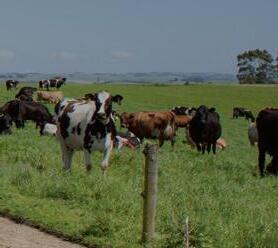

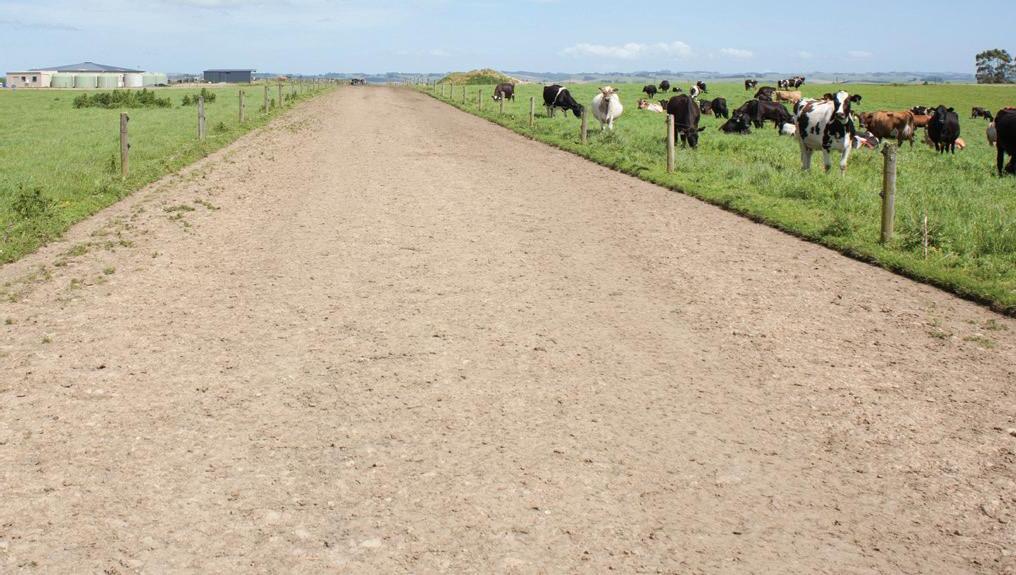


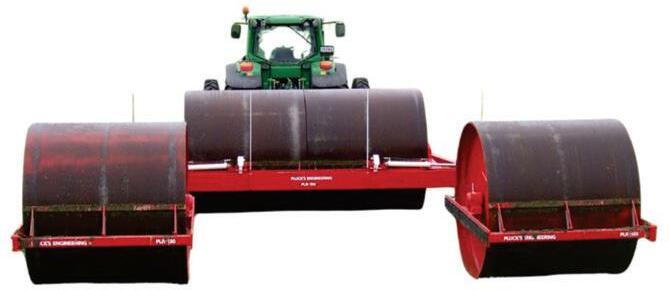
It’s a very unique New Zealand story – when an export does well, it’s good for the economy but unfortunately tough for locals.
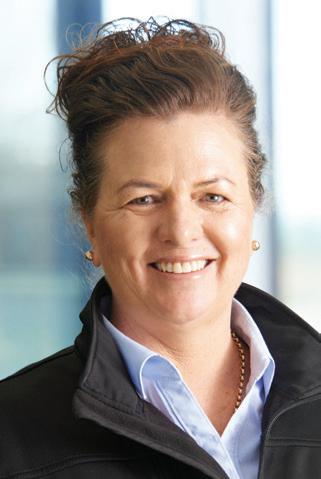
Cyclical food price stories are a reminder that 95% of our dairy products are exported, which means we pay international prices locally.
The demand for dairy overseas dictates the price to farmers and at the supermarket shelves (notwithstanding well discussed margins at the latter).
I buy butter too, so I can appreciate that double edge very well, as can every dairy farmer across New Zealand. Every farmer can also appreciate the increasing cost of farming inputs, which puts pressure on our margins as well.
While these stories come and go, they remind us of what we’re good at as a country.
We earn our living on exports – mostly food and fibre and of those, mostly dairy. $27 billion over the past year alone.
That’s income for the Government in tax take, which gives us the public services we rely on like our schools, our hospitals, and our roads.
We received a cheeky thank you from an MP at our Farmers Forum recently for the extra addition to their tax coffers this year as the sector delivers well for the country.
New Zealand’s economic recovery is being led out of the regions, by the 360,000 people working in the primary sector, of which 50,000 work in dairy, in a country of over 5 million.
That’s been the case before, and it’ll be the case again.
New Zealand dairy farmers have tackled challenges head on over the past decade, in-
‘Our
pasture-based dairy farming system delivers highly nutritious milk with a comparably low environmental footprint.
cluding biosecurity incursions, more extreme weather events and regulatory uncertainty.
Over the past decade too significant strides have been made on reducing environmental footprint to ensure we remain competitive among the most sustainable and low-emissions farmers on the planet.
All of this equals demand for NZ dairy on the world stage.
It also ensures we benefit from a growing global appetite for more natural and nutritional food and fibre that comes from responsible sources.
I recall it wasn’t that long ago that butter was very unfashionable and deemed unhealthy, and so it follows that the swing back to more natural products has driven the increased demand and subsequent increase in price.
While the world shouts for our butter, let’s remind ourselves at home the reasons why New Zealand dairy is a world-class exemplar and so in demand:
• We export most of what we produce – so we are exposed to world trade and must be customer focused
• We are primarily family businesses and farmer-owned cooperatives – and that drives values-led innovation
• We have a temperate climate where we grow pasture well – and that is the ultimate starting point for this story
• We are unsubsidised. We have to make a living at world prices competing against the best
Therefore, our pasture-based dairy farming system delivers highly nutritious milk, with a comparably low environmental footprint, and happy cows who graze outdoors. A story that has clearly spread around the world.

In striving for efficiency more dairy farmers are using probiotics to help with better feed conversion, mastitis control and improved reproductive performance. Probiotic Revolution has been developing products to achieve this.
] Article supplied by ] Probiotic Revolution
Lincoln University Trial
“In 2022 we tested our products at Lincoln University and were surprised that the addition of specific strains of bacteria did much more that a yeast alone could do, Chris Collier of Probiotic Revolution said.
“We got a 22% increase in acetate levels, indicating better fibre digestion, fat and protein production. Since then, we have modified our components to overcome other major issues facing dairy farmers.”
Beating Mastitis grades and improving cycling
Chris Wills, a dairy farmer from Milton, began using probiotics in 2023 to address somatic cell count (SCC) grades when cows transitioned from their winter barn to lush spring pasture.
Chris had tried various products to fix his SCC issues, including a live yeast, but switched to Probiotic Revolution’s Rumicell after reading about another farmer, John McCarty, who went antibiotic-free using probiotics.
“The cost of switching from a live yeast product was negligible, but this does much more than a yeast. We don’t get the usual SCC spike, and it helps production through the whole season.
“The first season I used Rumicell cycling


pre-mating was phenomenal,” says Chris.
“But it was the use of SuperStart Lead Feed to springers that gave us a further improvement the next year. Halter data showed Chris’ cows were returning to heat
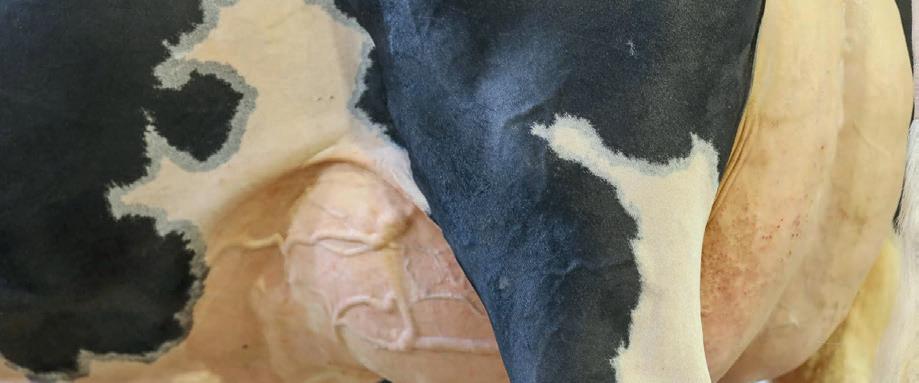








HERD – ENHANCES APPETITE, RESILIENCE, AND OVERALL PERFORMANCE.

Wharepapa South dairy farmer Fraser Higham is seeing a dramatic reduction in mastitis and SCC through a comprehensive probiotic programme from probiotic revolution.
just 24 days after calving – far below the national average of 42 days.
Probiotics can effectively replace antibiotics
After four years transitioning to organics, Wharepapa South dairy farmer Fraser Higham is seeing a dramatic reduction in mastitis and SCC through a comprehensive probiotic programme from Probiotic Revolution.
“This spring, halfway through calving, we’ve had just one mastitis case, and our 10-day average SCC is 156,000, down from 260,000 last year,” says Fraser.
In his first two years of organics, Fraser could still use Teatseal. But in 2024, without it, there was concern about winter and calving mastitis.
That year, his 200-cow herd recorded 40 winter mastitis and 19 calving mastitis cases.
All were successfully treated with Bovine Boost, the strongest probiotic available.
In 2025, guided by Chris Collier from Probiotic Revolution, Fraser moved to a more proactive prevention strategy.
In March, with SCC at 240,000, the herd was fed Rumicell daily to boost immunity and successfully reduce cell counts. At drying-off, the 40 highest-SCC cows were treated with Bovine Boost helping to lower winter mastitis cases to 15, all of which cleared quickly.
The next step, pre-calving, was to add SuperStart Lead Feed to the springer troughs for long enough to nearly eliminate calving mastitis, followed by Rumicell for milkers to maintain a lower SCC through the season.
“We are happy with the results we are getting and are looking forward to seeing how the rest of the season goes.
“Its great having an economic alterative for managing udder health for our organic and conventional dairy farms.”
Probiotic Revolution products are designed to fire up production, build immunity, improve cure rates and cut mastitis without antibiotics.





Resource consents are issued for a certain period of time. Before they expire, an application is needed to replace them.

Consent holders are now frequently asking questions about the renewal process and whether it is going to be possible to renew their irrigation consent.
This line of questioning shows that there is uncertainty and concern about this process, there are also misconceptions.
In most cases, if you are using your consent, you will be able to replace it. However, there are some aspects that need to be considered which may impact upon the ease of replacement and what conditions get imposed.
The replacement process requires a whole new application, most of the assessments required are the same as those for a brandnew consent. Just because it’s a replacement, doesn’t mean that it’s a form filling and tick box exercise.
As part of the process remember that the council rules and requirements are likely to have changed since the original application was submitted. As such, what may have been acceptable in the past, may not be today. An example of this is where a bore is now deemed to have an impact upon a surface water feature.
Councils are more focussed on this than they were in the past and this is having an impact upon some applicants. Because this can have an impact upon irrigation supply reliability due to stream / river restrictions, this can have a huge impact on the farm business.
Another example is where fish screens need to be upgraded to meet current design requirements.
Another important aspect of the replacement process is that there’s now a requirement to prove that you need the water. Water meter data is vital for this purpose as you’ll need to show actual water use records to support your case for how much water you need.
In the future it’s likely that soil moisture records will also be required to help demonstrate that water has been used efficiently and effectively.
With the approach the Canterbury Regional Council (CRC) take to assessing historic use, they already penalise those who use water most efficiently. This is because if you’ve used water carefully, you’ll have used less and therefore will be issued less upon renewal.
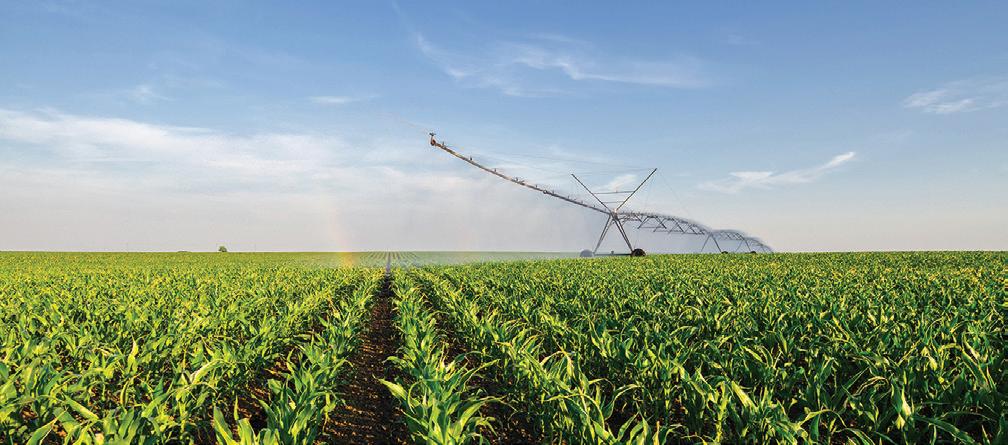
Renewal: Irrigation consents can typically be renewed, however, the process may result in different conditions, with reduced rates and volumes based on what has actually been taken in the past and for a duration that may not be as long as you’d like.
The use-it or lose-it approach they are taking may promote the use of more water and reviewing soil moisture records is likely to become a tool used to help assess if water has been used efficiently.
Another thing to be aware of is the duration of the replacement consent. The duration you get will depend on a number of factors, one of which is the duration of other consents that serve the property.
For example, if you have a farming land use consent, CRC will seek to align expiry dates. This can mean that the farming consent needs to be renewed at the same time as the irrigation consent, even if there are some years left on the farming consent.
The message is that irrigation consents can typically be renewed. However, the process may result in different conditions, with reduced rates and volumes based on what has actually been taken in the past and for a duration that may not be as long as you’d like.
Talk to your consenting advisor early (suggest 18 months to two years prior to expiry of the consent). In the meantime, ensure you are collecting robust information regarding water use and soil moisture conditions.
In some situations, it may also be wise to be collecting your own climate data to support your application.
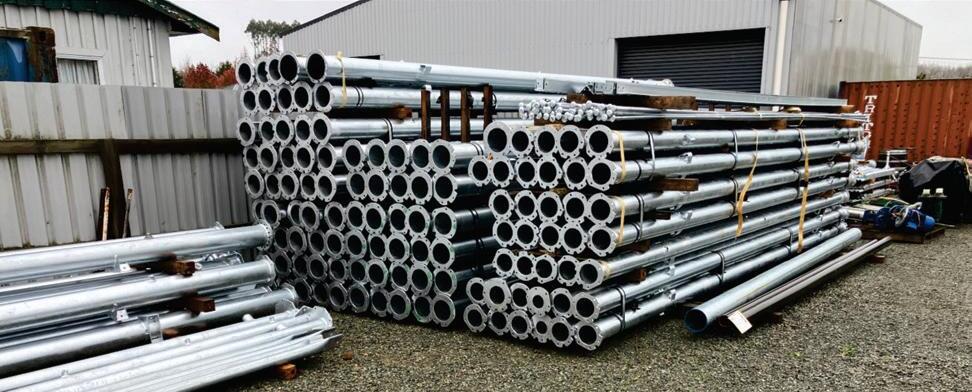
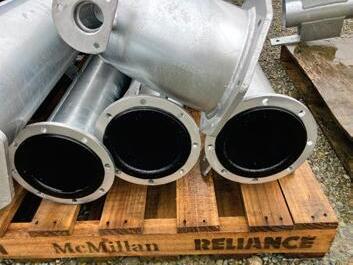
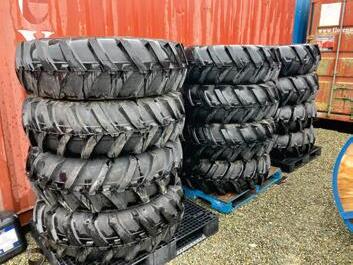


IRRIGATE WITH CONFIDENCE.






IRRIGATION SYSTEMS REMOTE MANAGEMENT PRECISION VRI
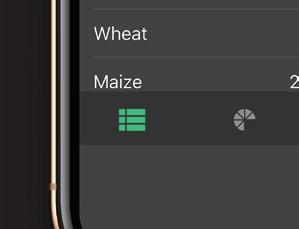




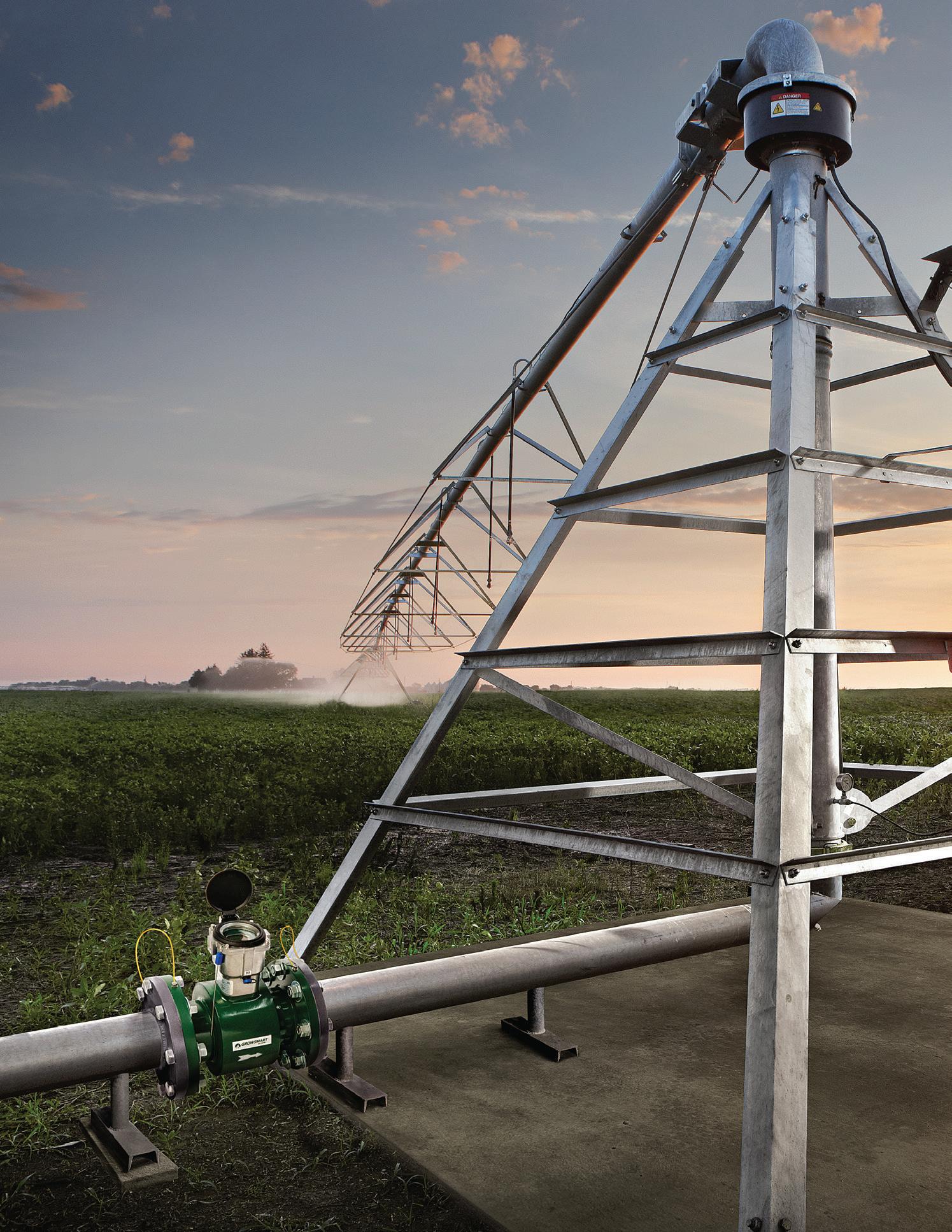
Earth Sciences New Zealand’s seasonal climate outlook for August through to October is suggesting warm temperatures, damp weather, and the possible return of a La Niña weather pattern.
Parts of New Zealand are likely to experience more wet, warm weather over the next three-month period, with shifting ocean conditions hinting at a possible return to La Niña by the end of the year, according to the latest Earth Sciences New Zealand (formerly NIWA) Seasonal Climate Outlook for August to October.
Earth Sciences New Zealand principal scientist and meteorologist Chris Brandolino said more frequent northeasterly to easter-
ly air flows are expected over the next three months as winter turns into spring.
“The likelihood of tropical and subtropical systems influencing New Zealand remains elevated, and this is associated with an increased risk of heavy rainfall events, including those linked to atmospheric rivers, and flooding.”
He said above normal rainfall is expected in the north and east of the North Island.
“These anticipated rainfall patterns are driven by circulation anomalies that heighten the risk of heavy rainfall events in the north

and east of the North Island. Conversely, a shift toward more persistent easterly flow anomalies is expected as the season progresses, increasing the likelihood of dry conditions in the southwest of the South Island.”
Above average seasonal air temperatures are expected across most of the country, except the east of the South Island, for which above average or near average temperatures are about equally likely.
“Cold snaps and frosts may still occur, but less often than usual.”
Soil moisture levels and river flows are expected to be near normal in the north and west of the North Island, and near normal or above normal soil moisture levels and river flows are forecast for the South Island.
While conditions in the tropical Pacific remain officially ENSO-neutral, oceanic trends throughout July have moved closer to La Niña territory.
“Subsurface temperatures and ocean heat content are showing clear signs of change, boosting the chances of a La Niña developing later in 2025,” Brandolino said.
“Sea surface temperatures remain above average around New Zealand, particularly off the west coasts of both islands, where marine heatwave conditions persist.”
Coastal Canterbury and the nearby plains
Probabilities are assigned in three categories: above average, near average, and below average.
• Temperatures are about equally likely to be above average (45% chance) or near average (40% chance).
• Rainfall totals are about equally likely to be near normal (40% chance) or above normal (35% chance).
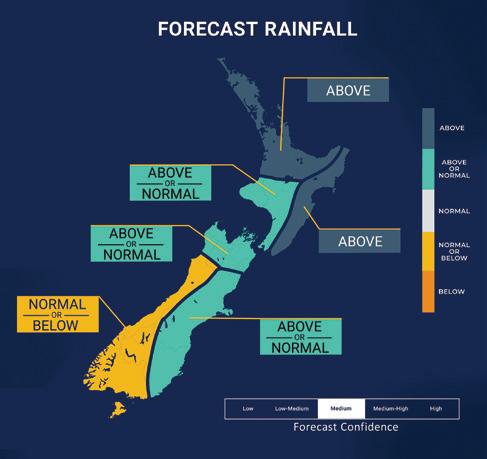
• Soil moisture levels and river flows are about equally likely to be near normal (40-45% chance) or above normal (3540% chance).
Probabilities are assigned in three categories: above average, near average, and below average.
• Temperatures are very likely to be above average (60% chance).
• Rainfall totals are about equally likely to be below normal (40% chance) or near normal (35% chance) over the forecast period.
• Soil moisture levels and river flows are about equally likely to be near normal (40% chance) or above normal (35% chance).
“However, warmer temperatures and an increasing likelihood of dry conditions may continue to impact snow accumulation and storage in the region as spring approaches,” Brandolino said.
“These factors could have implications for water availability and seasonal runoff beyond the outlook period.”
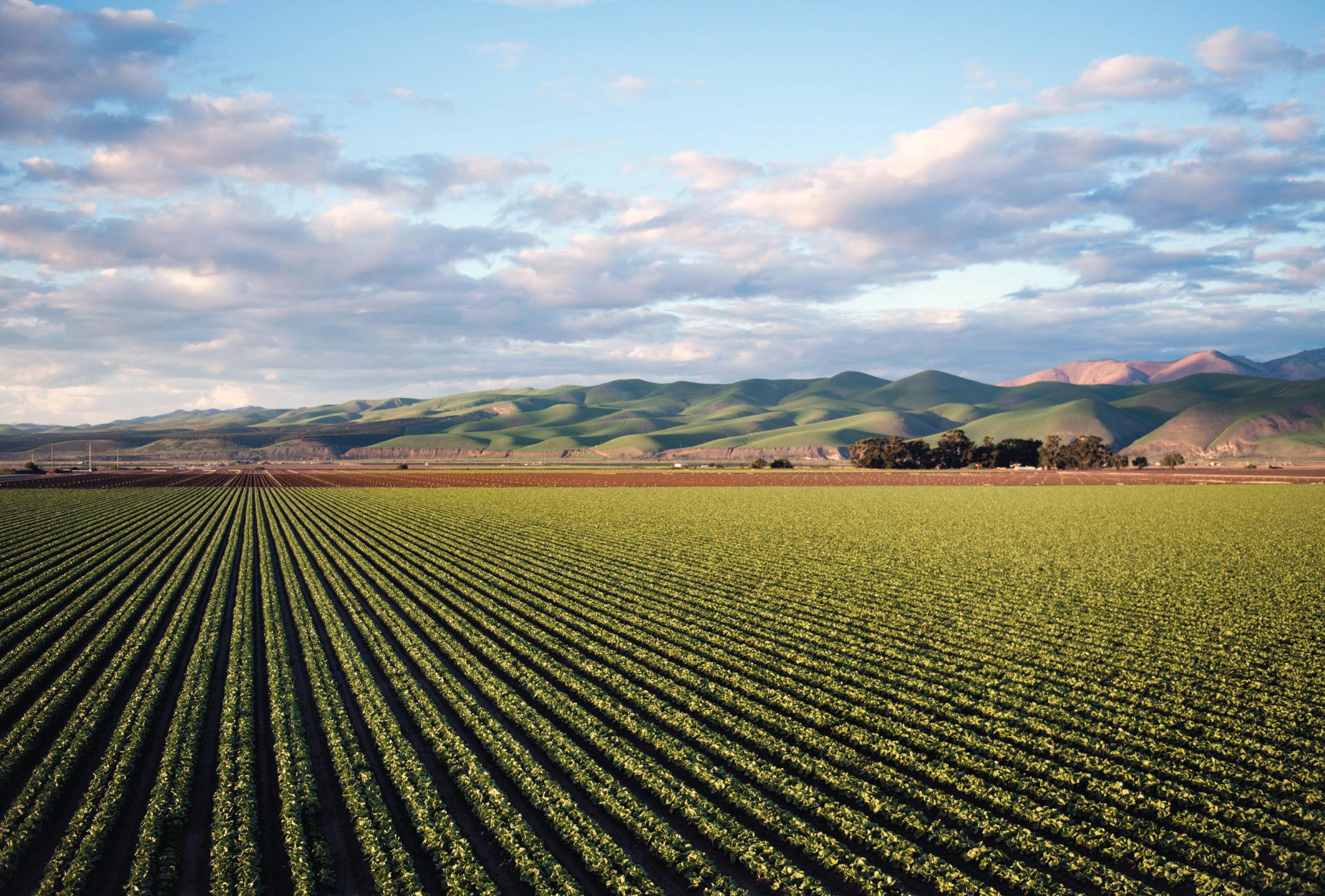
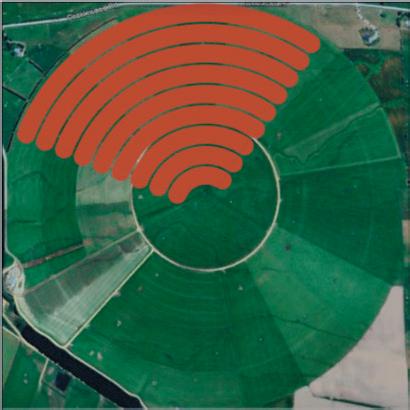

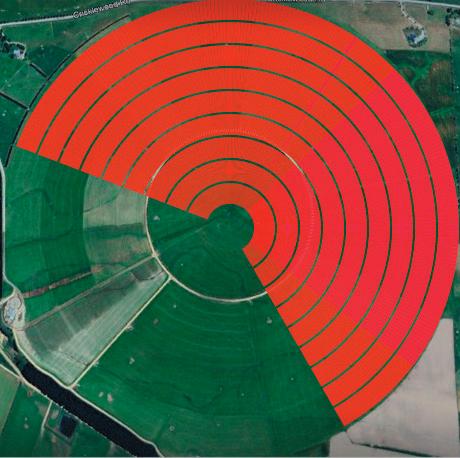
Irrigation underpins much of New Zealand’s food production. When done well, it also supports balanced environmental approaches and helps build community resilience.
] by Stephen mcNally ] IrrigationNZ Principal ] Technical Advisor
Yet despite its importance, the sector still wrestles with a big question: what does an attractive career pathway in irrigation look like?
The short answer is that it looks like more than just a job, it’s a profession with depth, variety, and a future that matters.
The profession though is not yet well recognised for what it demands or the variety of opportunities it offers. That lack of visibility makes it harder to attract the next generation of skilled people - and at a time when the need has never been greater.
We’re putting attention on a growing skills gap
Talking to irrigation service businesses around the country gets the same story: they cannot find enough staff.
Some companies report having no employees under 40. While experienced “old heads” are invaluable, succession planning is a real concern. Demand for skills already outstrips supply and is only expected to grow.
Compare this with trades such as plumbing or electrical work, which offer clear apprenticeships and strong pull factors for young people. Irrigation has more to offer, it requires comparable expertise, hydraulics, electronics, construction, but also soil science, and water management, yet it lacks the same professional profile.
On-farm, irrigation management is far from “just turning on a tap.” It involves complex decision-making, risk management, and a continual willingness to adapt. Operators and scheme managers juggle catchment hydrology, soil moisture levels, climate fore-
casts, crop requirements, and energy use. Their choices and knowledge can determine whether a season succeeds or fails.
A structured career pathway is building now
The good news is that a structured career pathway does exist. A suite of qualifications provides stepping stones at every stage. Several are already well established and becoming increasingly respected across the industry.
• The NZ Certificate in Irrigation System Performance Assessment (Level 4) and NZ Certificate in Irrigation System Design (Level 5).
• In Northland, orchard staff are completing a revived NZ Certificate in Irrigation Management (Level 4) – a qualification that equips people to manage complex systems safely and effectively.
At the same time, new qualifications are being developed. The New Zealand Certificate in Irrigation Technology (Levels 3 and 4) will give a solid grounding in the fundamentals of irrigation development.
For irrigation’s career pathway to gain traction, two things must happen together. Employers must back staff development. The most successful businesses are already those that invest in training. They attract and retain talent by offering growth and progression. Secondly, training programmes must be built and kept up to date. Qualifications mean little without delivery. Trainers need support, assessments must be moderated, and content must evolve with technology innovations.
For anyone seeking a career that is rewarding, impactful, and future-focused, irrigation deserves serious consideration.
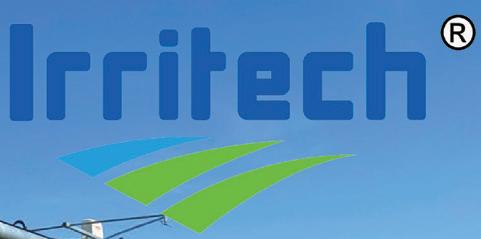

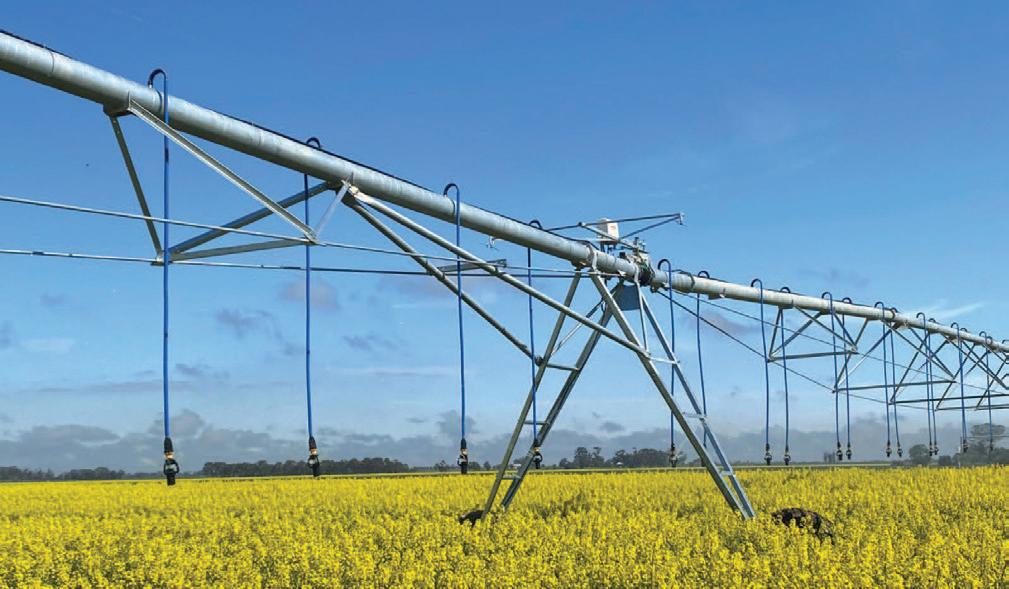
New and replacement pivot irrigators Re-piping for Valley, Zimmatic, Western, Irrifrance (other brands upon request)
Replacement pipes, joints, angles and parts Genuine UMC and Komet pivot components Other advantages and innovations, too many to list here

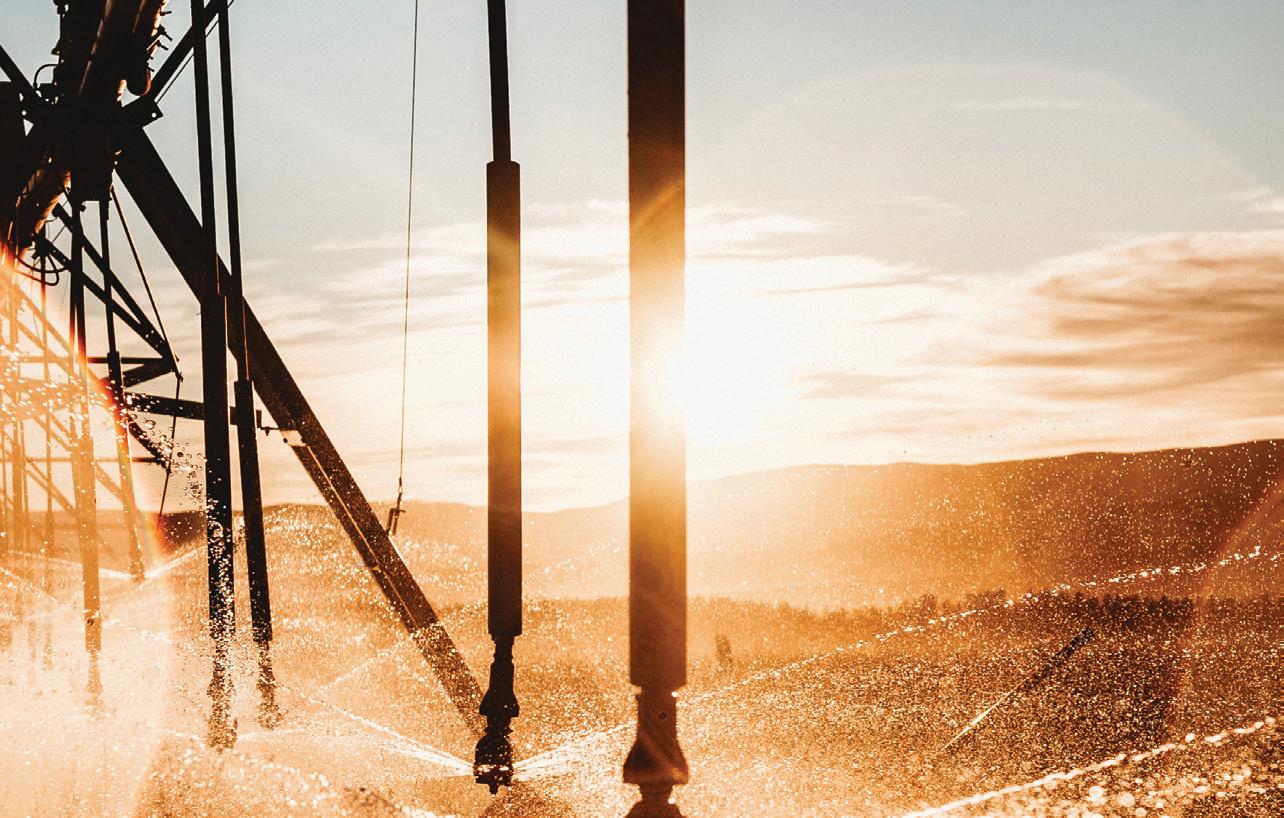


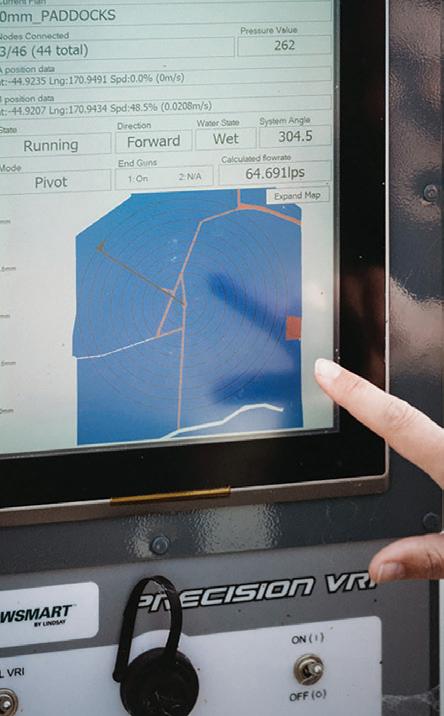

Beef + Lamb New Zealand’s annual Stock Number Survey, for the year ending 30 June 2025, shows New Zealand’s total sheep numbers fell modestly by 1.0 percent, in contrast to sharp falls in recent years, while beef cattle numbers rose 4.4 percent.
] by Kent Caddick
B+LNZ Chair Kate Acland said the survey shows there are reasons for optimism in the sheep and beef sector given recent strong prices, although significant challenges remain.
“We’re seeing rebuilding of stock numbers in several regions after drought and other adverse weather events led to sharper reductions in the last two years. Farmers are getting much better prices and are feeling more confident about shorter-term prospects.”
Acland said the decline in total sheep numbers is modest as there were more trading hoggets on hand.
“Worryingly, however, the number of breeding ewes continues to decline, down 1.9 percent and the lamb crop is forecast to be 0.6 percent lower this season, that’s nearly 120,000 head fewer, on top of a 1.2 million reduction in lambs last year. This will only exacerbate already tight supply.
“However, the rebuild could have been stronger if we hadn’t continued to lose land to forestry. This is creating ongoing concerns about our sector’s longer-term viability.
“Our conservative estimate is that 2.6 million stock units have been lost to afforestation since 2017, and afforestation is responsible for 78 percent of the total reduction in sheep and beef stock numbers since 2017.
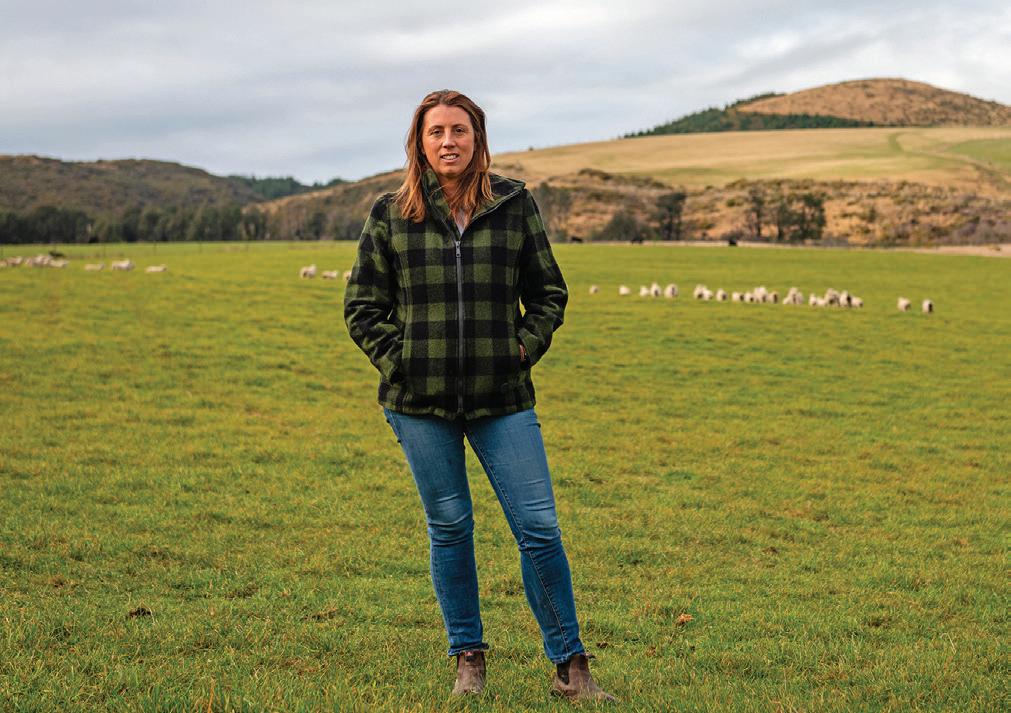
Optimistic: b+LNZ Chair Kate Acland said the annual Stock Number Survey shows there are reasons for optimism in the sheep and beef sector given recent strong prices, although significant challenges remain.

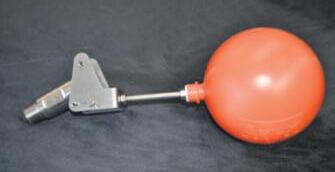
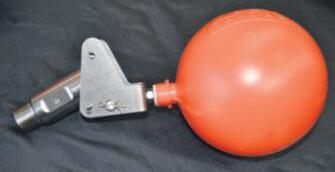


Acland said the Government has set a goal of doubling exports by 2034, and sheep and beef farmers will be essential to achieving this goal.
“Nearly 20 percent of New Zealand’s export earnings, $10.4 billion in 2024, come from the red meat sector.
“But we can’t double exports if we’ve planted our best farmland in pine trees. We’re calling on the Government to do more to restrict whole-farm sales for entry into the ETS.”
She said the increase in beef cattle is at-
tributed to farmers in some areas rebuilding herds following drought in the South Island last year and Cyclone Gabrielle’s effects in the North Island in 2023.
“There has also been a continual shift within farming systems from sheep to beef cattle as cattle prices have been consistently high.”
Information for this article was supplied by beef + Lamb New Zealand. the Stock Number Survey can be accessed on b+LNZ’s website: www.beeflambnz.com



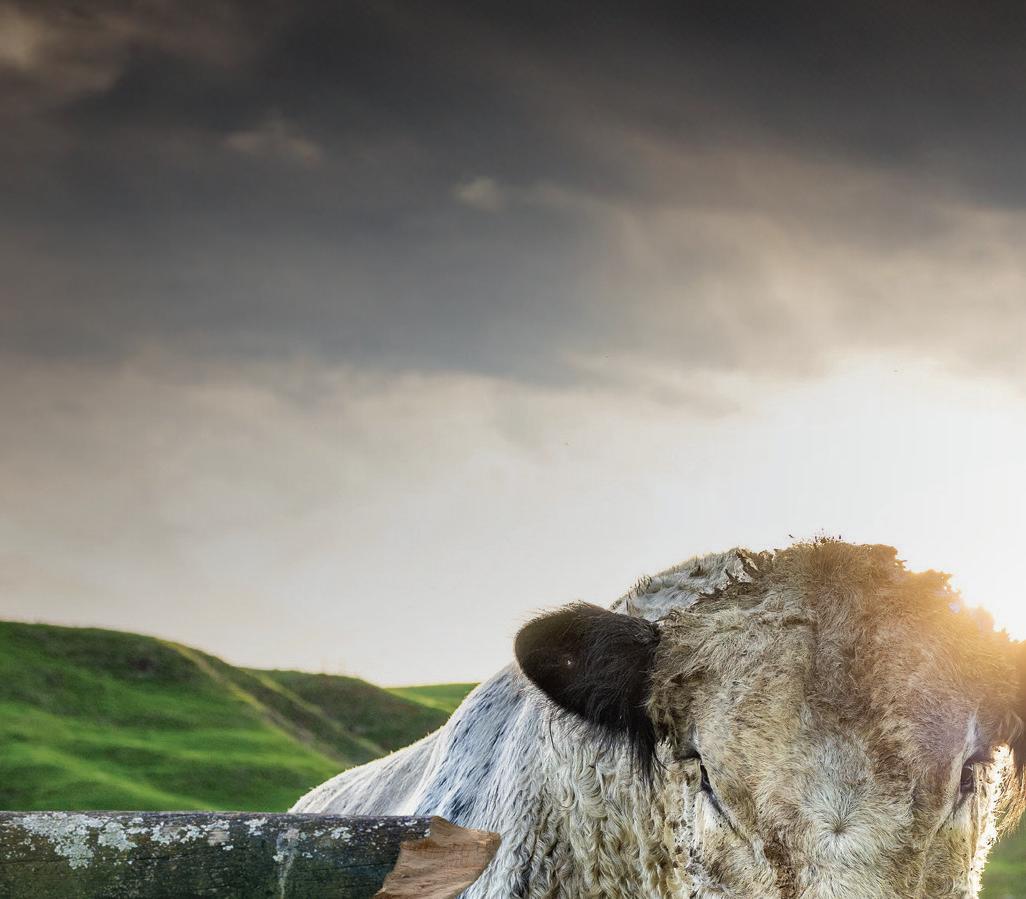


When you run a sheep or beef farm, there’s a time for everything. Like changing your fences to be more bull friendly. If it’s also the time to renew your rural insurance, it could also be the perfect time to talk to FMG. We can take a good look at your current cover and work out tailored insurance solutions to meet your farming needs. Ask around about us, or better still give us a call on 0800 366 466. When the time’s right, that is.
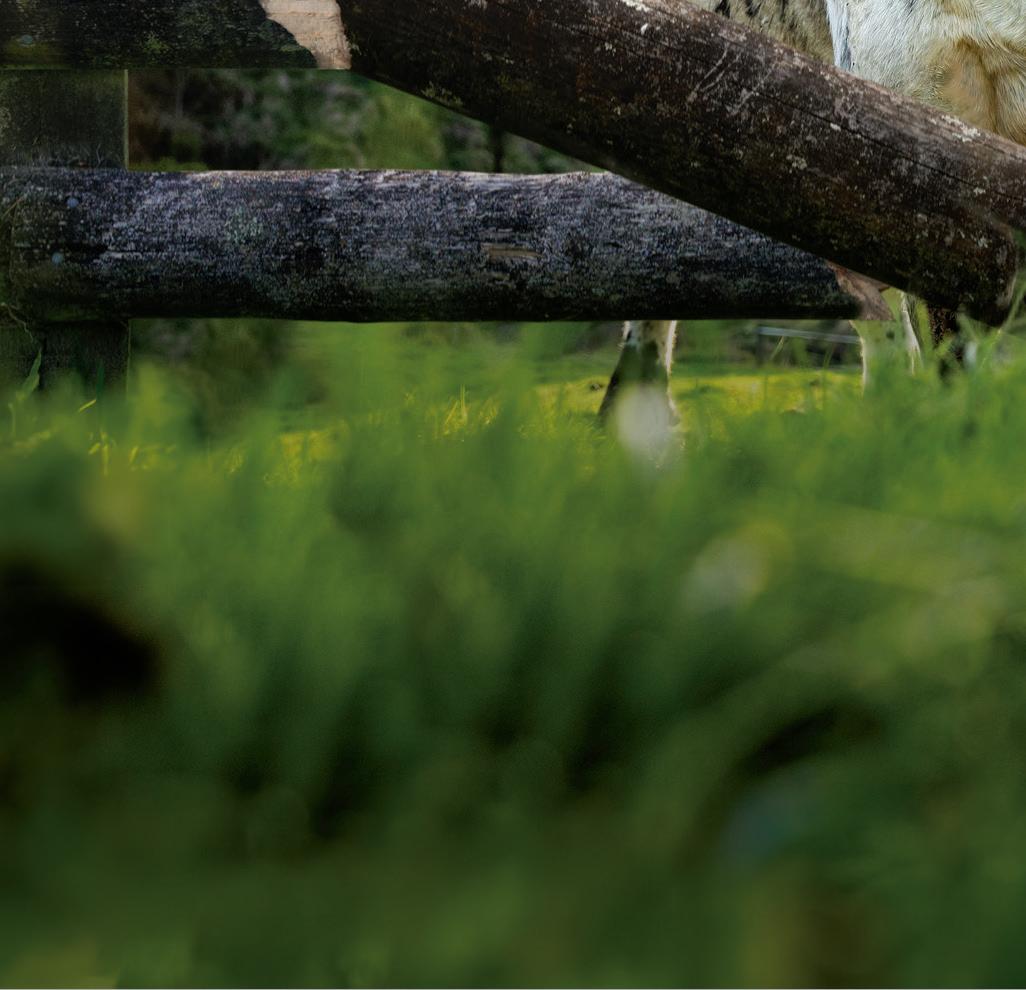
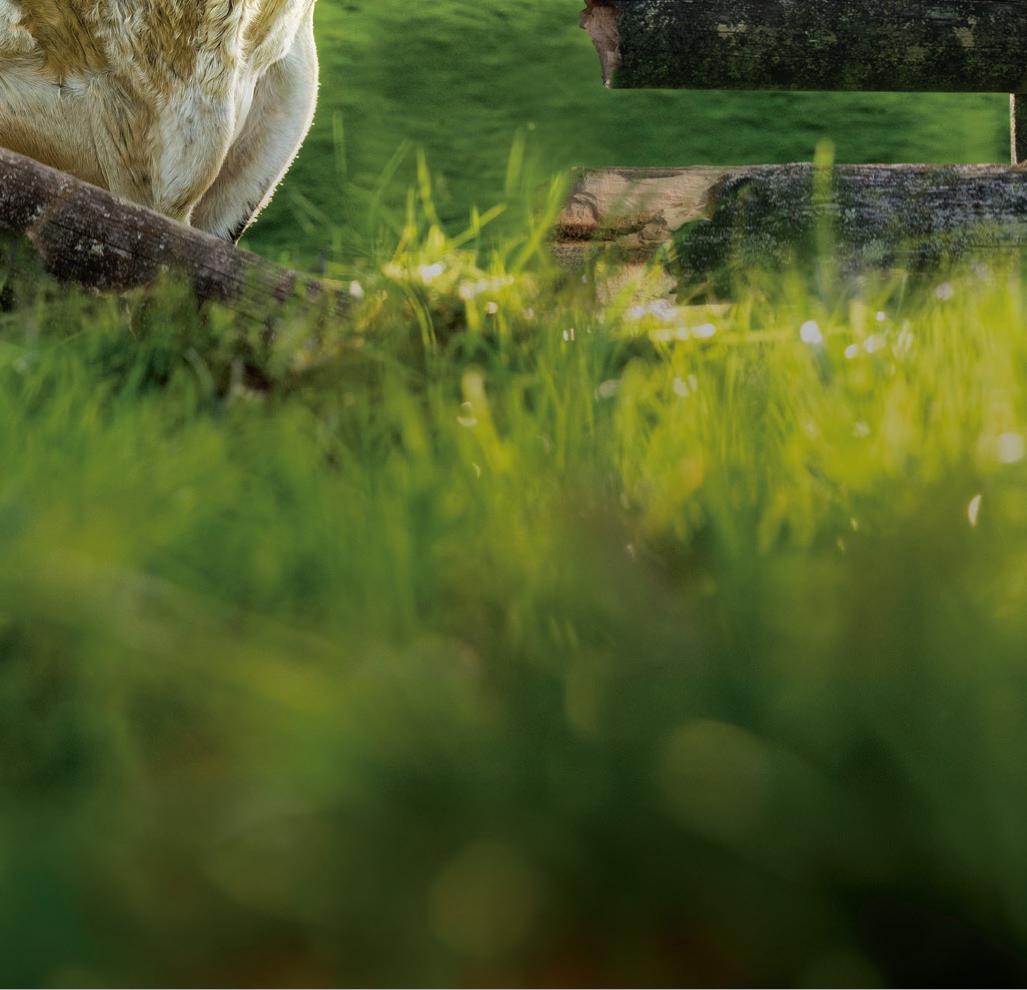
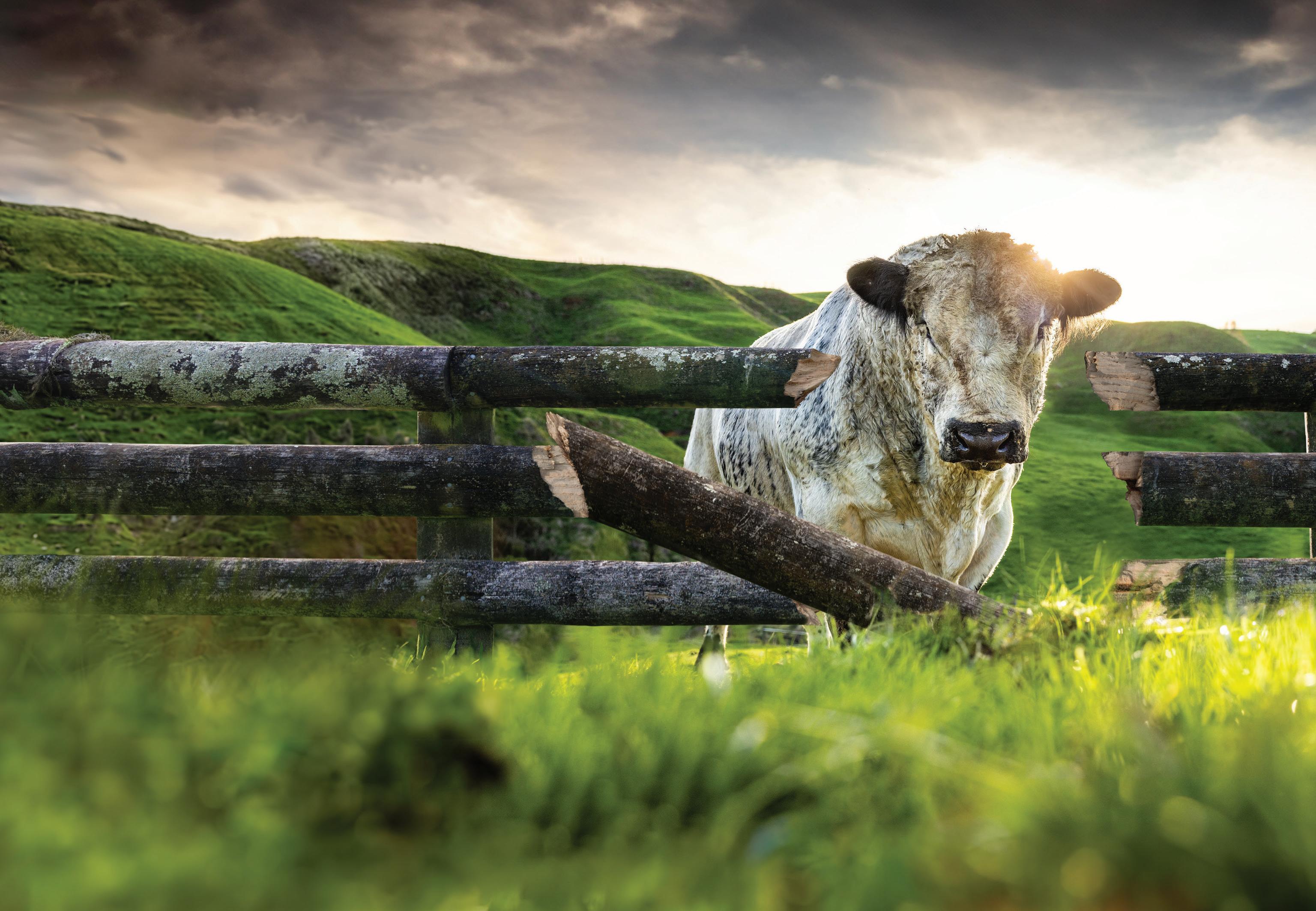


Velvet season is fast bearing down, and already DINZ is hearing whispers of misinformation being spread by those who seek to capitalise on uncertainty.
DINZ is crystal clear on this, if and when asked: there can be no concrete knowledge of pricing until well toward the end of September, but more likely into October.
DINZ will be hosting a webinar on market intelligence sometime in the middle of October, so keep an eye out for that.
In the meantime, DINZ is working to introduce more rigour and transparency into the velvet industry, through advancing export licensing as a mid-term goal but also amending the VelTrak Terms of Use for the upcoming season.
For velvet producers, the changes to the terms will be minor, if any; for velvet buyers, processors and exporters, there will be more stringent requirements to satisfy to maintain access VelTrak, with sanctions for those who continue to try to game the system.
Our value chain’s credibility is one of our strongest commercial advantages. Overseas buyers source New Zealand velvet as it is consistent, ethically produced, and fully traceable. If any operator cuts corners –whether by under-declaring, paying late, or
using work-arounds – the whole sector risks reputational damage. This season’s verification programme is therefore about visibility, verification and deterrence.
Re-registration for VelTrak Accredited Account Owners opened on 1 August 2025. By mid-August, over ten organisations had already submitted their re-registration application. A list of approved Accredited Account Owners will be published on the Deer NZ website.
In other news, the New Zealand Deer Farmers’ Association’s annual Next Generation event headed to Marlborough at the end of July, with around 40 young deer industry participants visiting four deer farms over two days.
Day one was spent inland, visiting Jason Rentoul’s farm in the Wairau Valley in the morning before heading to Avon Valley Farms, Darren Clifford’s dual deer farm/trophy estate in the Waihopai Valley in the afternoon.
The next day saw attendees visit farms closer to urban areas, with NZDFA Executive Committee member Justin Stevens’ farm on the edge of Seddon in the morning and lo-


cal Marlborough DFA chair Geoff Hayes’ farm just outside of Blenheim in the afternoon.
From deer grazing between grapevines to dung beetles used to improve water quality to drone displays, the two-day event was a good mix of structured material and social networking.
On 11 August, the updated code of welfare for deer was released. The release was the first of the updated livestock codes of welfare to be published, with the code set to come into effect on 8 September.
All those responsible for farming or handling deer – including trophy parks and game estates – should review the changes and familiarise themselves with the updated code.
photo by Grant Charteris
The updated code reflects advances in animal welfare science, farming systems, management practices and changing public attitudes.
A summary of the 60 new minimum standards and four changes to existing minimum standards – which are mostly about tightening language and improved clarity – can be found in the Our Stories section of the Deer NZ website or on MPI’s website.
Finally, DINZ will be hosting a webinar on 3 September on the TB Plan Review, with the plan open for consultation from 1 September. While New Zealand has made great progress in reducing the impact of TB, there’s more to do to finish the job.
Deer farmers are invited to come and listen to DINZ and TB Plan Review representatives as they explain what is being proposed, how the proposal will be achieved and by when.
more information can be found on the events page of the Deer NZ website.
For prevention and treatment of calf scours caused by Rotavirus 6 &10, Crypto. Rotagen Combo is anti-biotic FREE and GMO FREE.
Enerlect is a high energy source electrolyte that also supplies all the important electrolytes lost during diarrhoea casued by infectious agents or due to a nutritional imbalance.
Virucide, biocide and deodoriser for all surfaces on farm including farm sheds and animal housing such as calf pens. Vetsan is active against all the important pathenogenic micro-organisms that can cause calf scours including Rotavirus, Cryptosporidia, Salmonella, E coli, Coronovirus. Also effective against Mycoplasma Bovis.
Enerlect and Rotagen Combo are registered pursuant to the ACVM Act 1997, Enerlect A9276, Rotagen Combo A9928
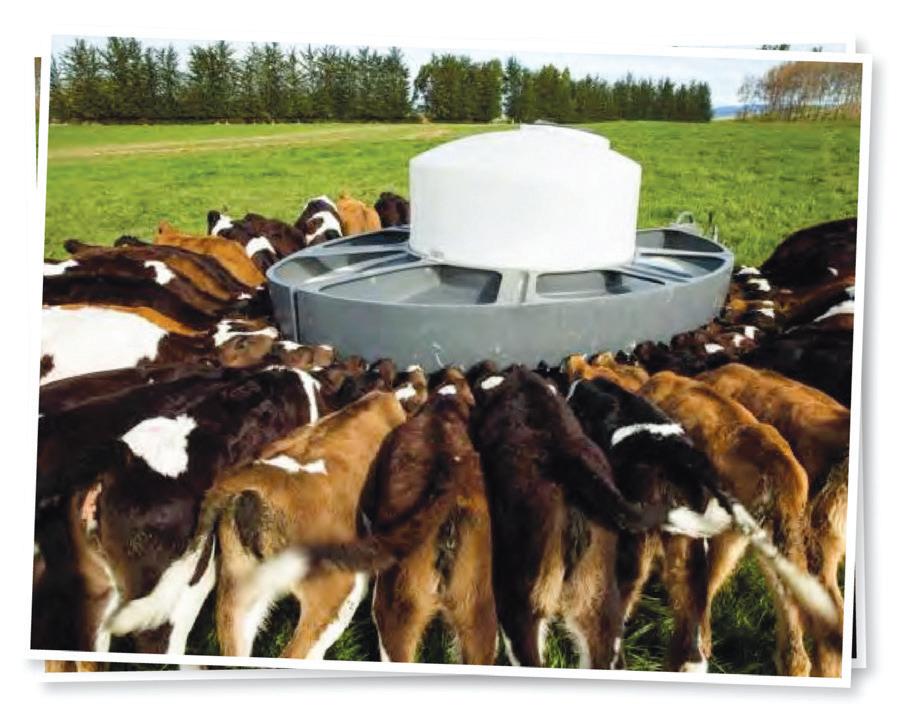

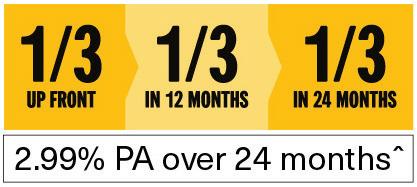



Subaru of New Zealand is heading to Fieldays for the very first time to unveil its all-new Subaru Forester.
The Symmetrical All-Wheel Drive Forester is ready to catch the eyes of the rural Kiwi audience from June 11 to 14 at Mystery Creek Events Centre.
While the model line-up and specs for New Zealand will be revealed closer to the launch, the all-new Forester will be the first Subaru model in New Zealand to feature the next-generation strong hybrid e-Boxer powertrain, marking a significant step forward for the brand locally.
Kym Mellow, general manager of Inchcape New Zealand, the distributor for Subaru of New Zealand, said it was a double milestone for the brand.
“This is our first time at Fieldays®, and what better way to make an entrance than with the all-new Forester,” Mellow said.
It will be joined by its Subaru SUV siblings,
the Crosstrek and Outback, all equipped with Subaru’s legendary Symmetrical All-Wheel Drive (AWD) technology, built for the kind of back roads many Fieldays visitors travel every day.
“AWD is an essential feature for New Zealand conditions,” Mellow said.
“When your Subaru detects a loss of traction, it instantly transfers power to the wheels that still have grip, giving you greater stability, more control, and added confidence behind the wheel.”
Also on display will be the 2025 Subaru WRX for performance enthusiasts and fans.
For the budding race drivers, Subaru will have a racing simulator set up, where you can take a WRX for a virtual high-speed, lap around the Taupo Motorsport Park track.
Whoever sets the fastest lap at the Fieldays event will win a real-life WRX Experience on the track, courtesy of our friends at Taupo Motorsport Park.

Subaru will also host the team from Street Smart, who will talk about their role as one of New Zealand’s leading driver education programmes and the importance of road safety for Kiwi teens learning to drive.
As Street Smart’s Official Vehicle Partner, Subaru of New Zealand provides vehicles for the Street Smart programmes at Hampton
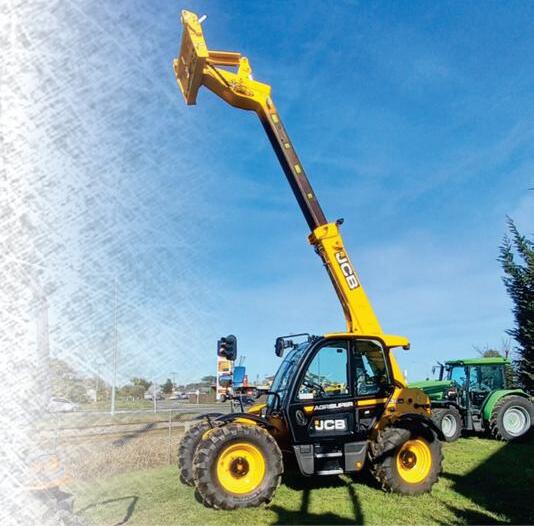

look: the all-new Subaru Forester will be unveiled at Fieldays in mystery Creek this month.
more details on the Subaru Forester model line-up, specifications, and availability for New Zealand will be announced closer to launch.
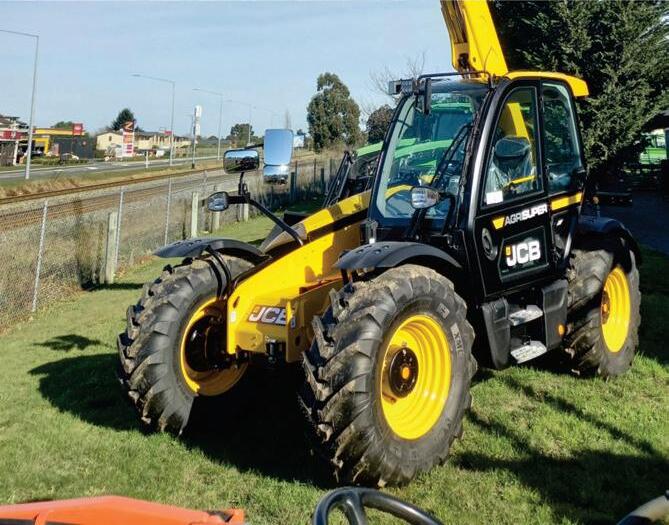






















































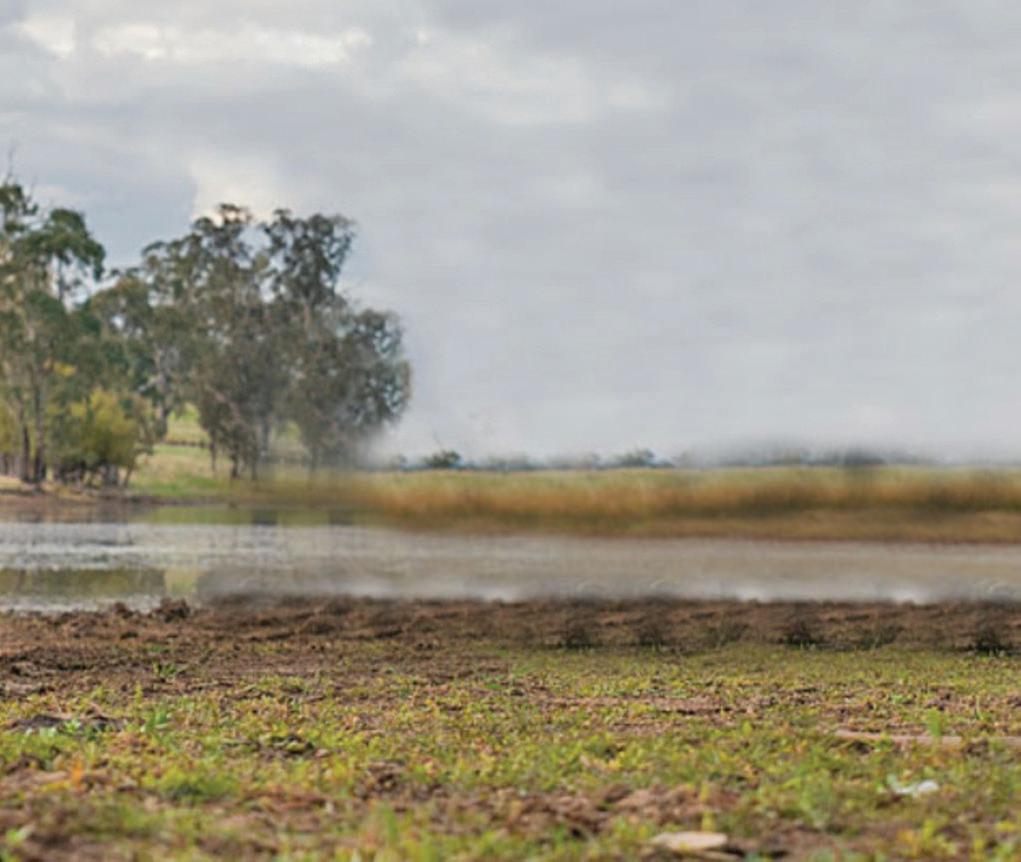
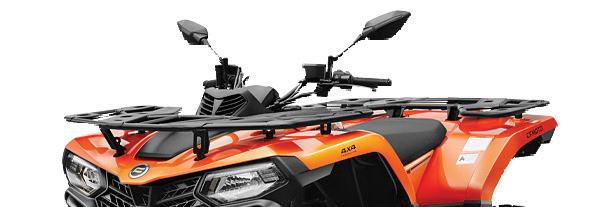




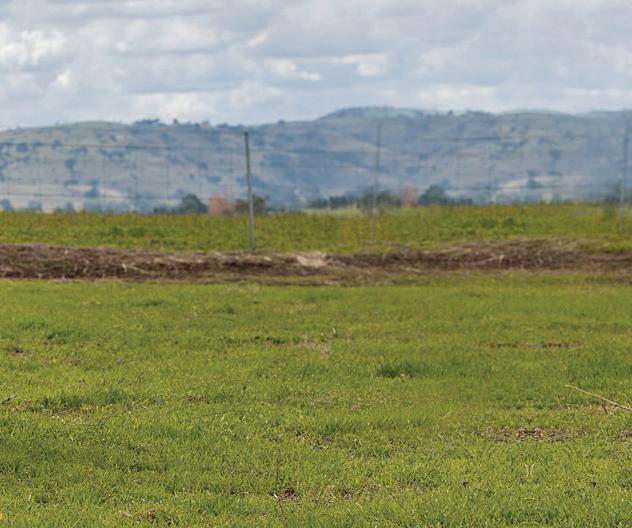



















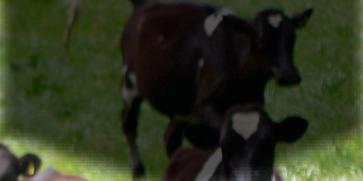
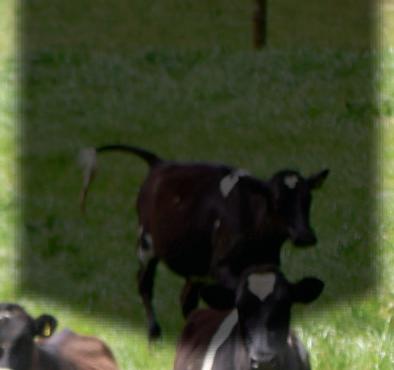














Ironman 4x4 offer a full range of automotive accessories including bull bars, suspension upgrades, side steps and rails, rear bars, underbody protection, lights, winches, snorkels and camping gear.
We have dealers throughout the country that are passionate about the products we sell.
Ironman 4x4 offer a range of replacement winch bull bars which are designed, engineered and tested in Australia.
Ironman 4x4 bull bars are carefully modelled using 3D vehicle scanning techniques to achieve optimal cosmetic design whilst providing maximum vehicle collision protection.
Ironman Frontier winches are available in 9500lb and a 12000lb sizes. These winches have a wireless remote and sealed gearboxes giving maximum water protection and come with a 5 year warranty.
Ironman 4X4 have an extensive range of recovery equipment including snatch straps, recovery kits and treds. All come in sturdy carry bags and you can feel confident of having the right equipment should you get stuck.
Suspension kits and components with raised height, long travel and improved performance are available for most makes and models.
Ironman 4x4 shock absorbers are available in 35mm Nitro gas or 41mm Foam cell. These have longer travel and are built stronger to deliver performance in all conditions.
Suspension kits are available in different load ratings from ‘comfort’ to ‘extra constant load’.
The range of camping accessories from Ironman 4x4 is always expanding with the proven rooftop tents and awnings available and a new range of fridges, camp chairs, tables and swags.
The Ironman 4x4 range of accessories is extensive. For a full run down see the website www.ironman4x4. co.nz or phone 0508 IRONMAN


